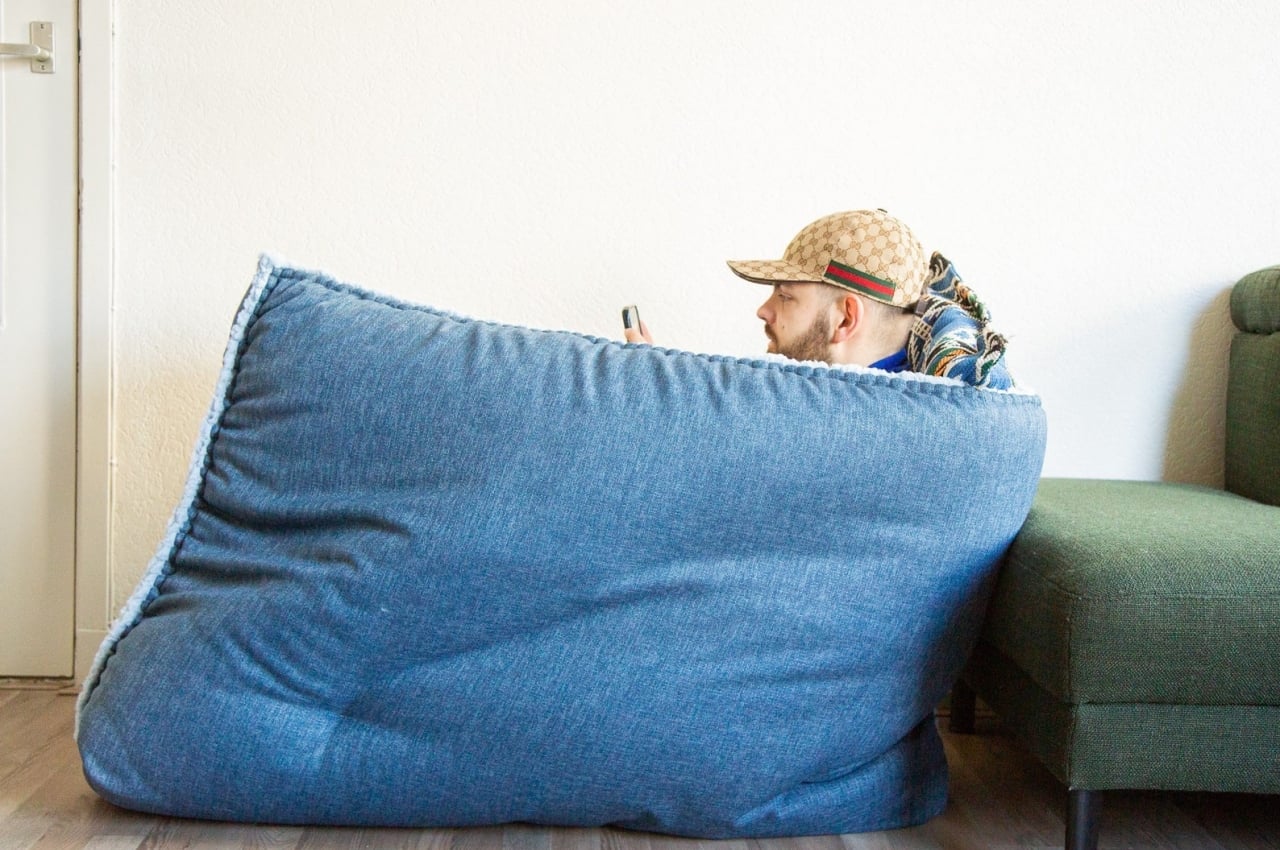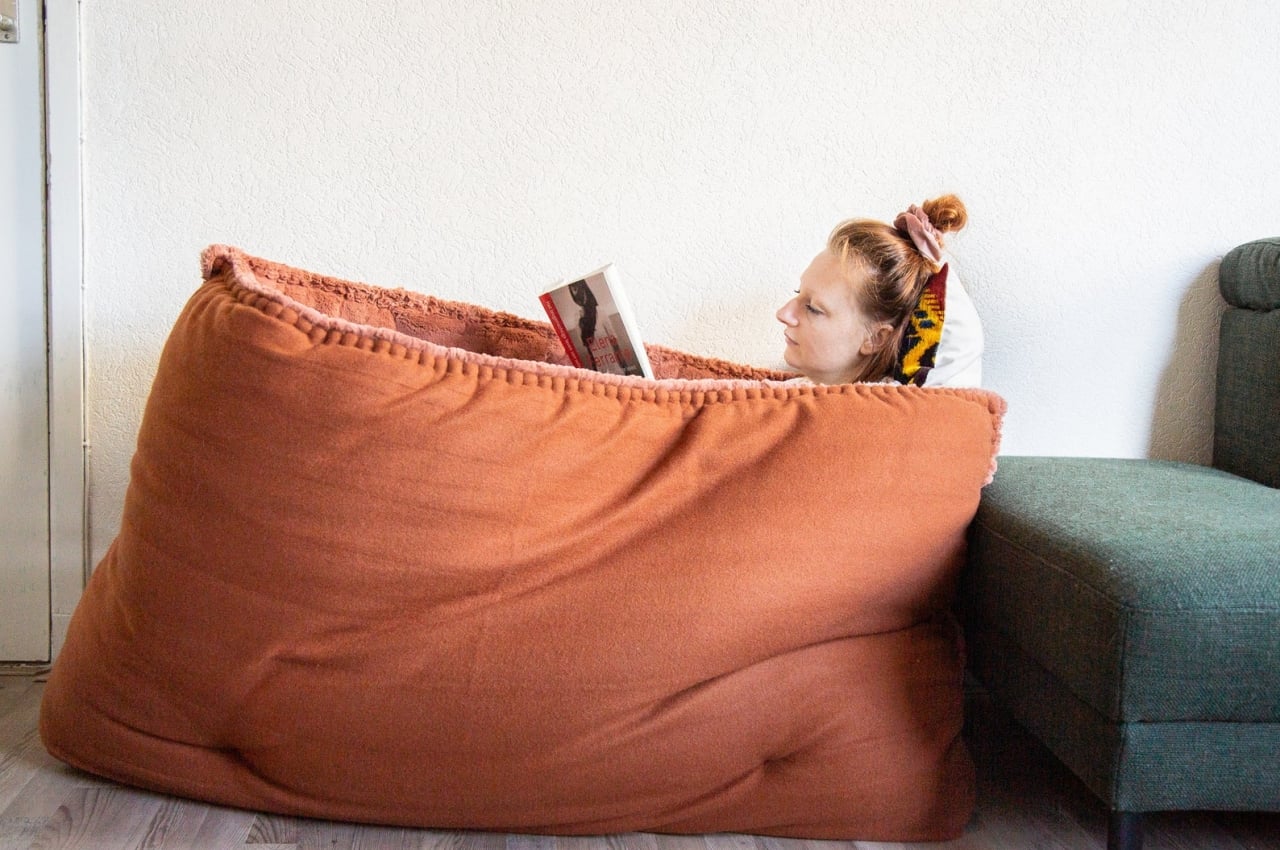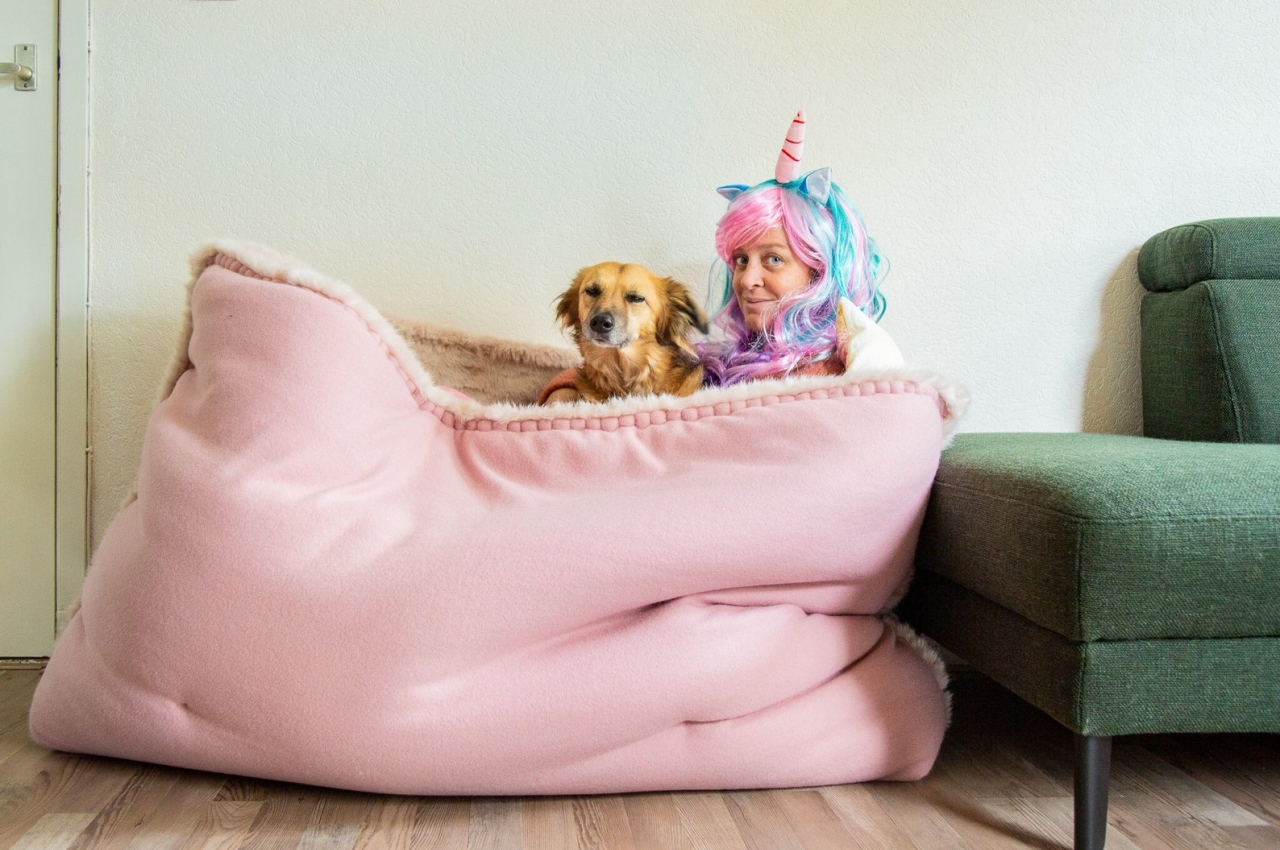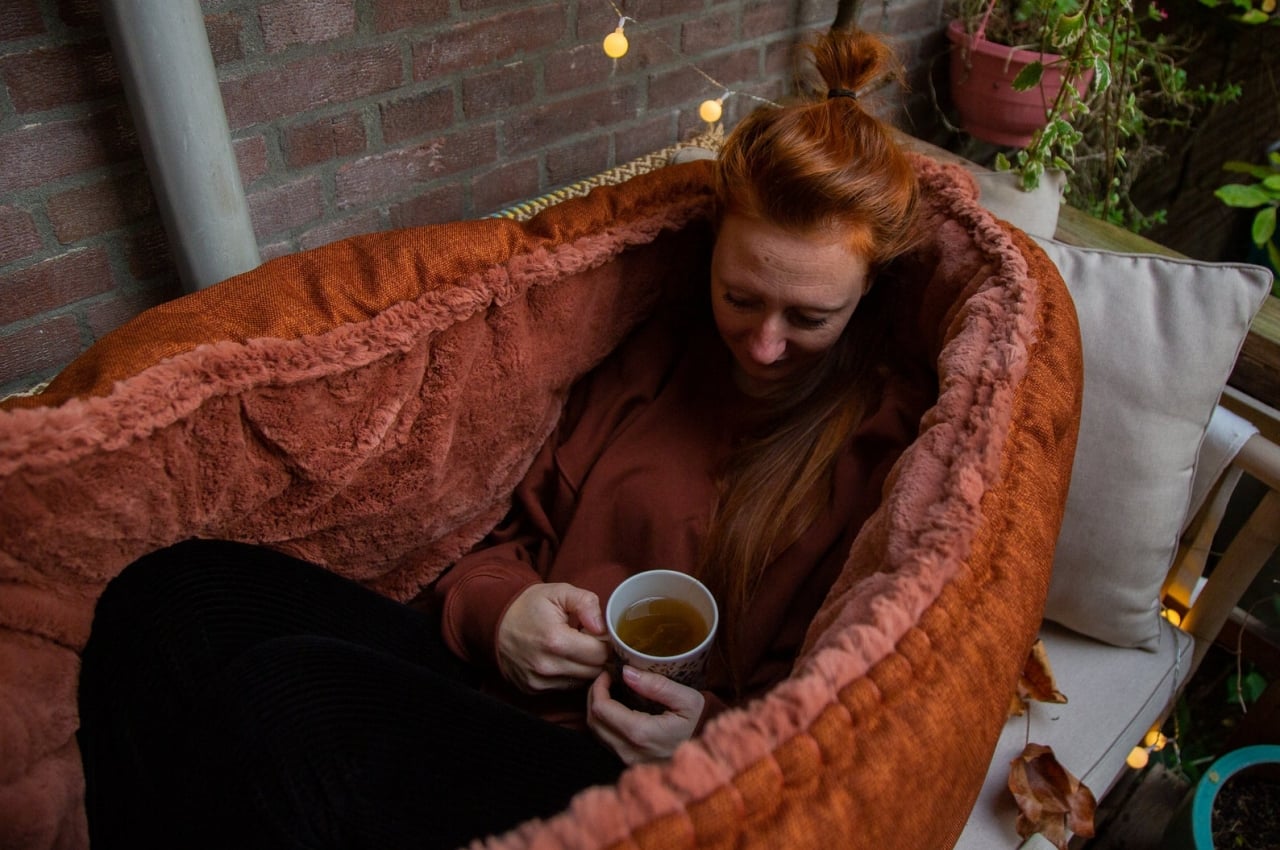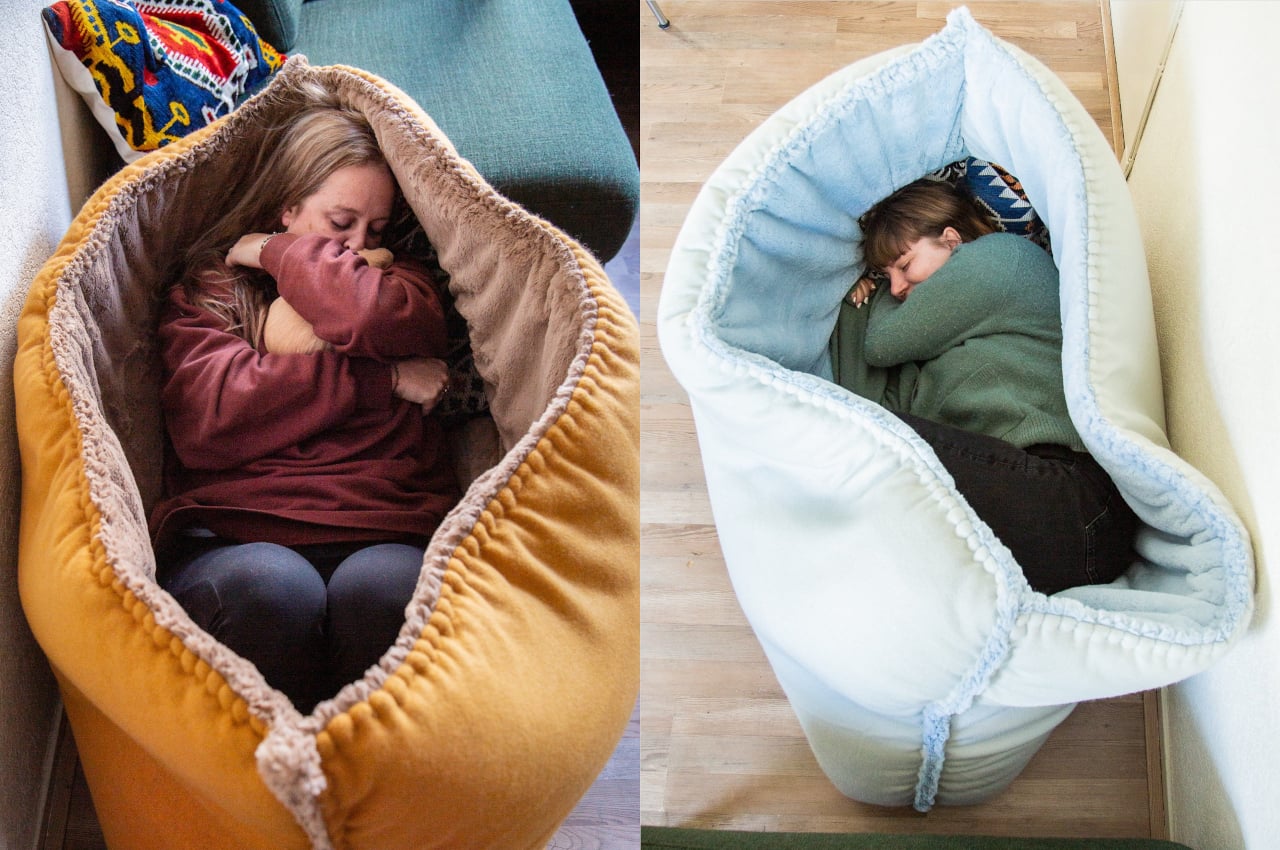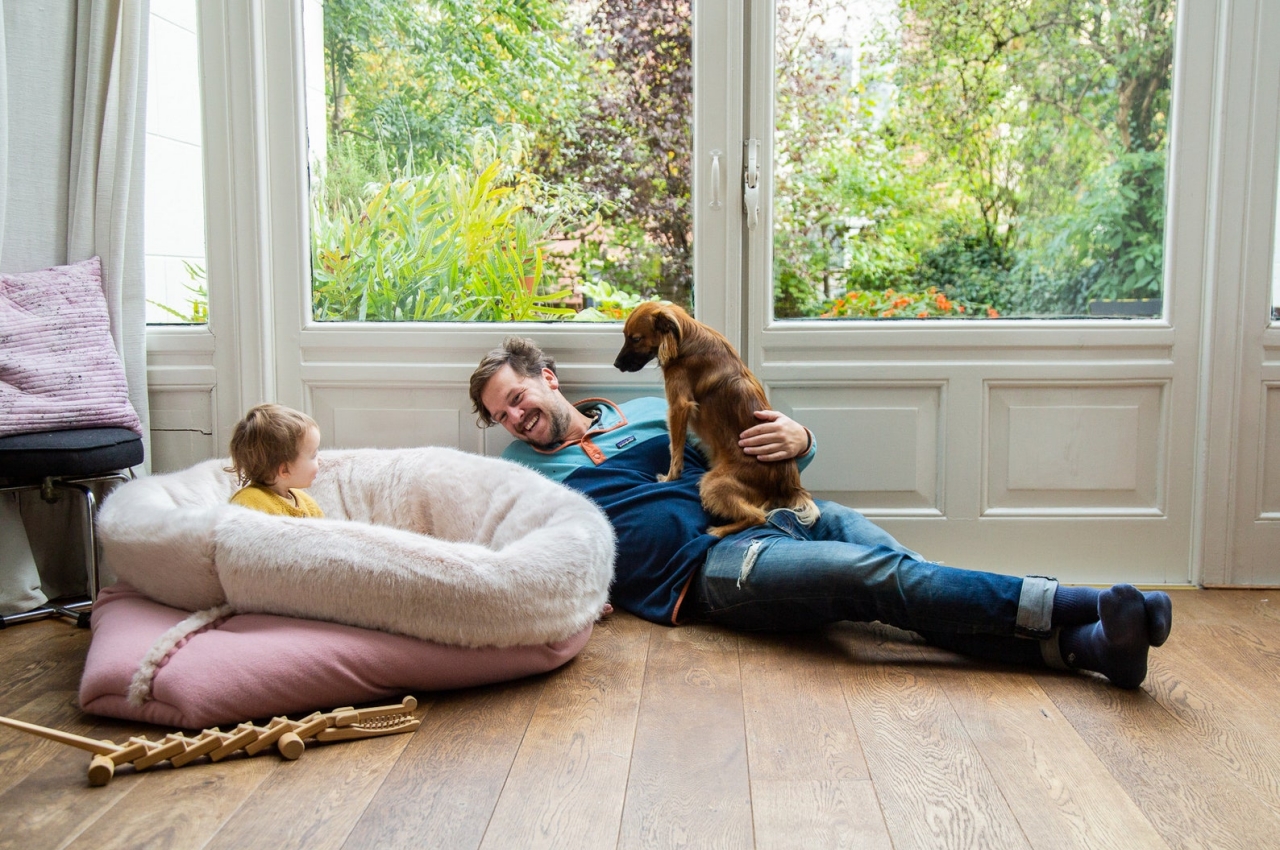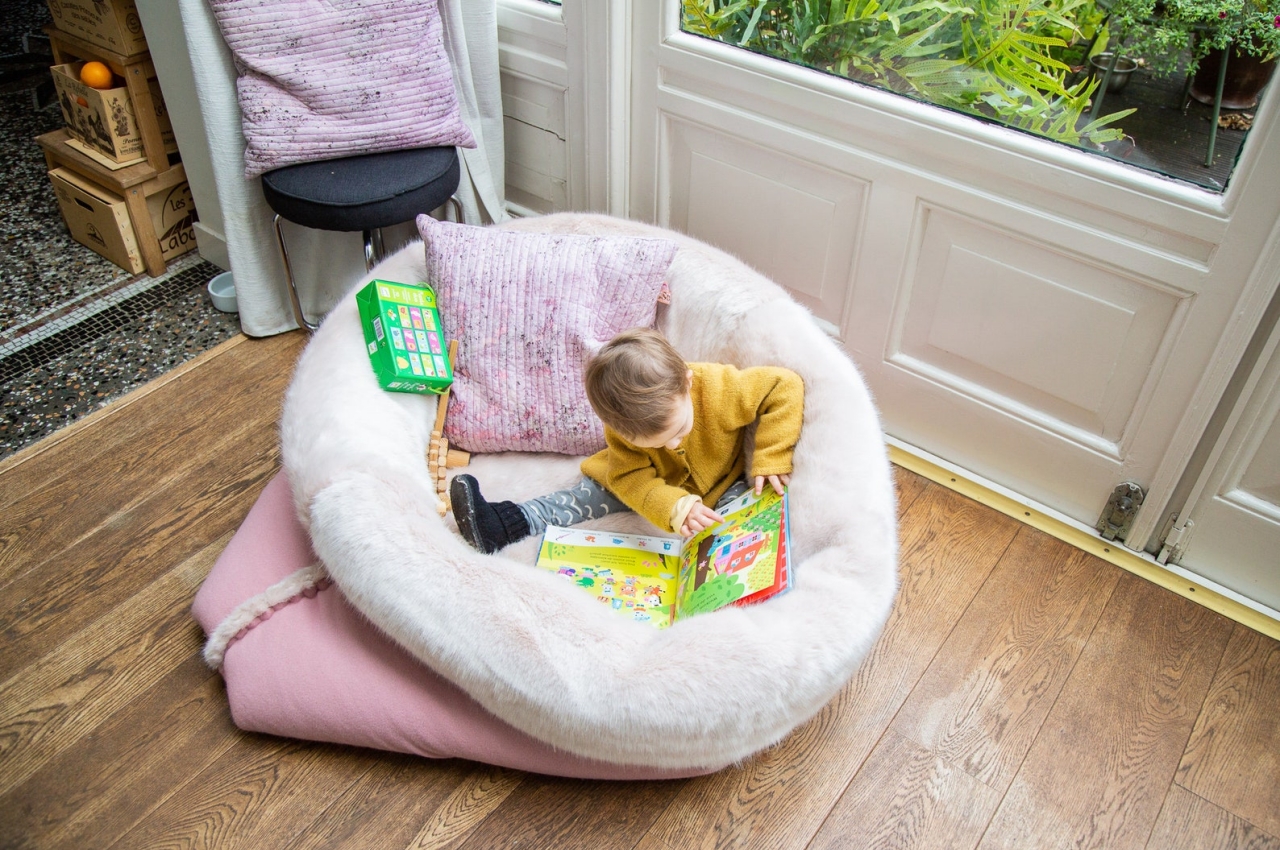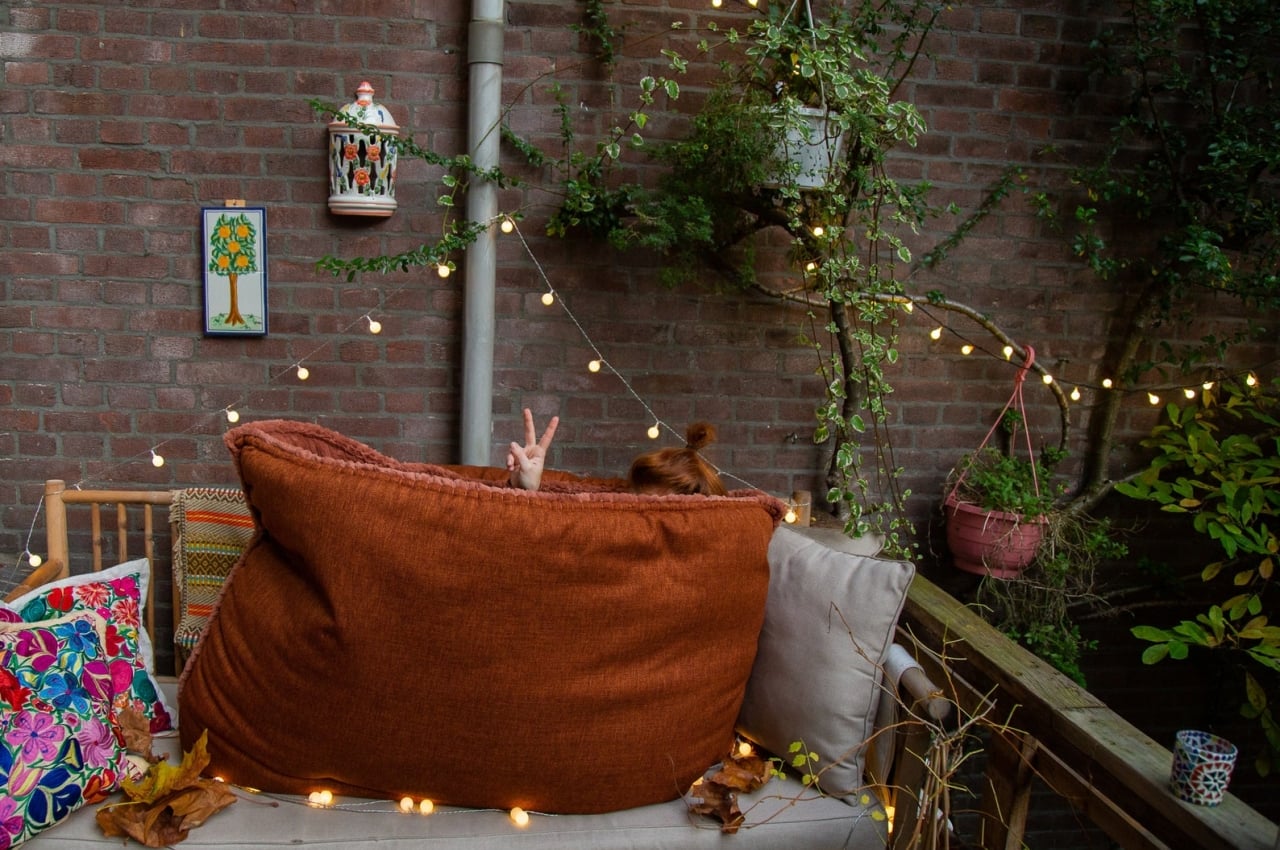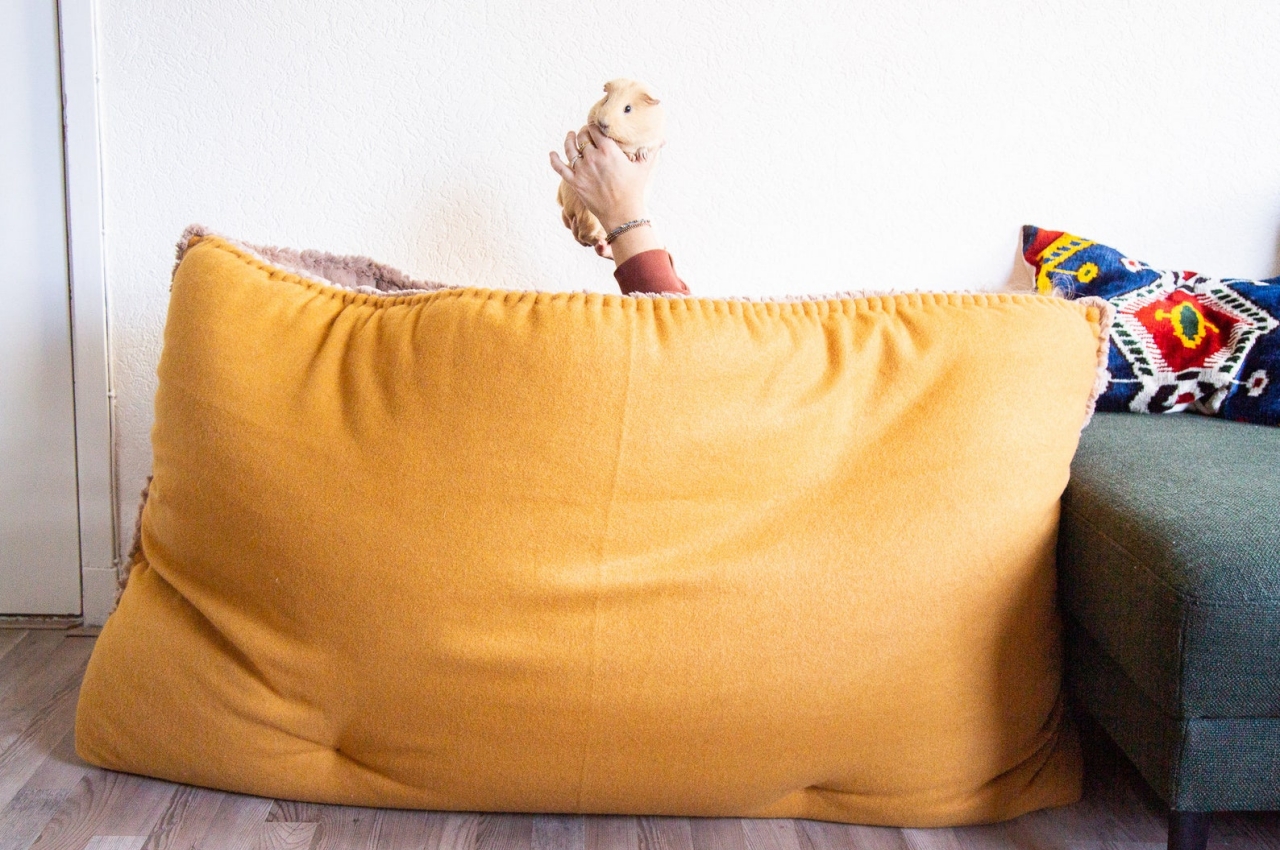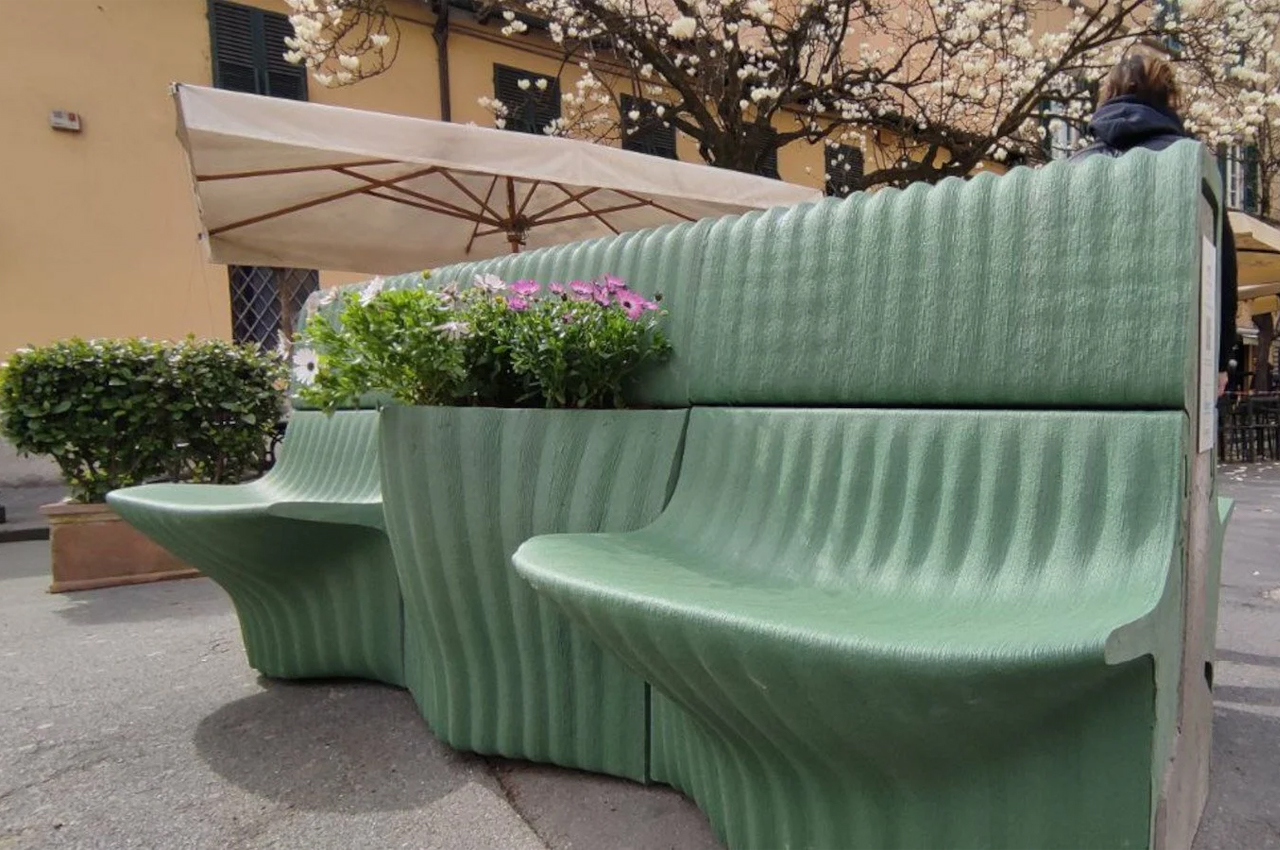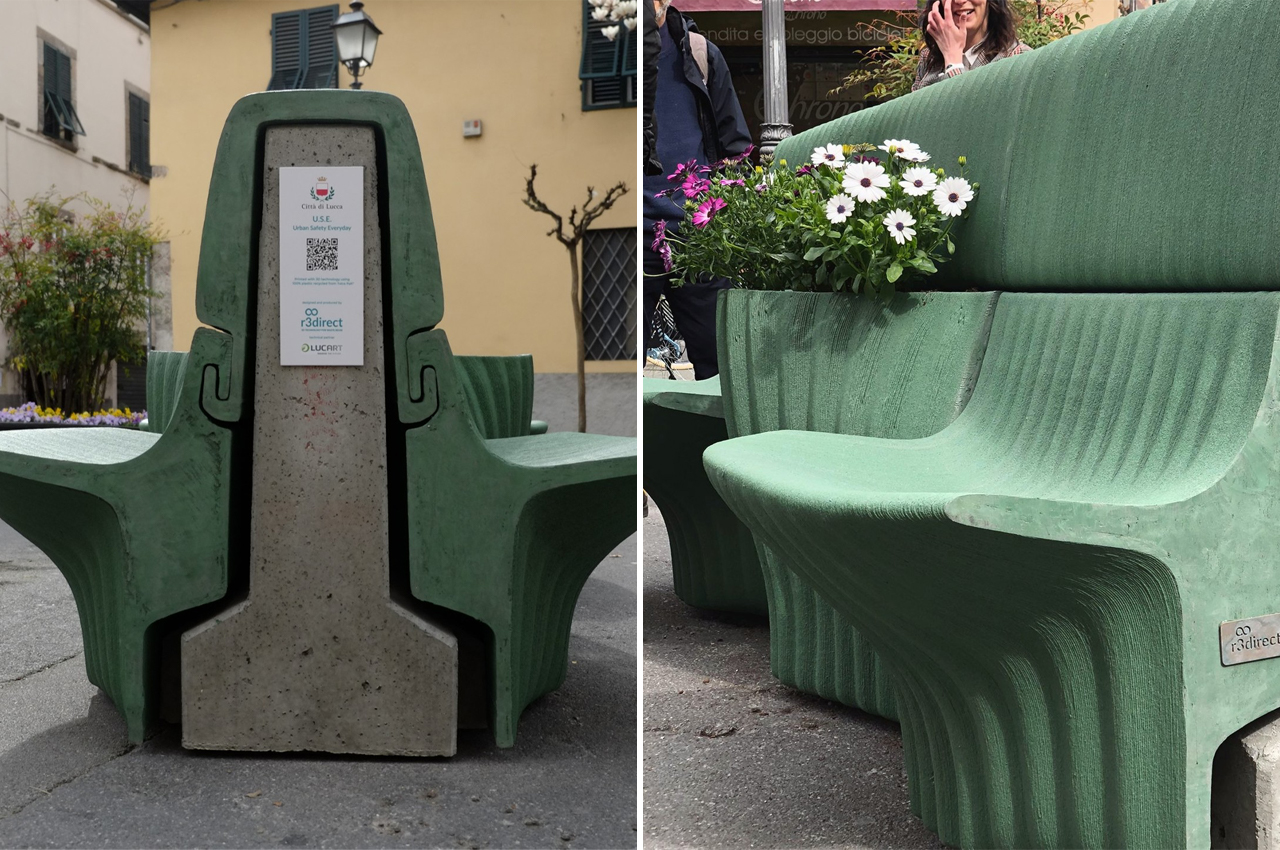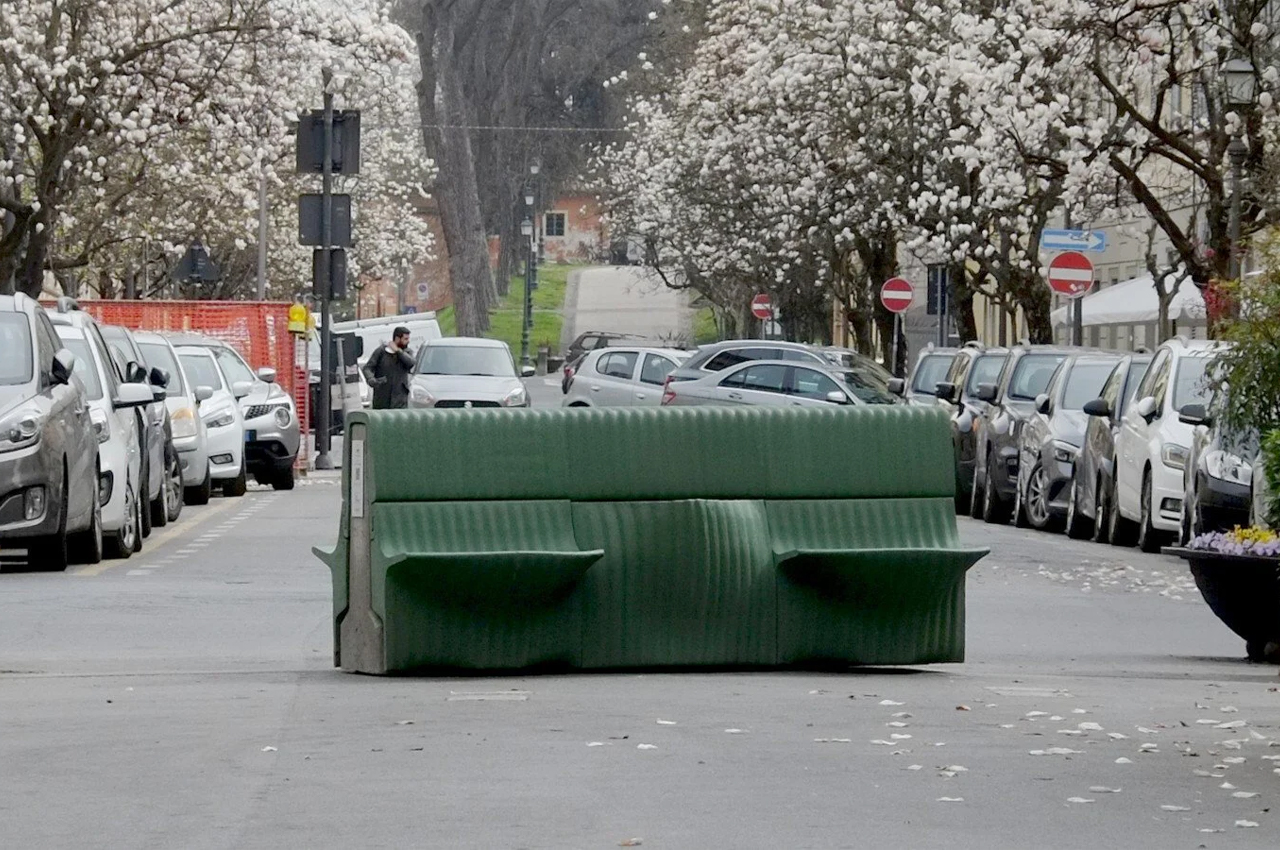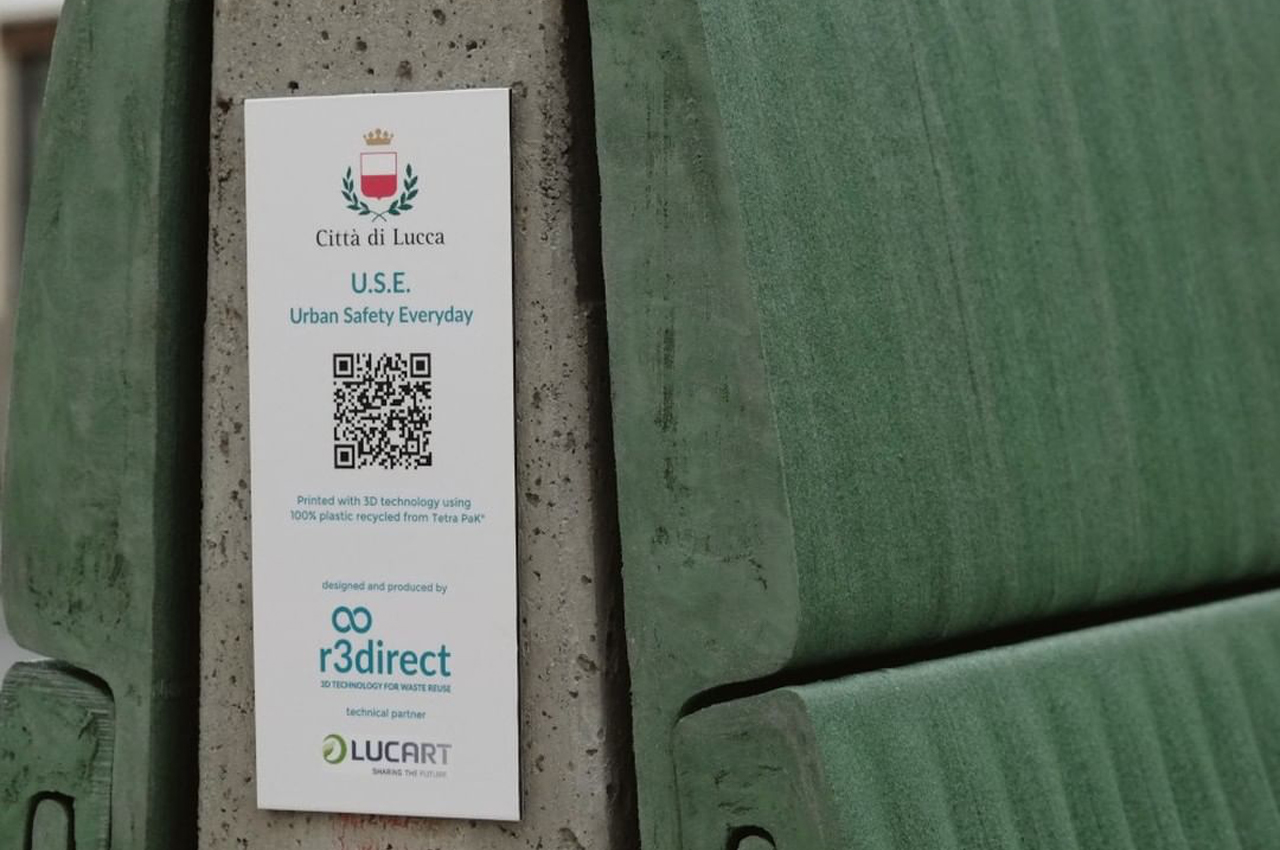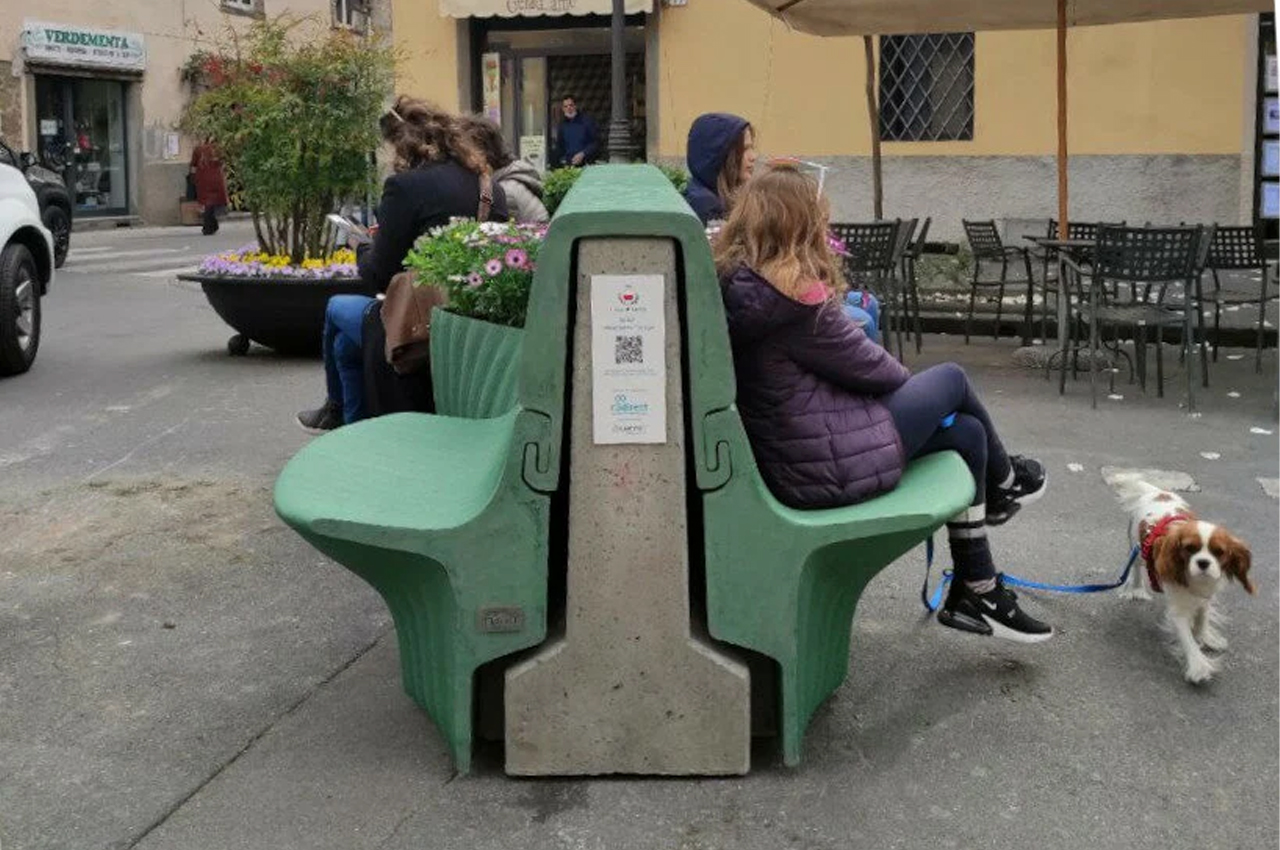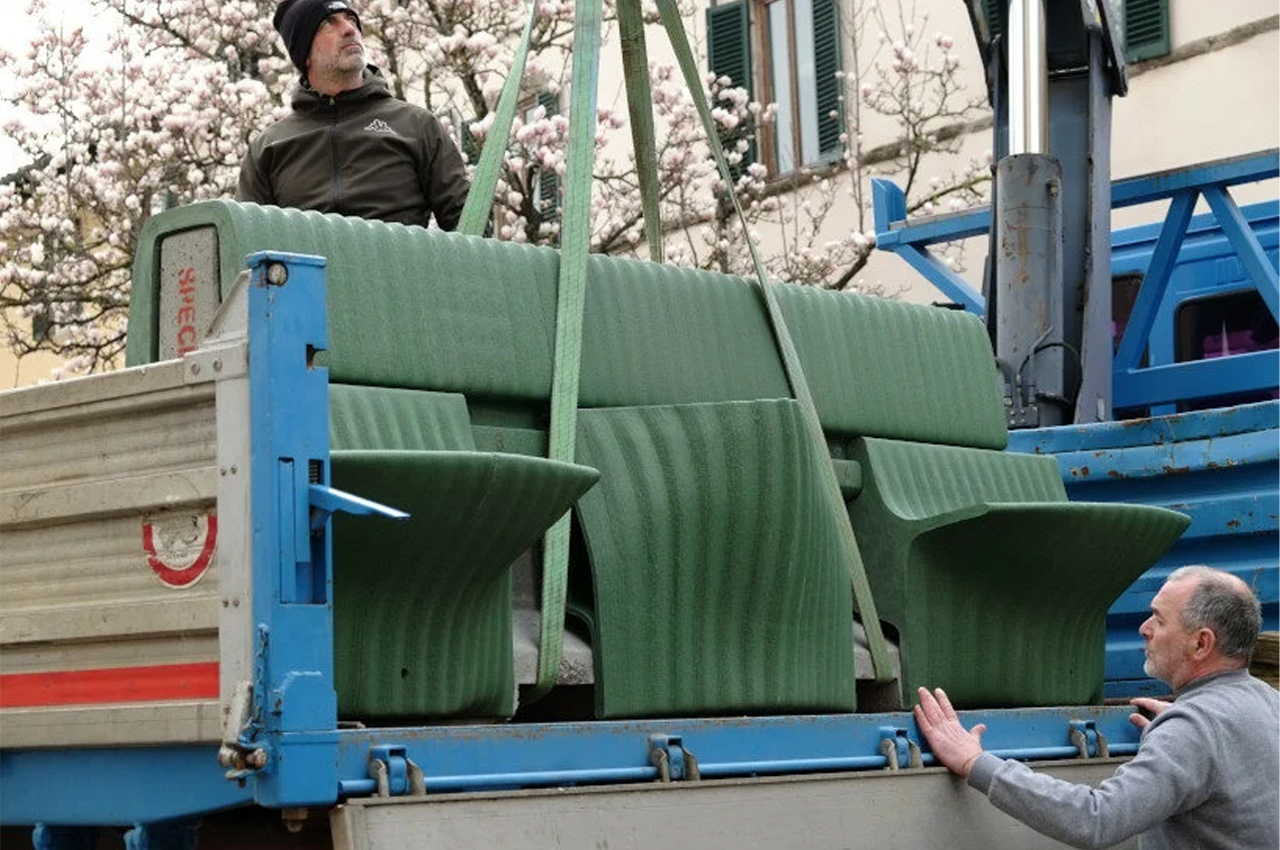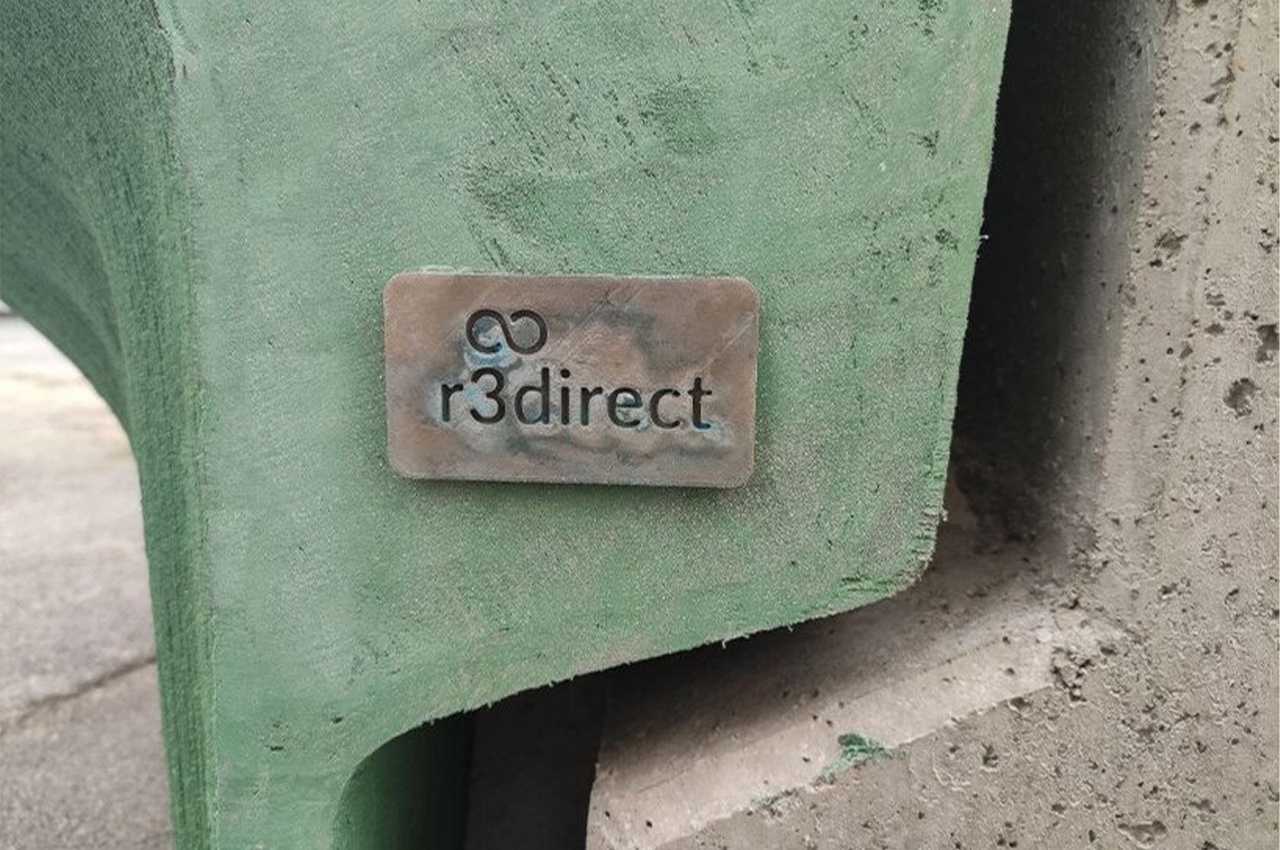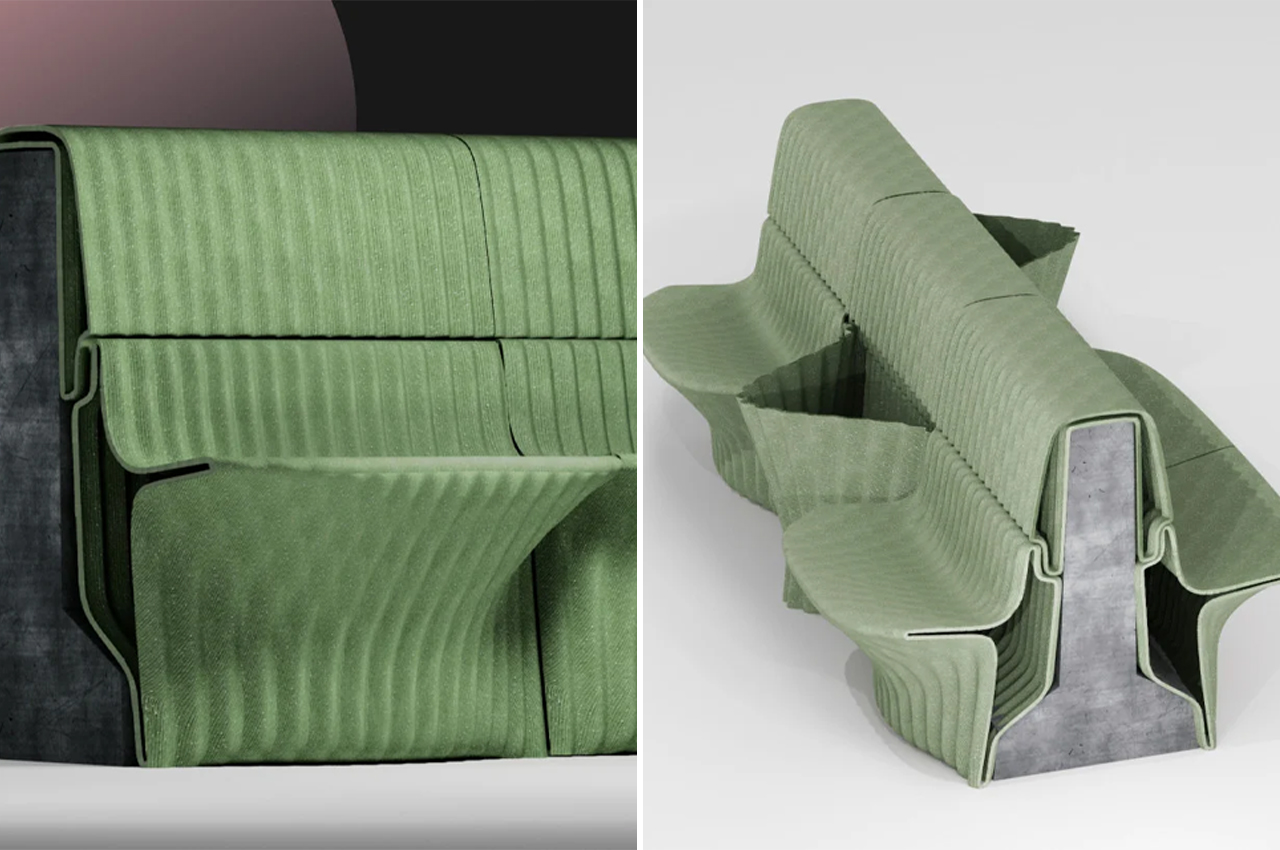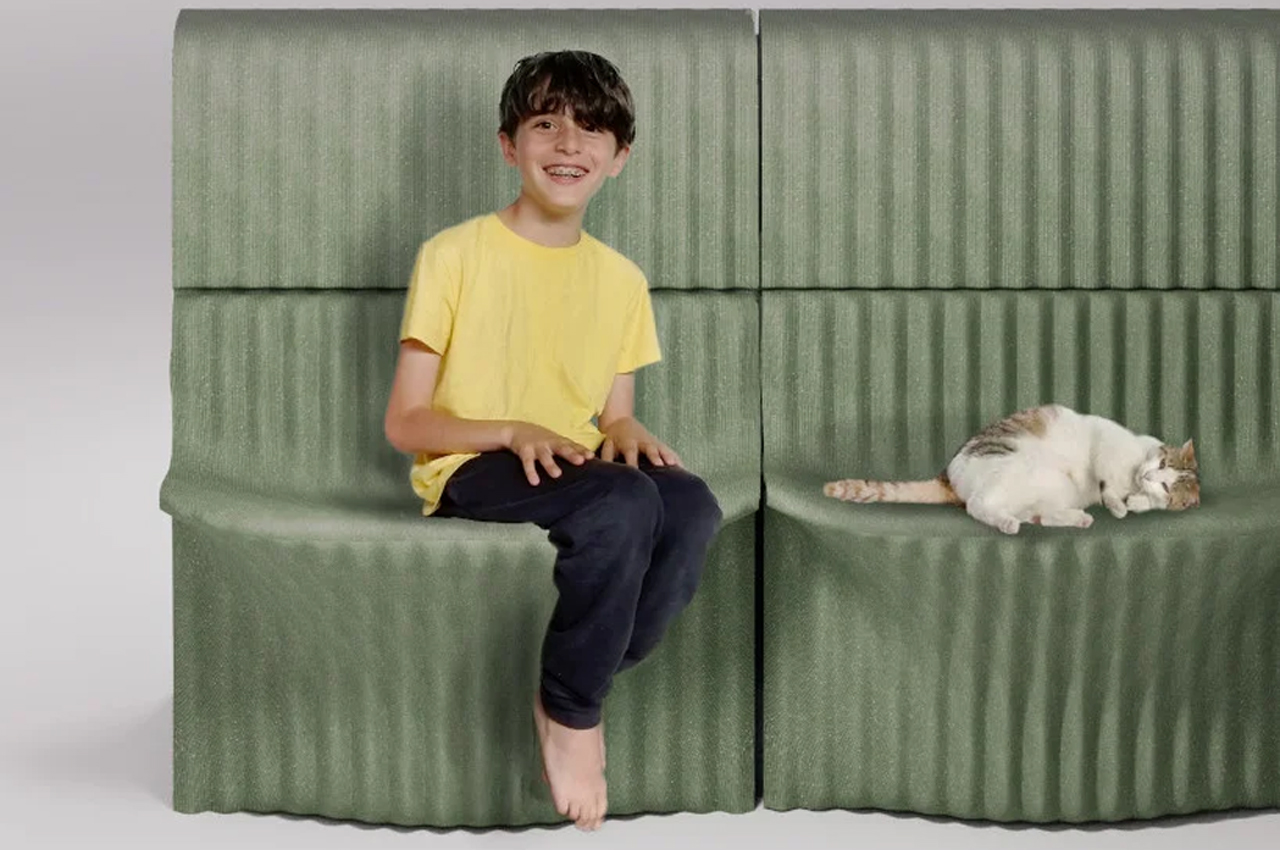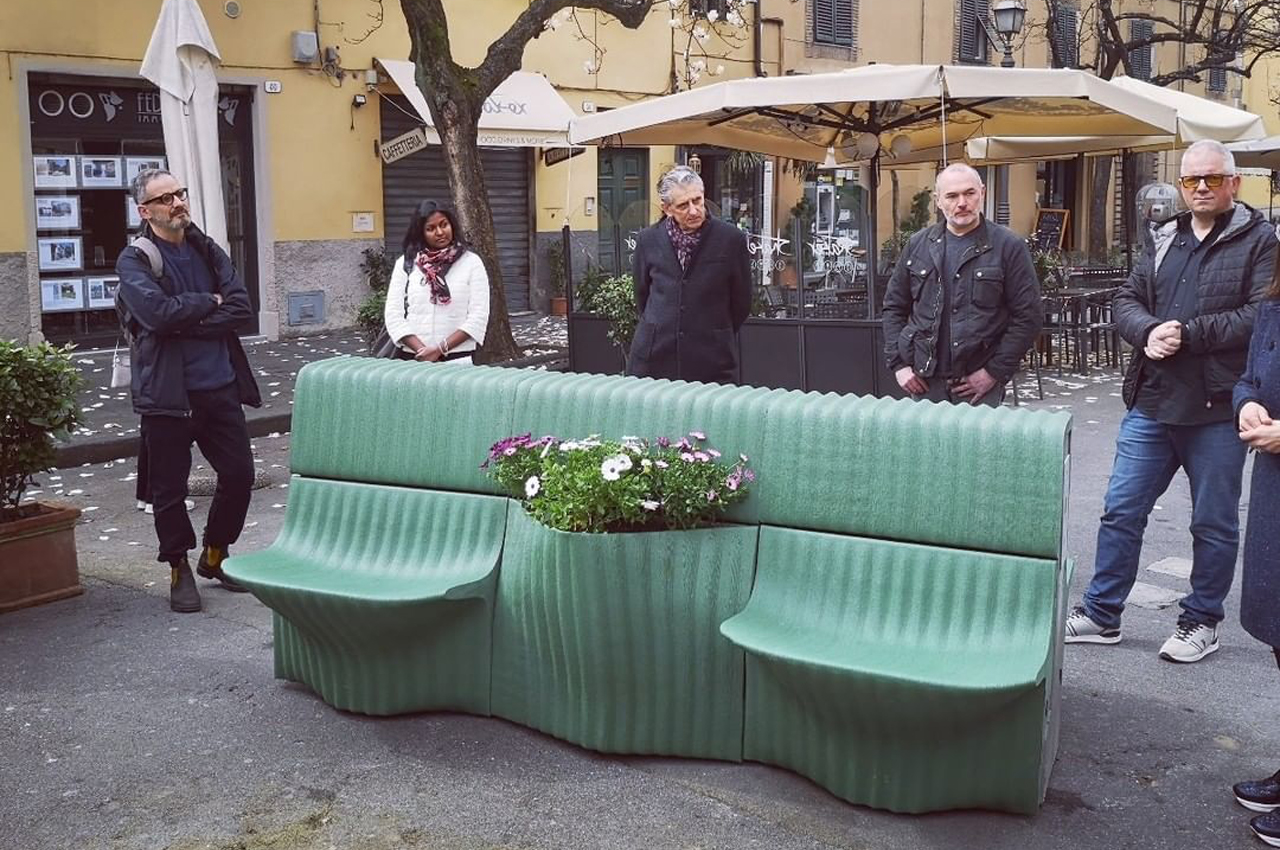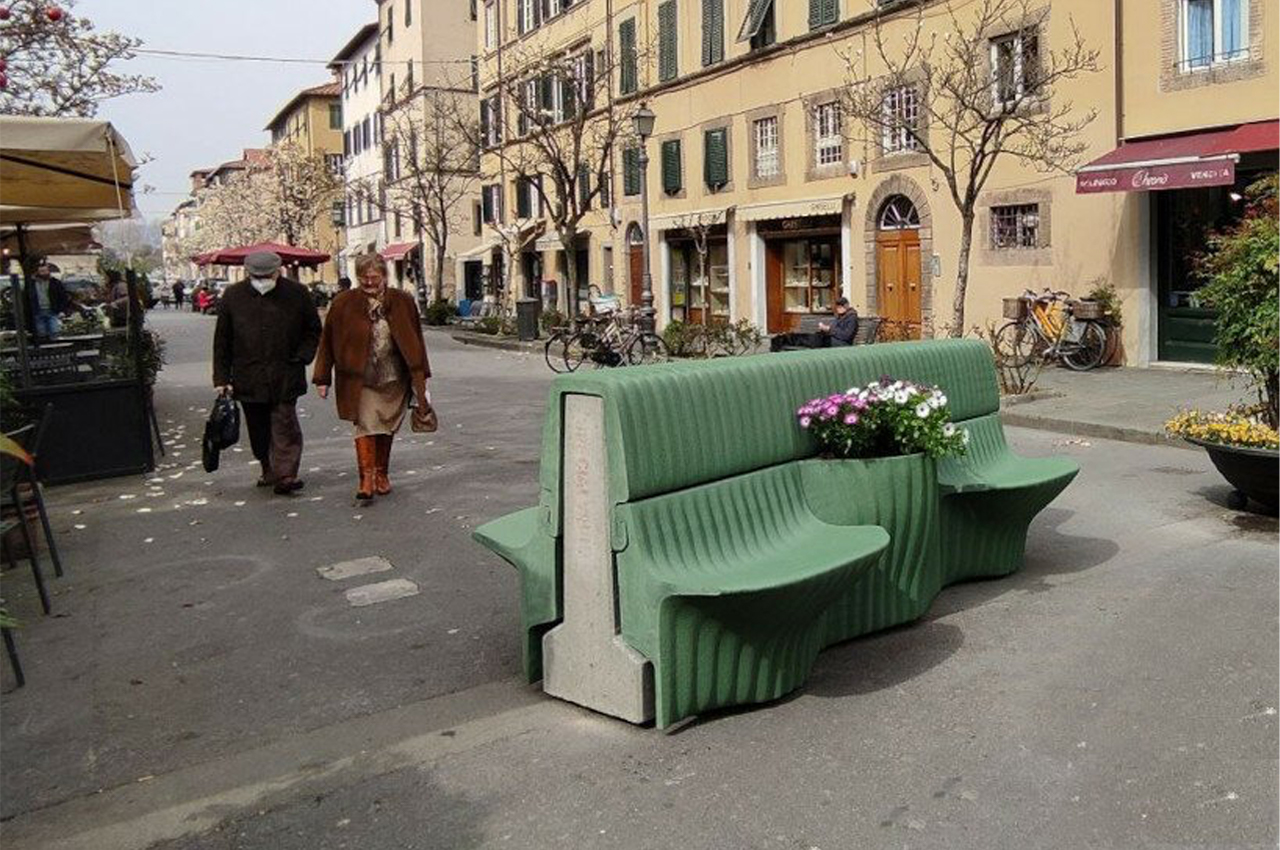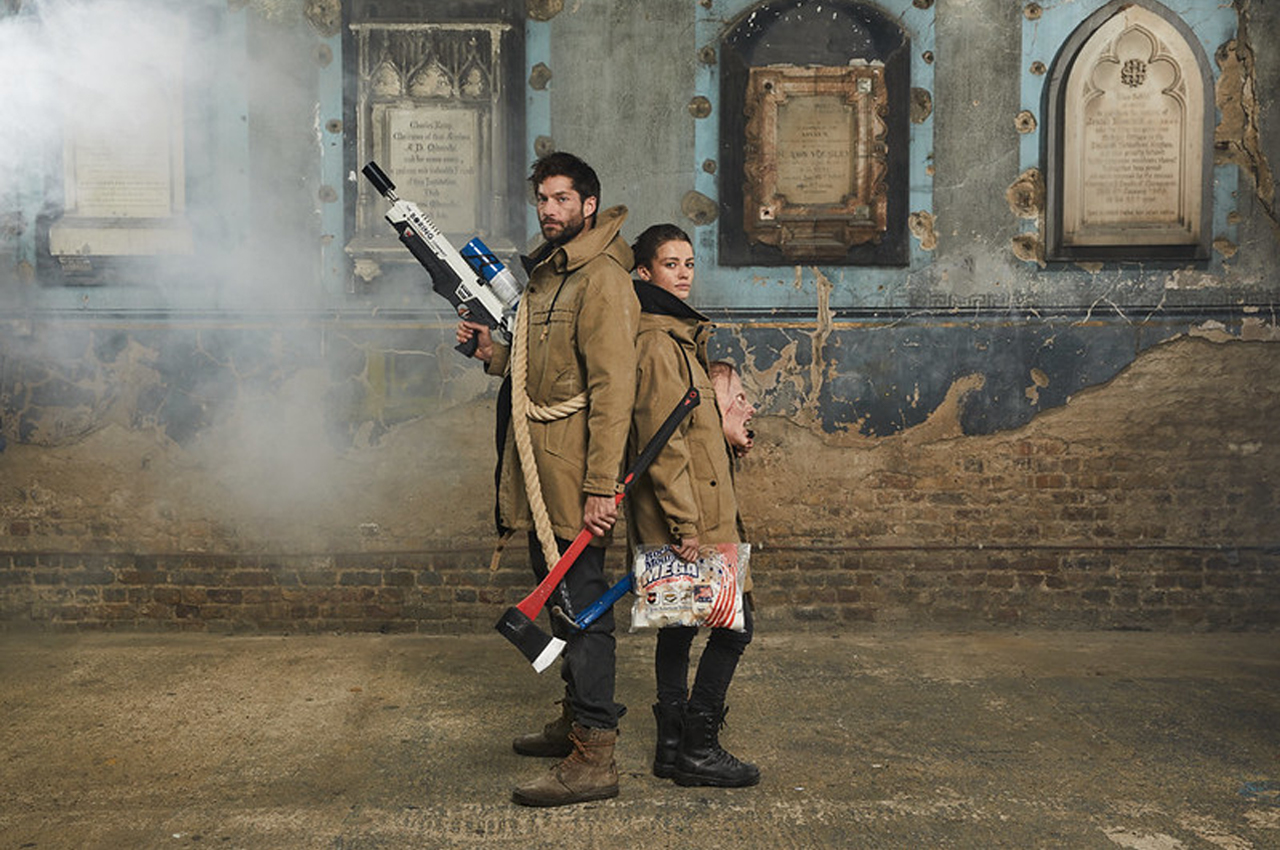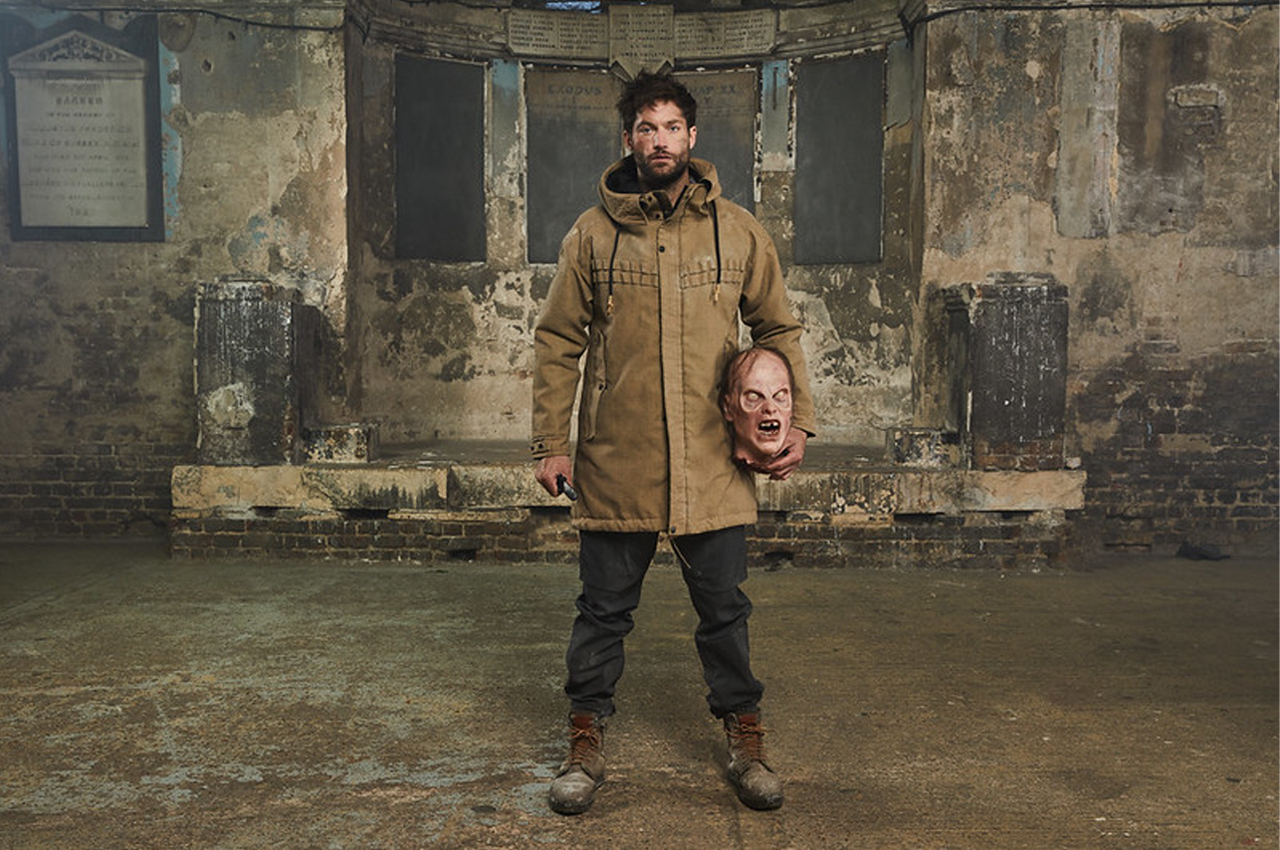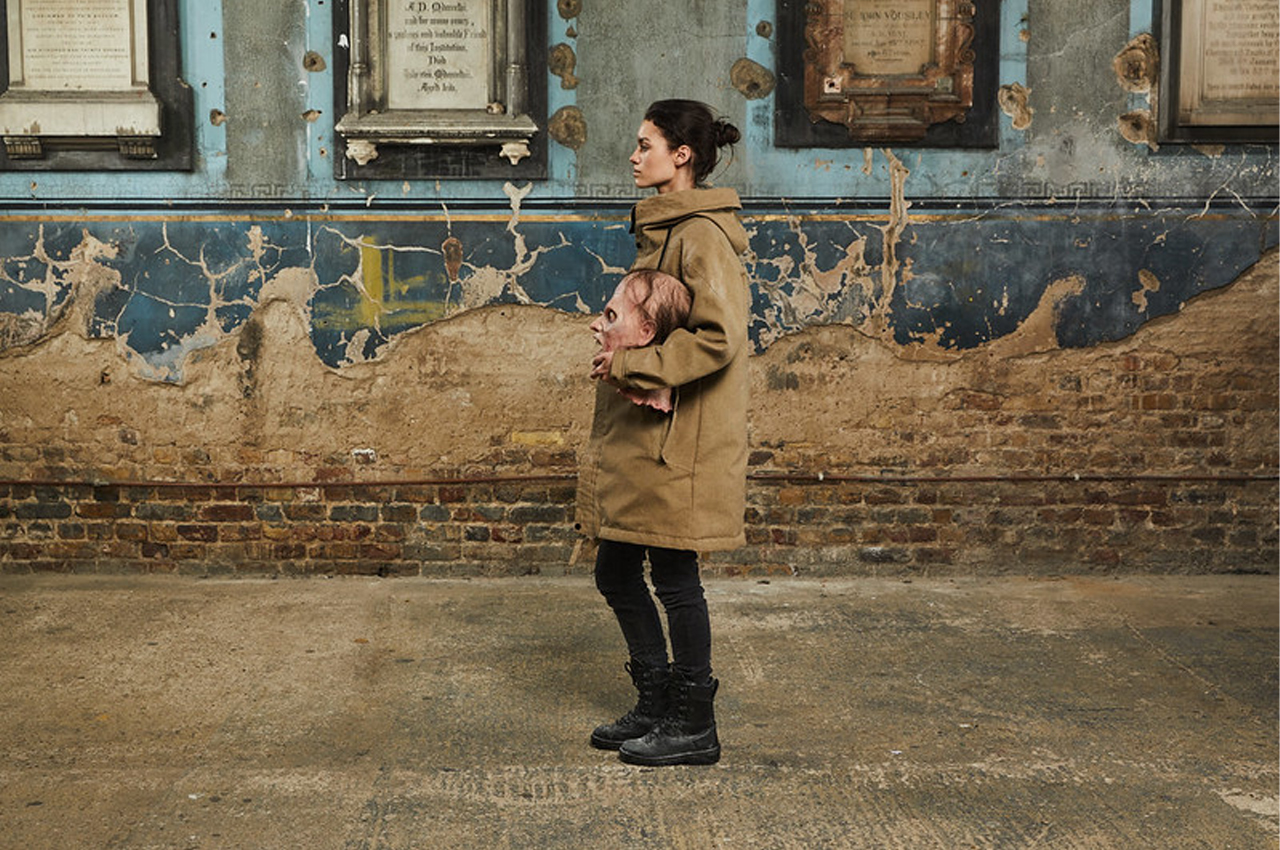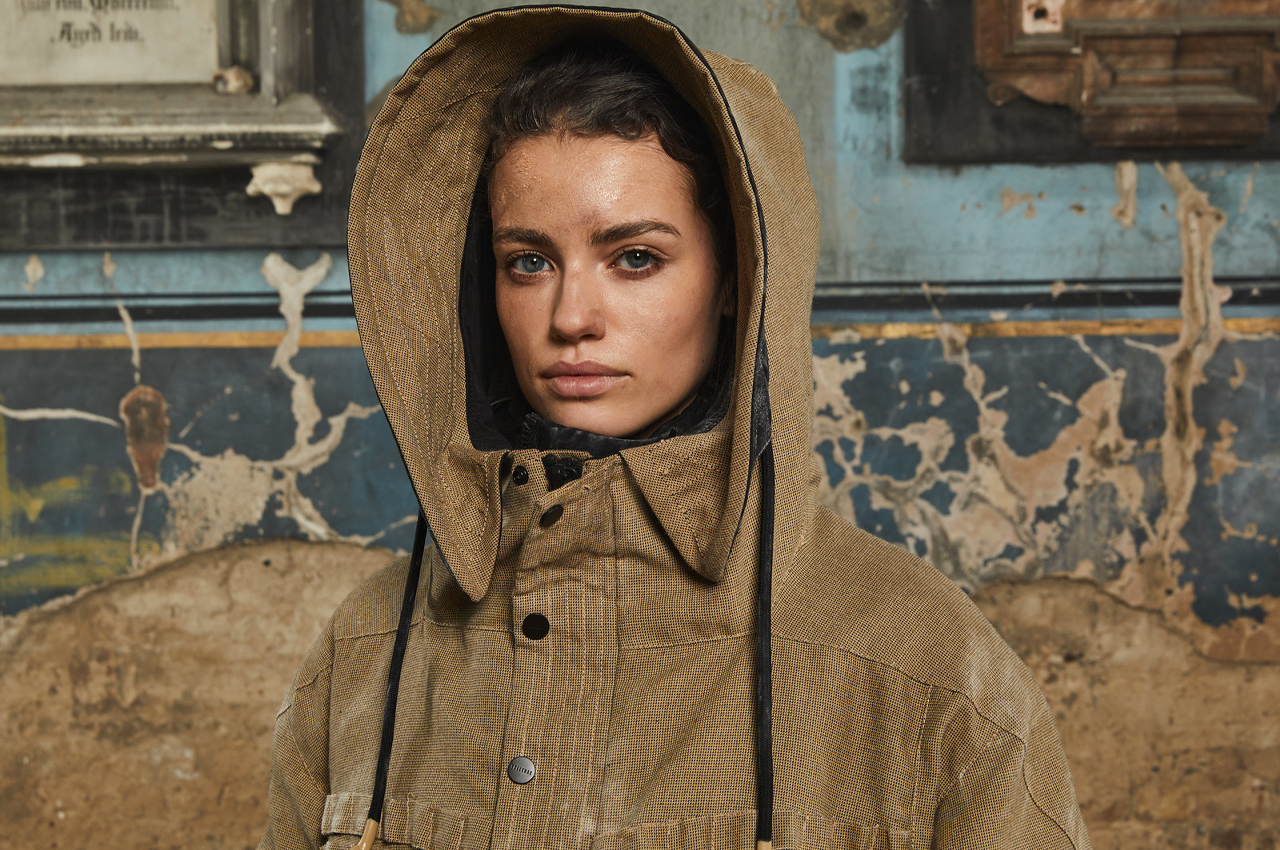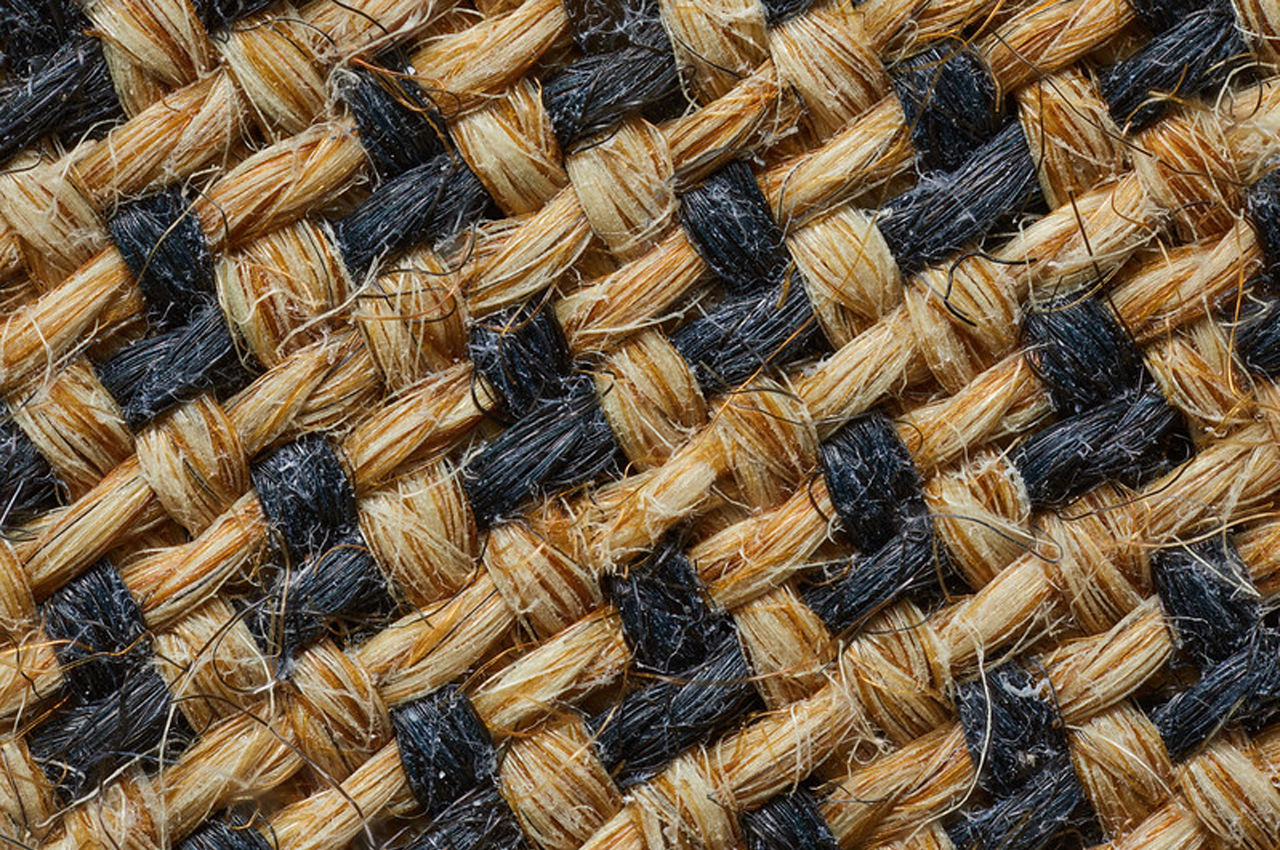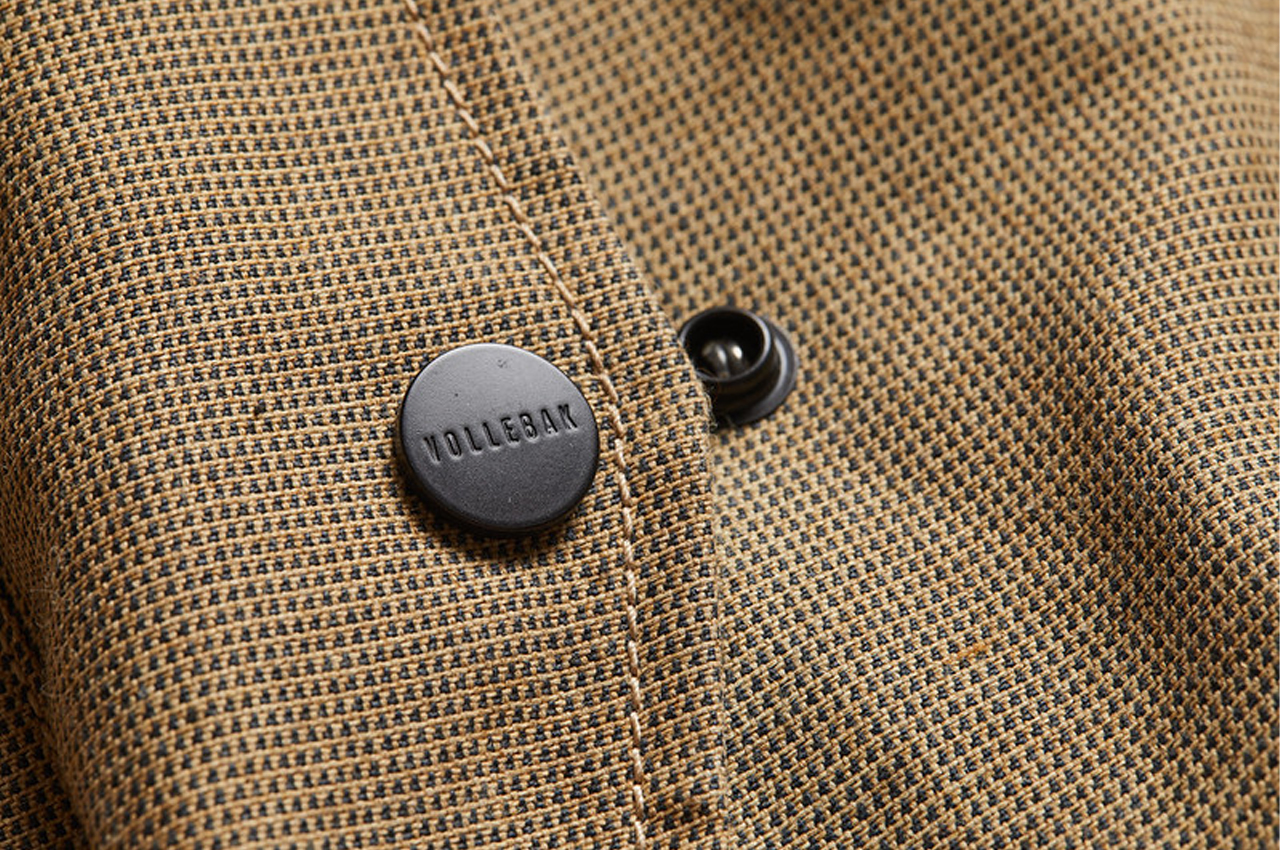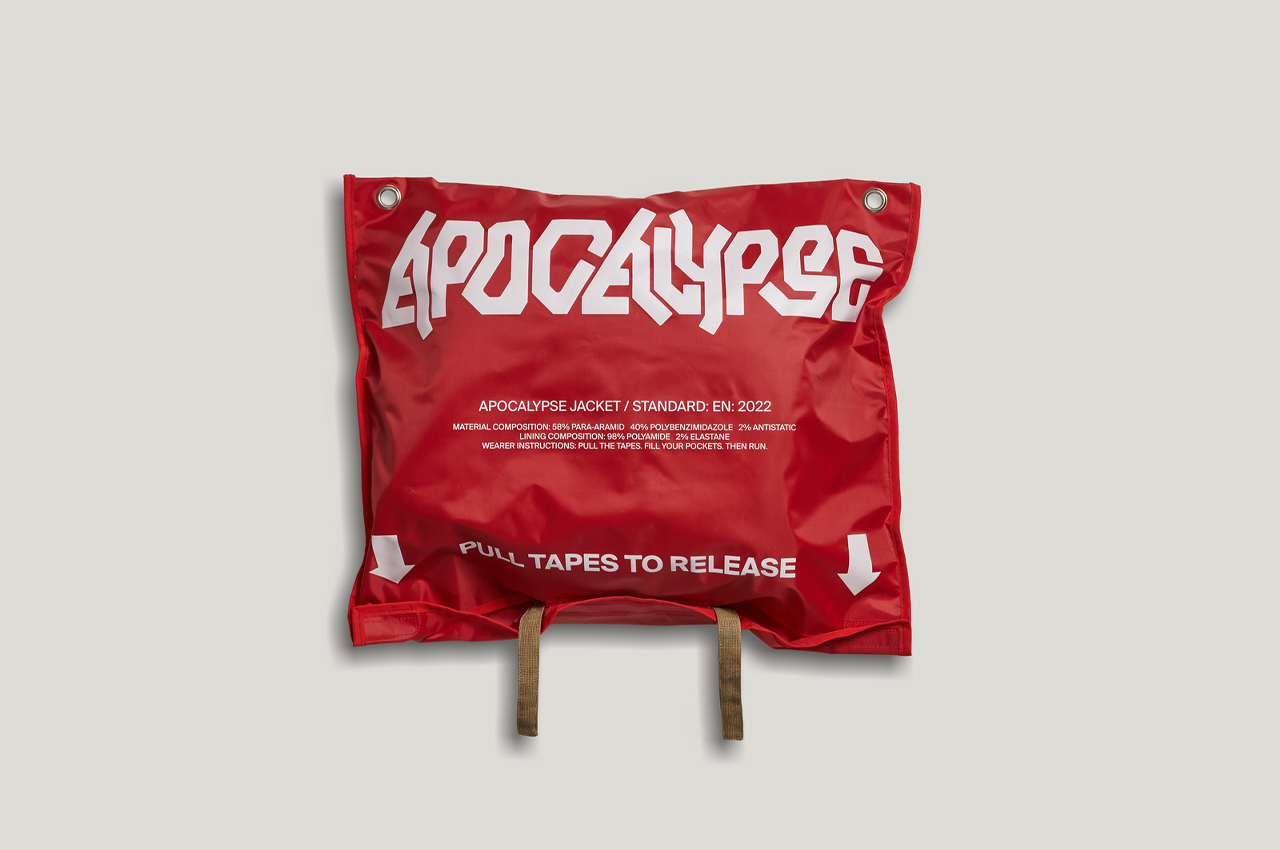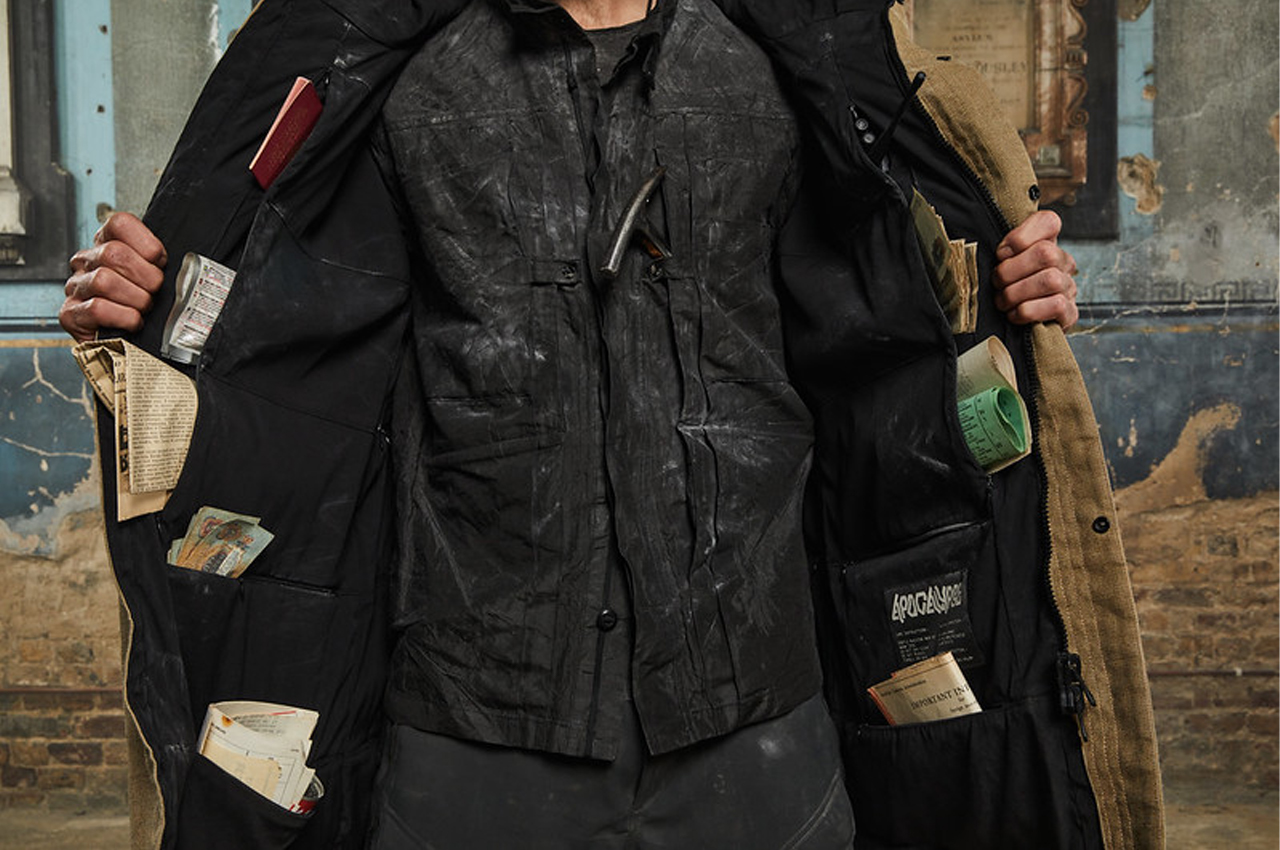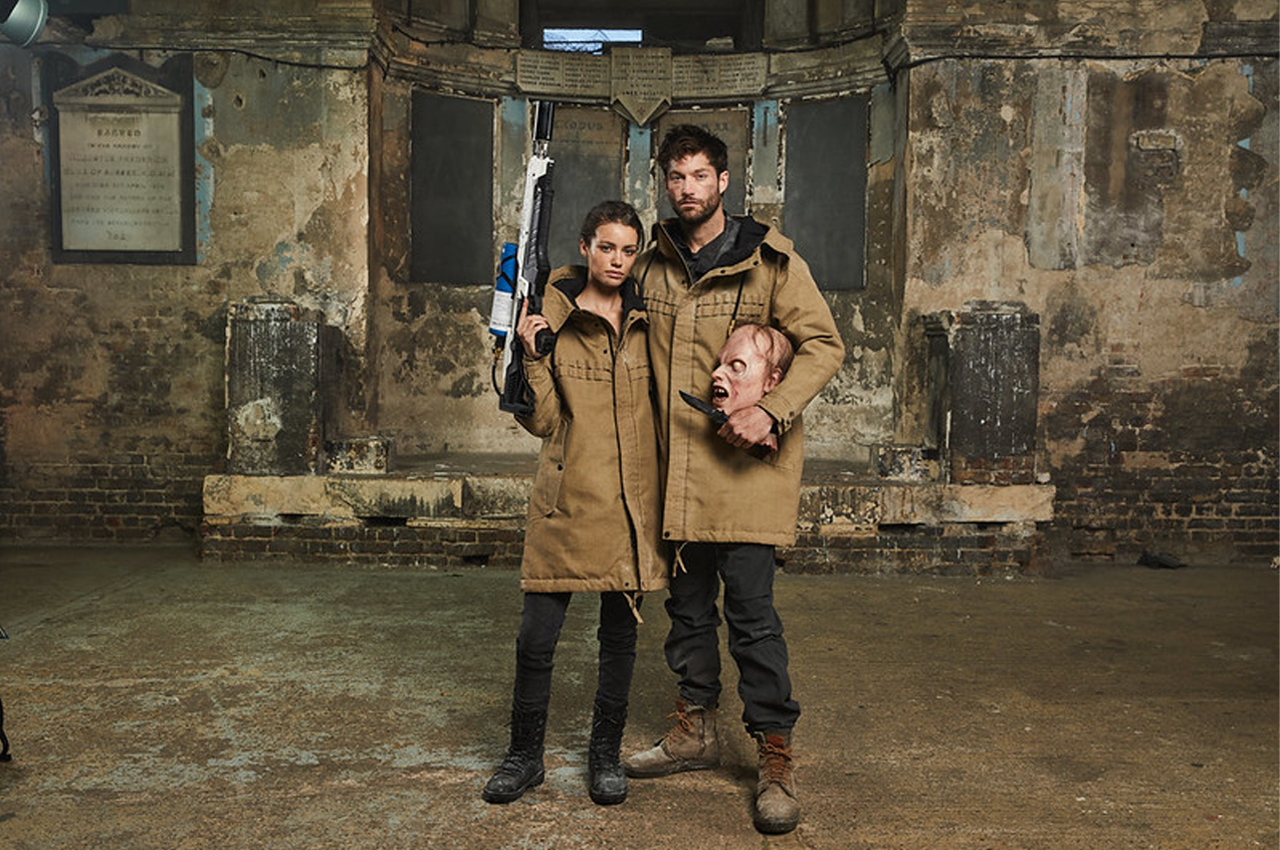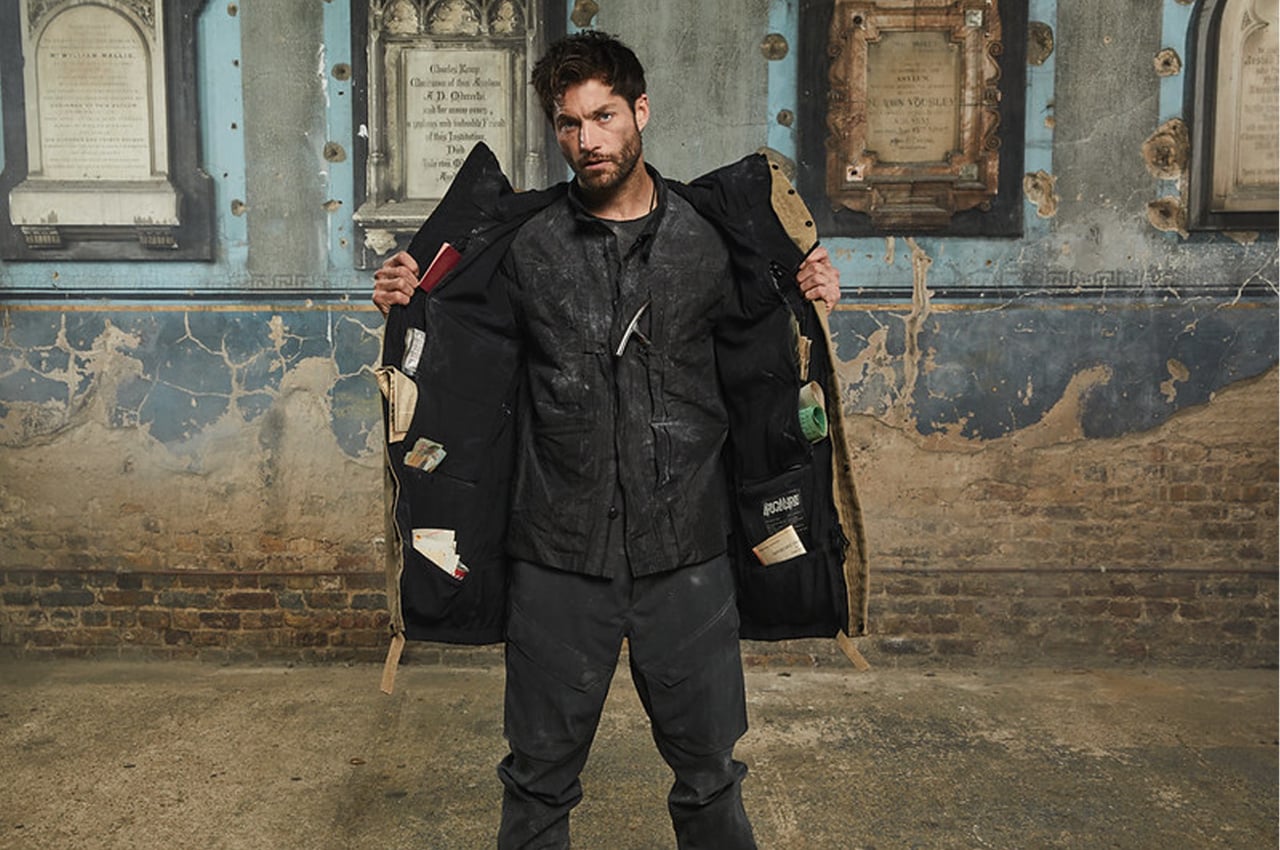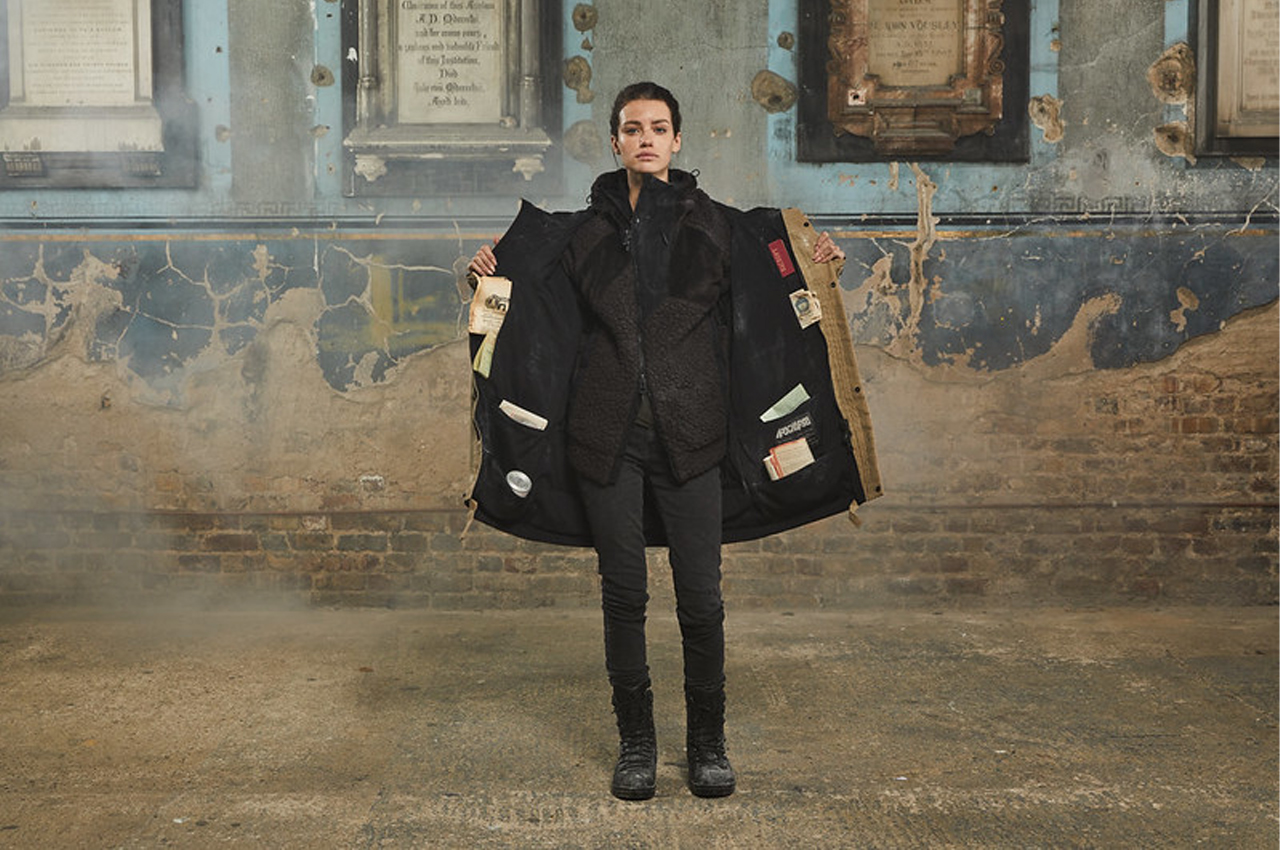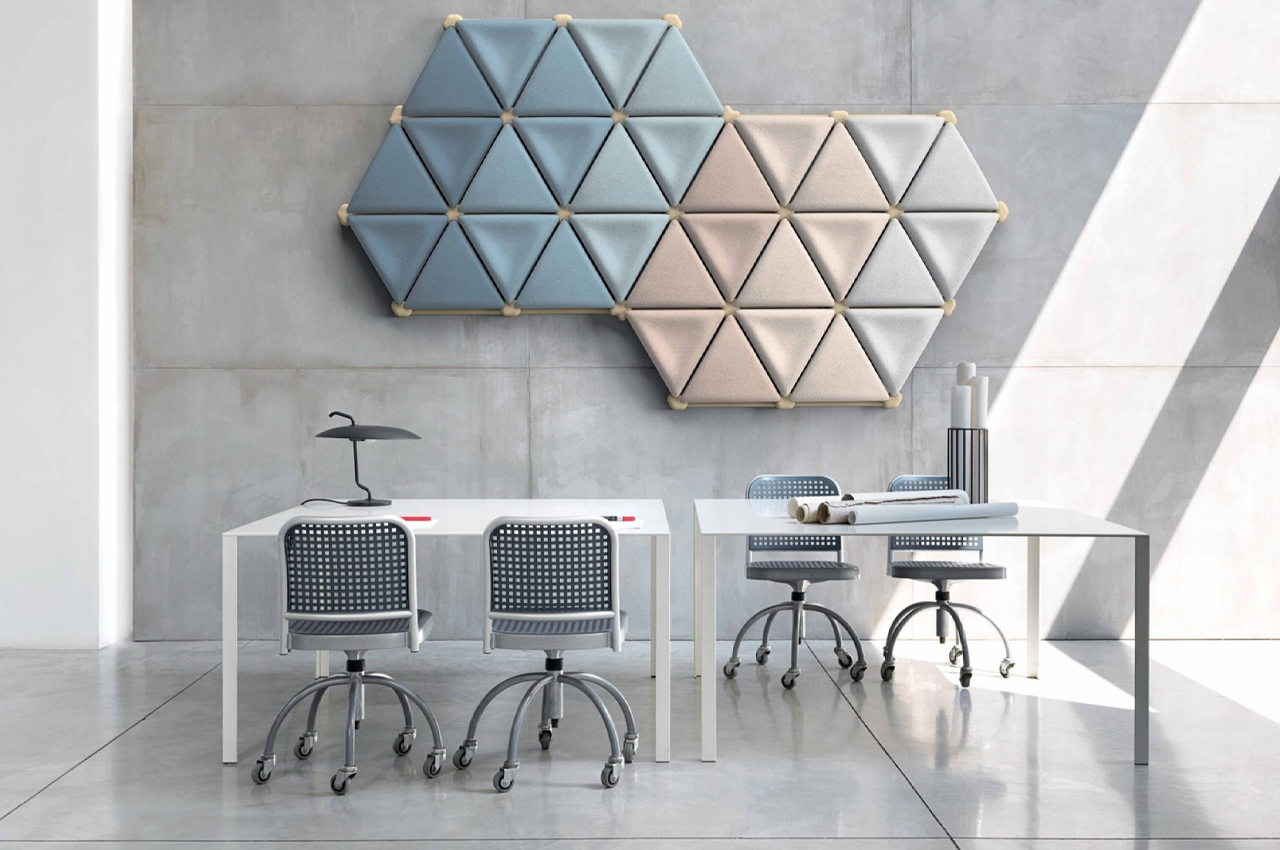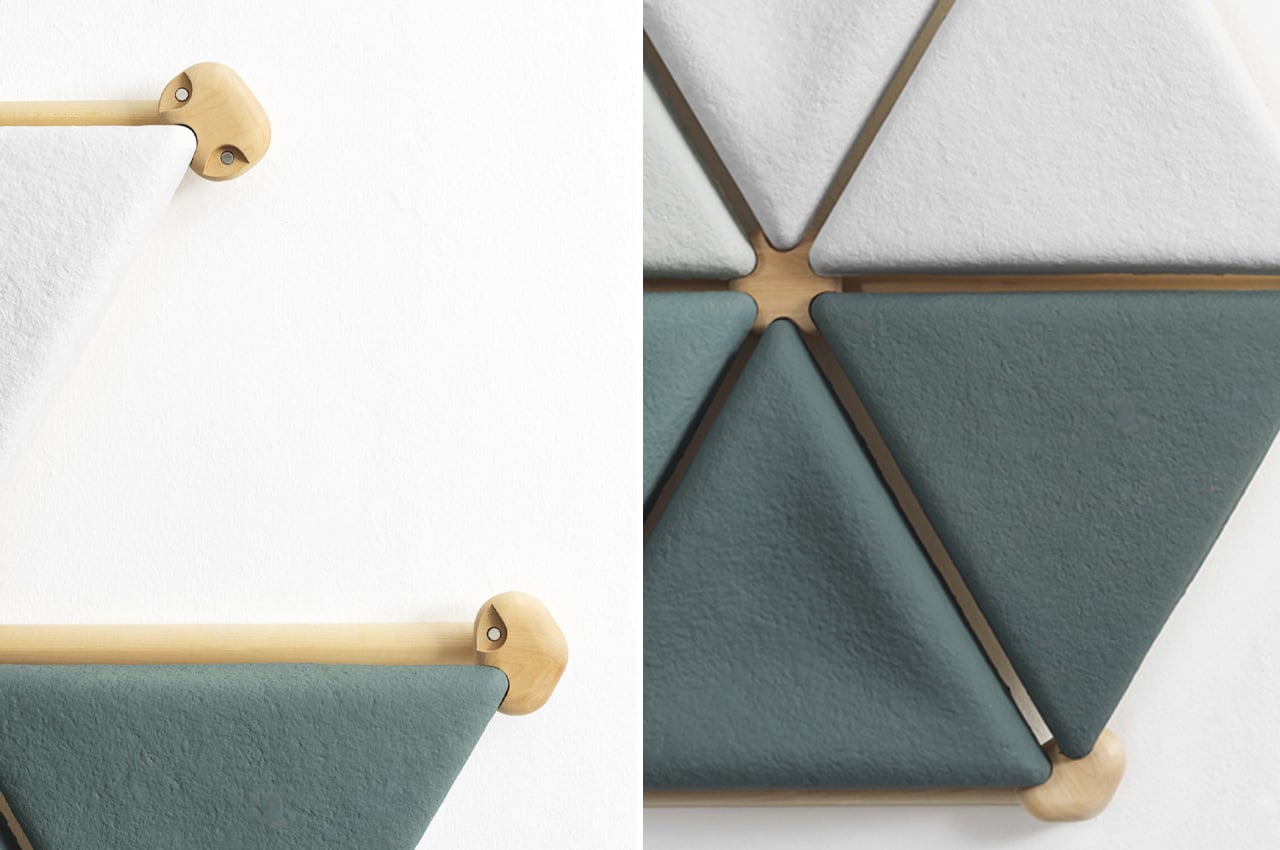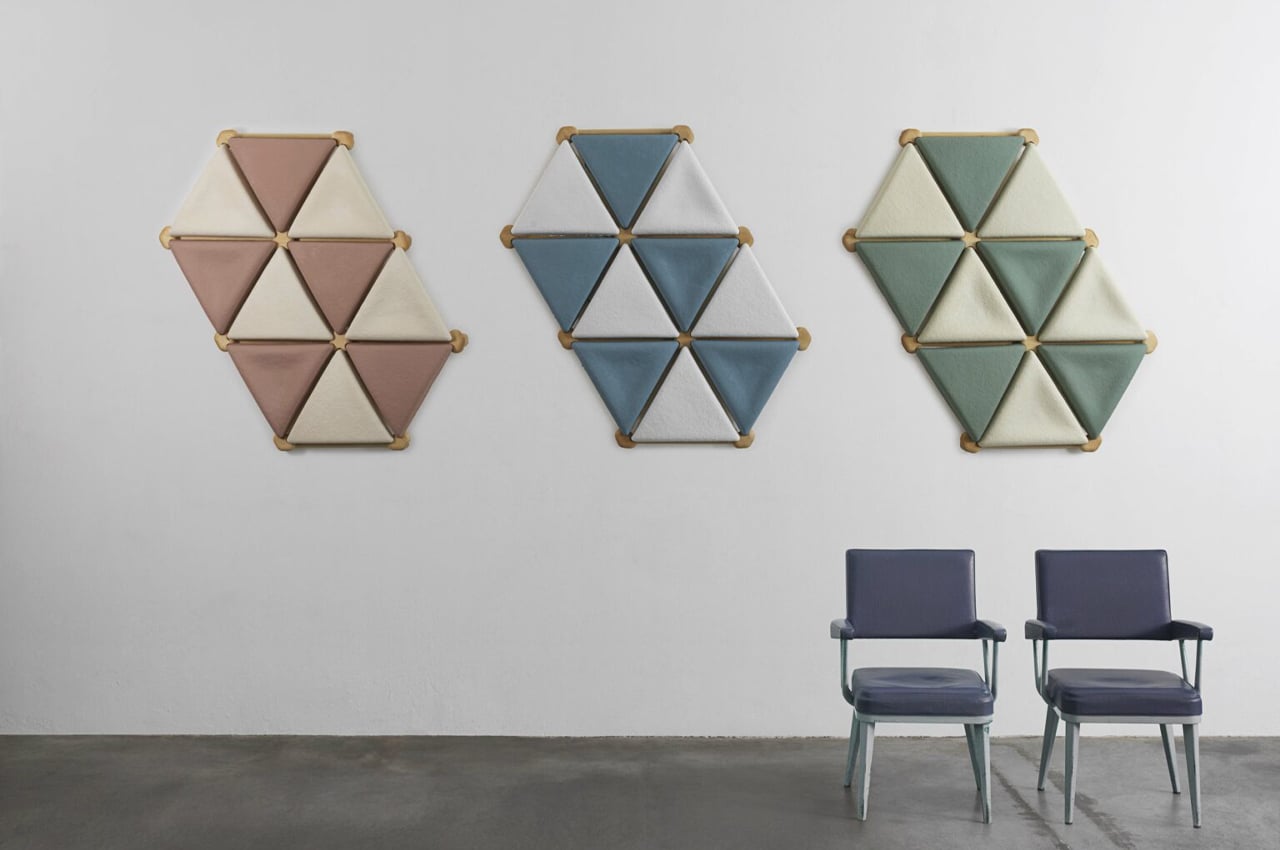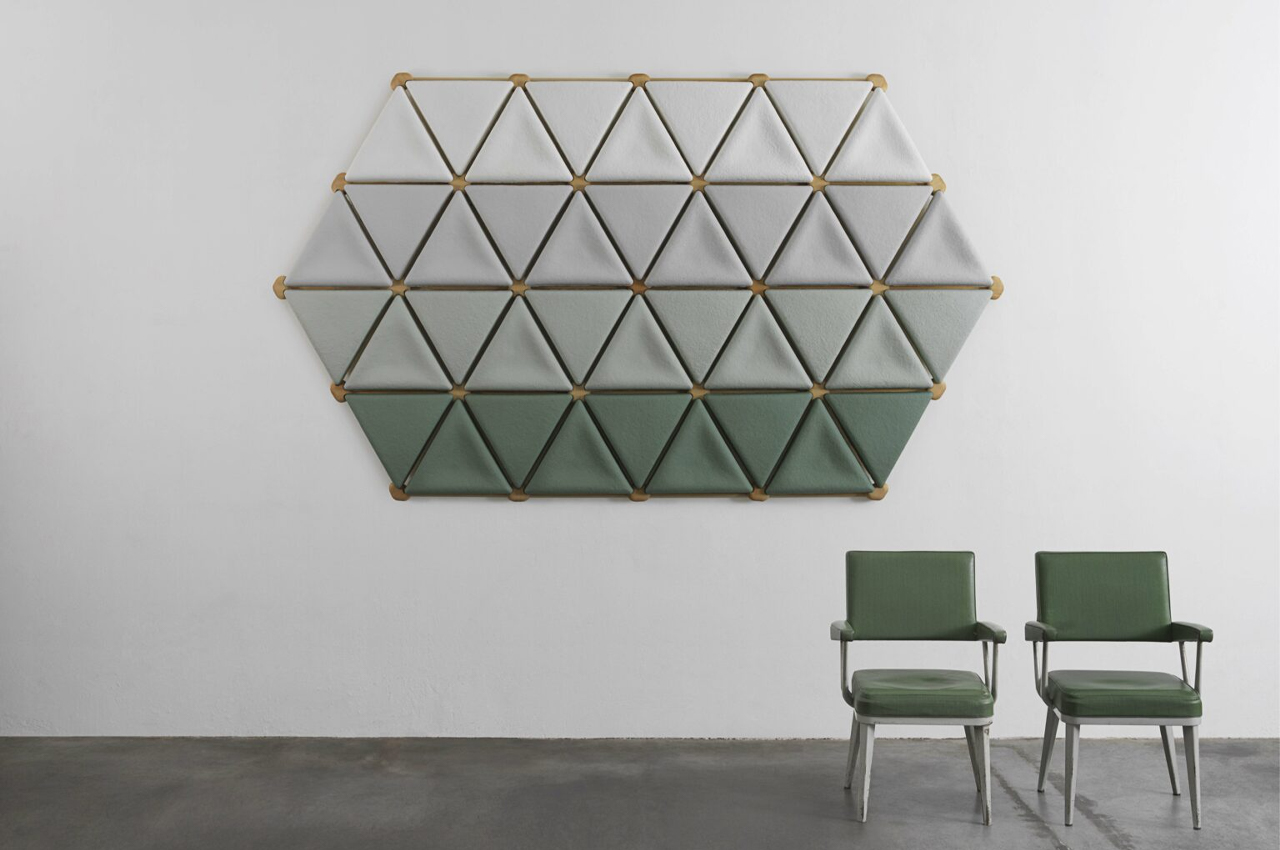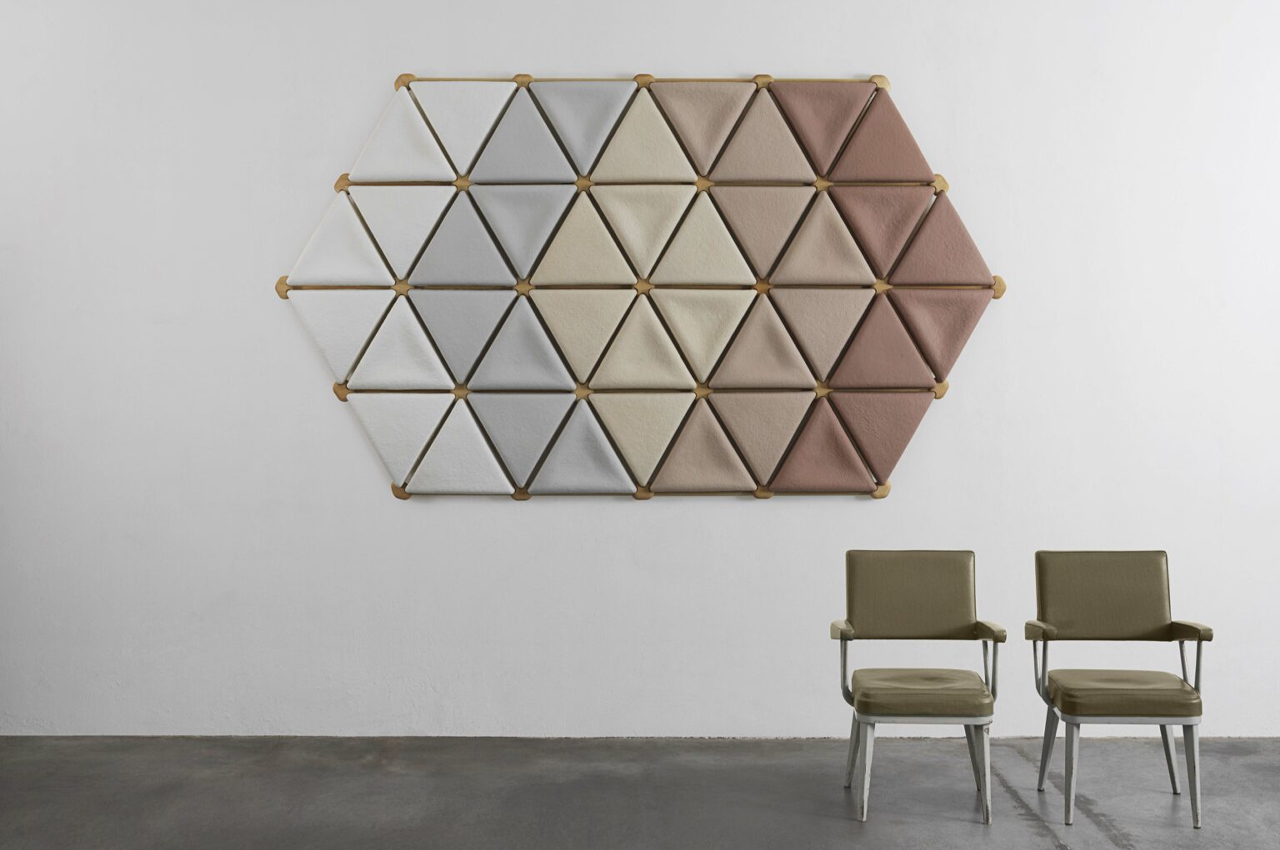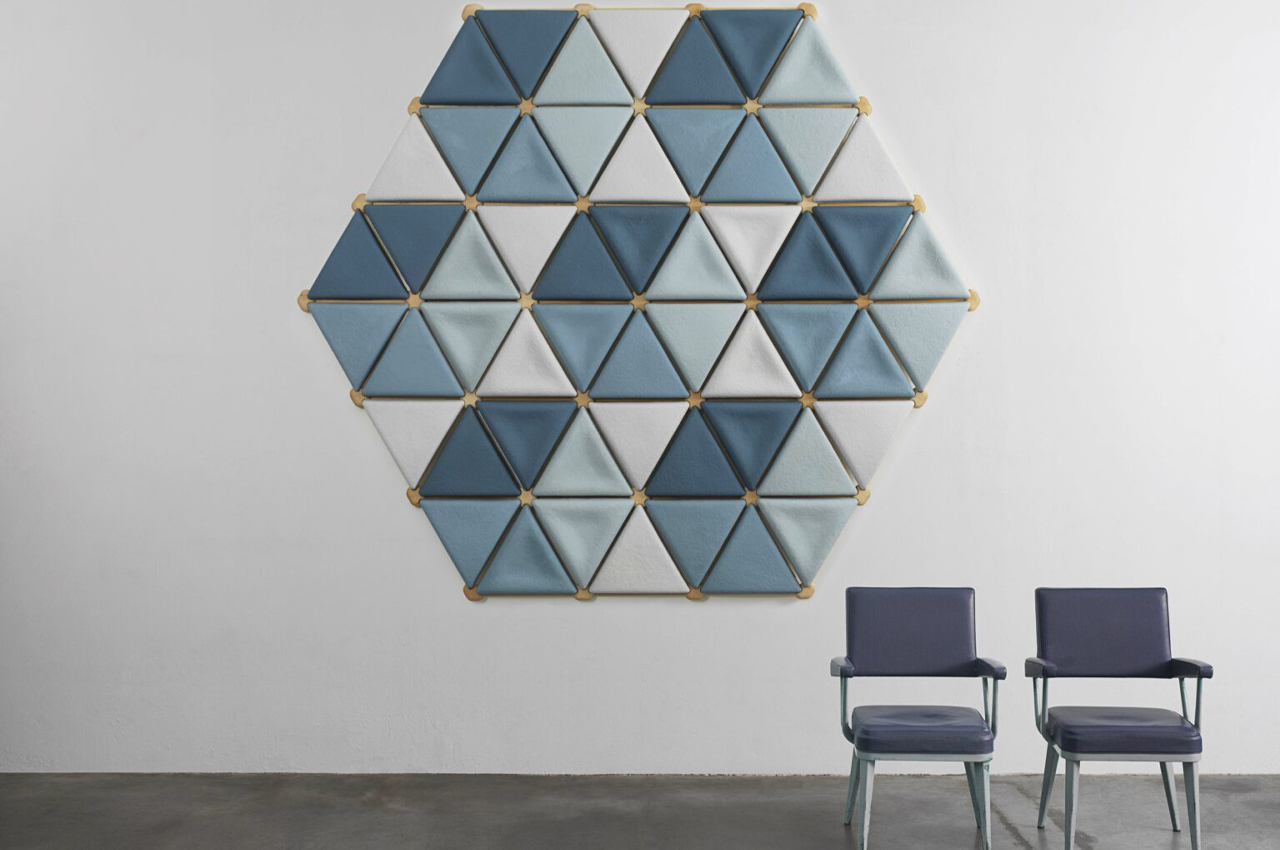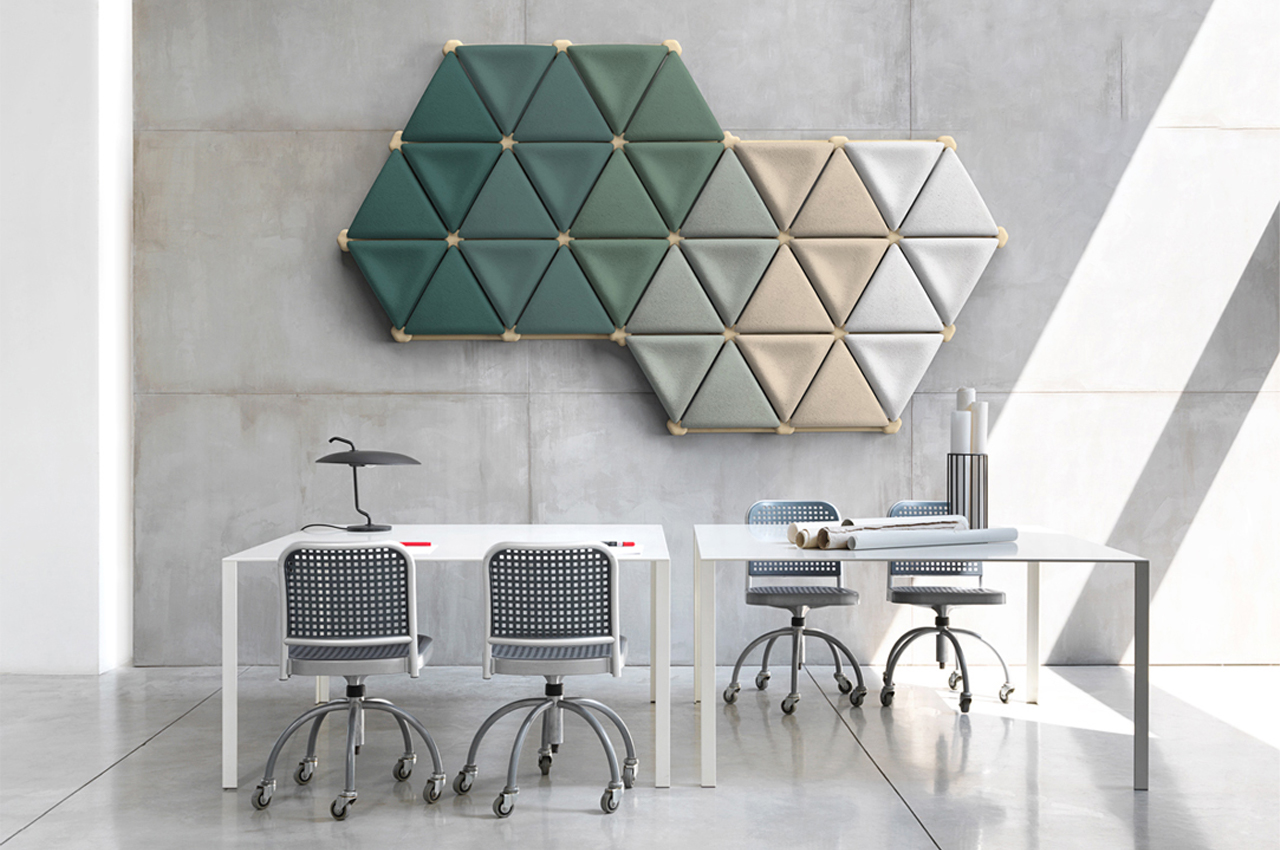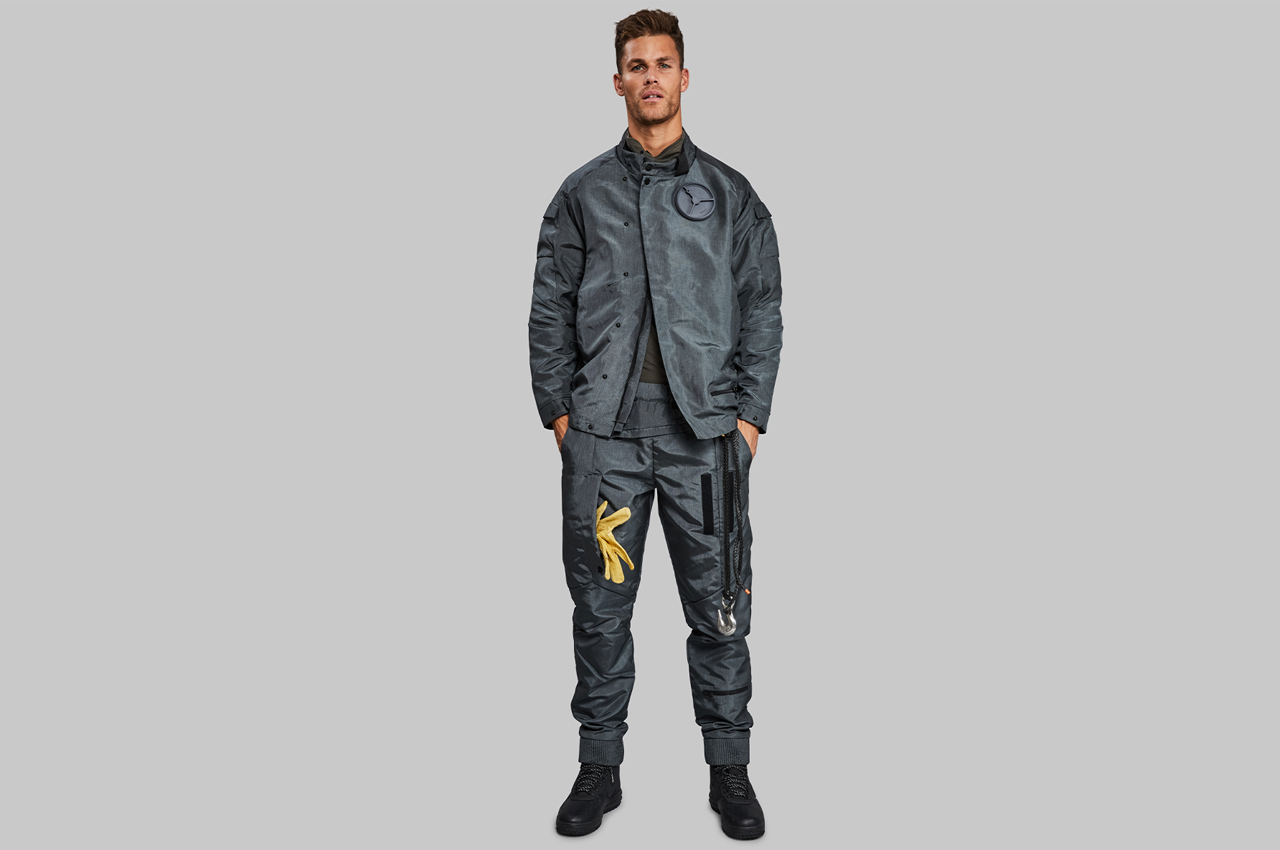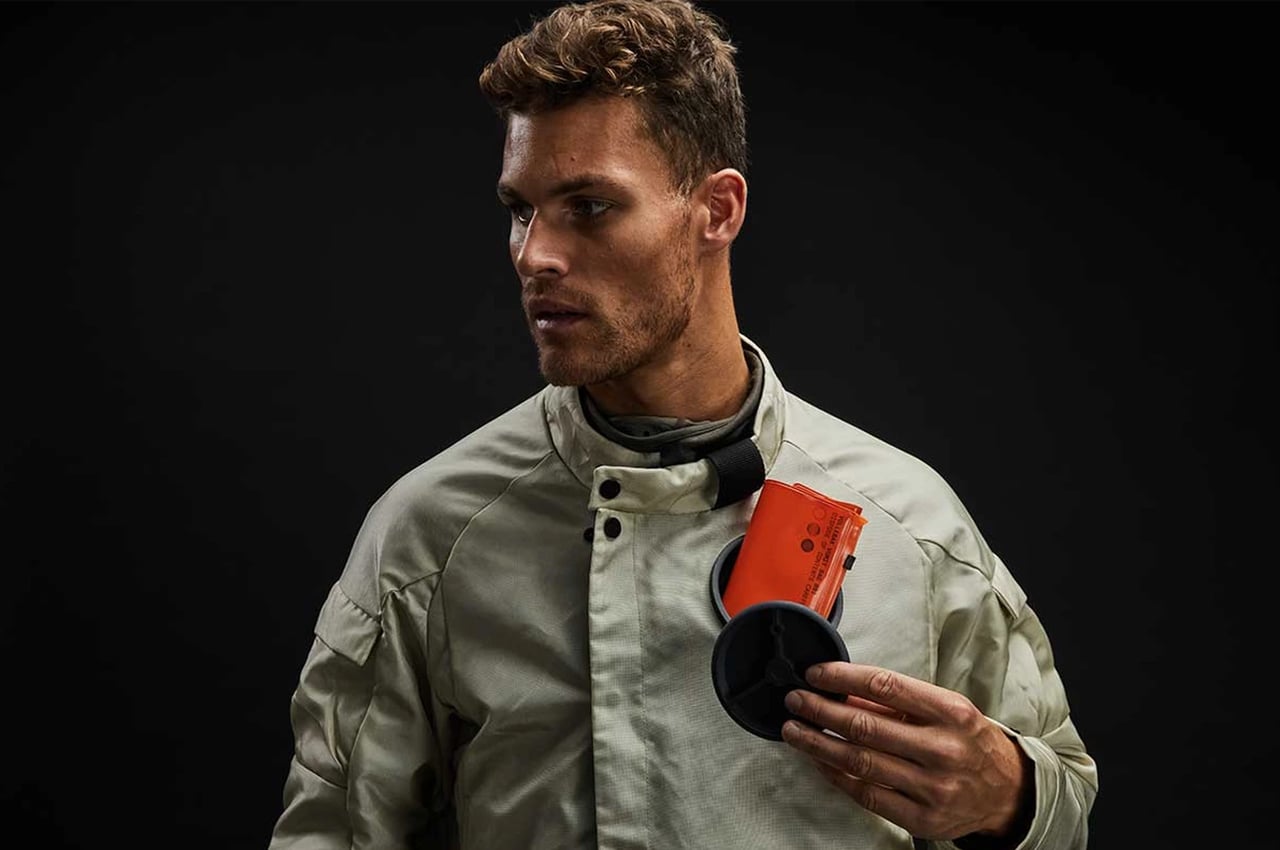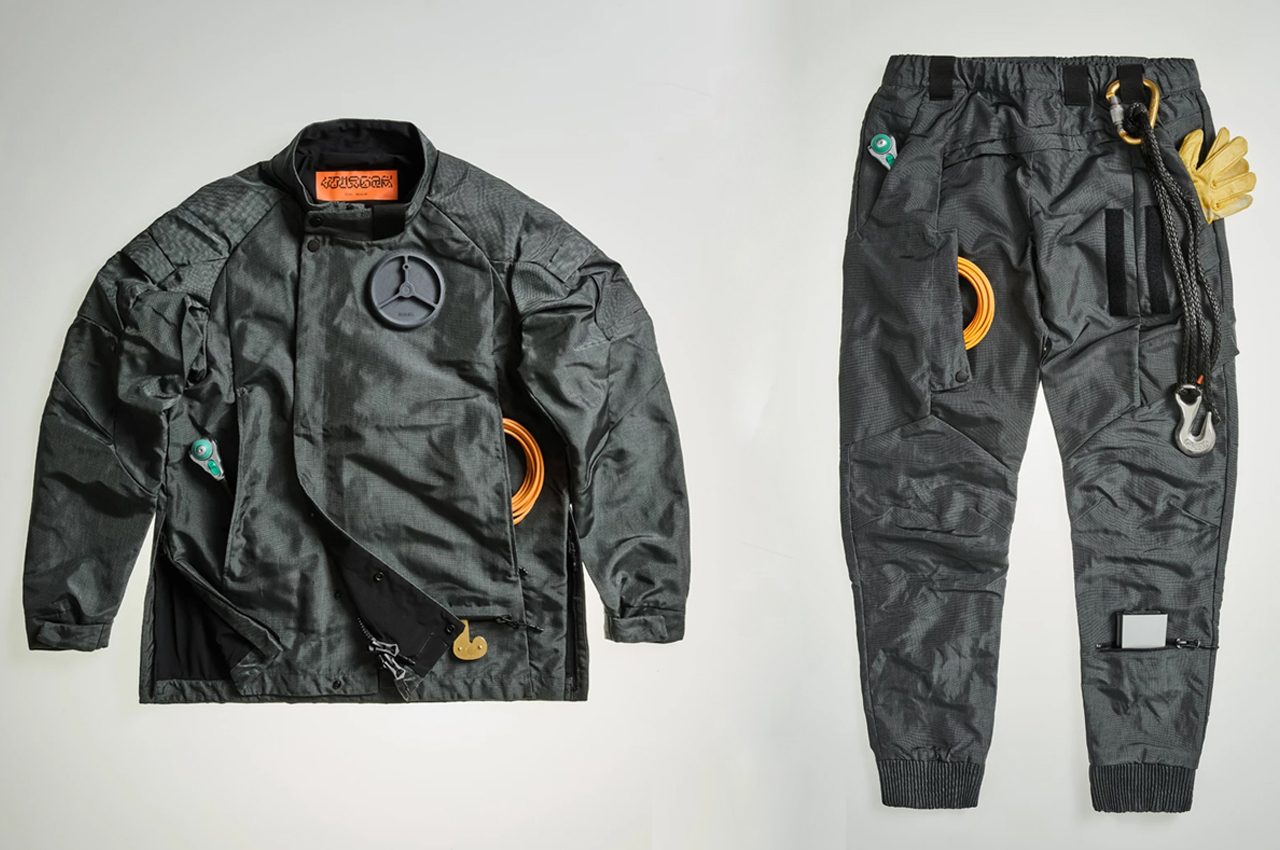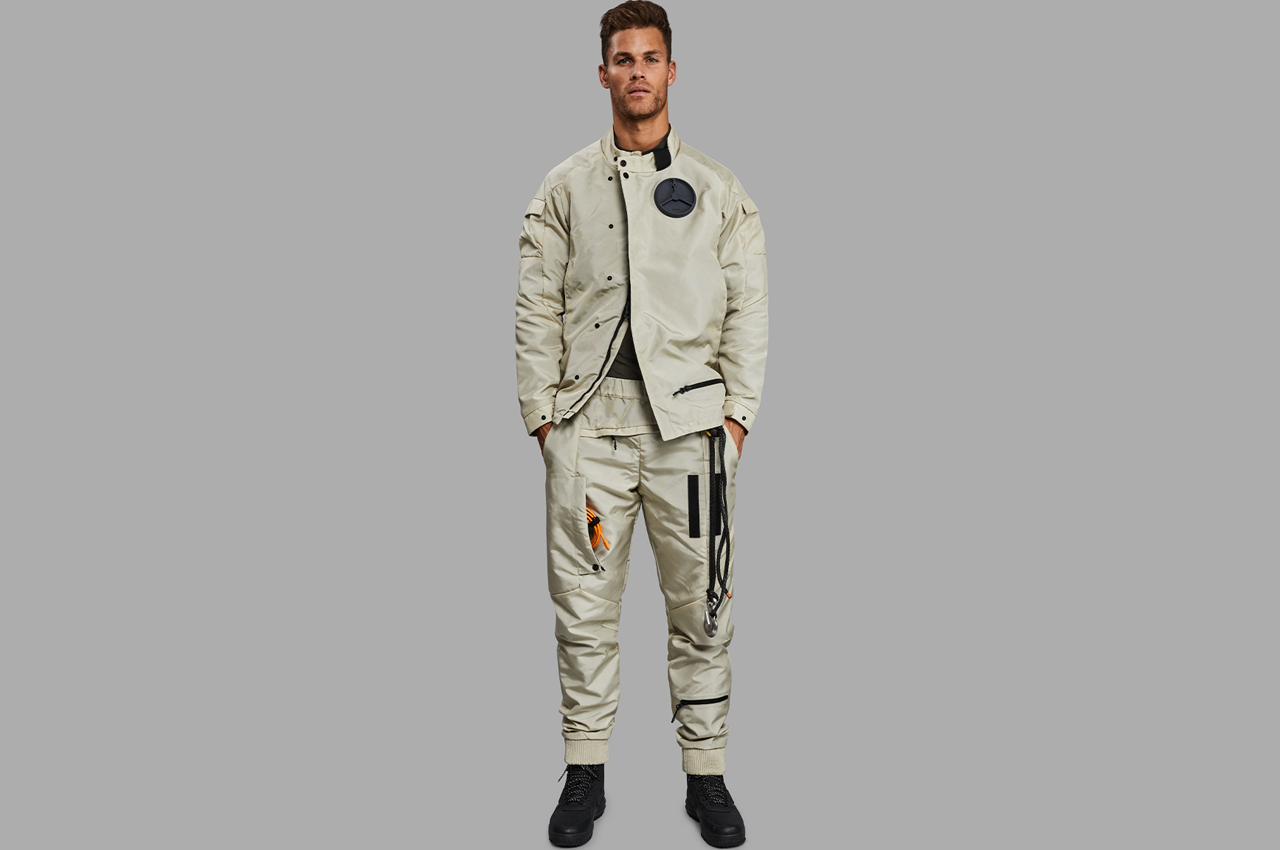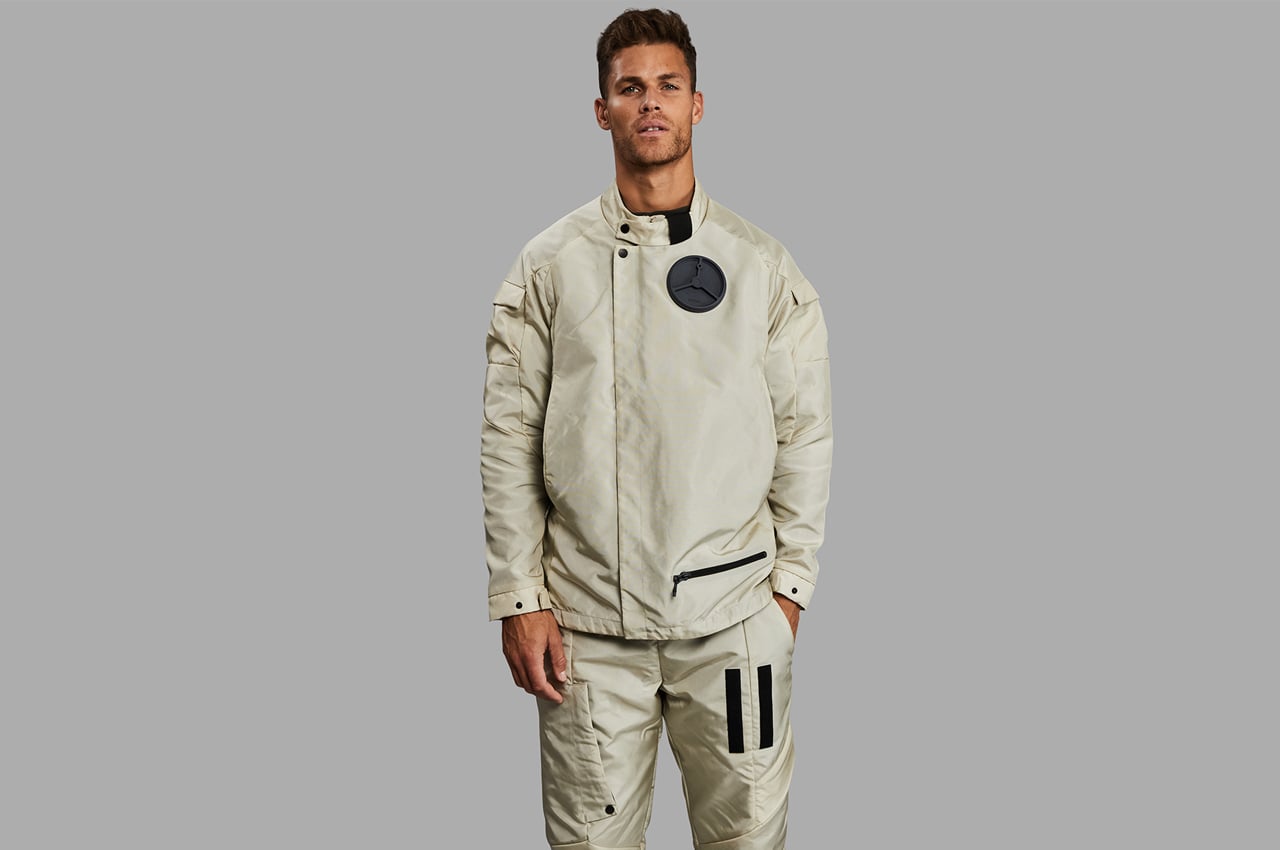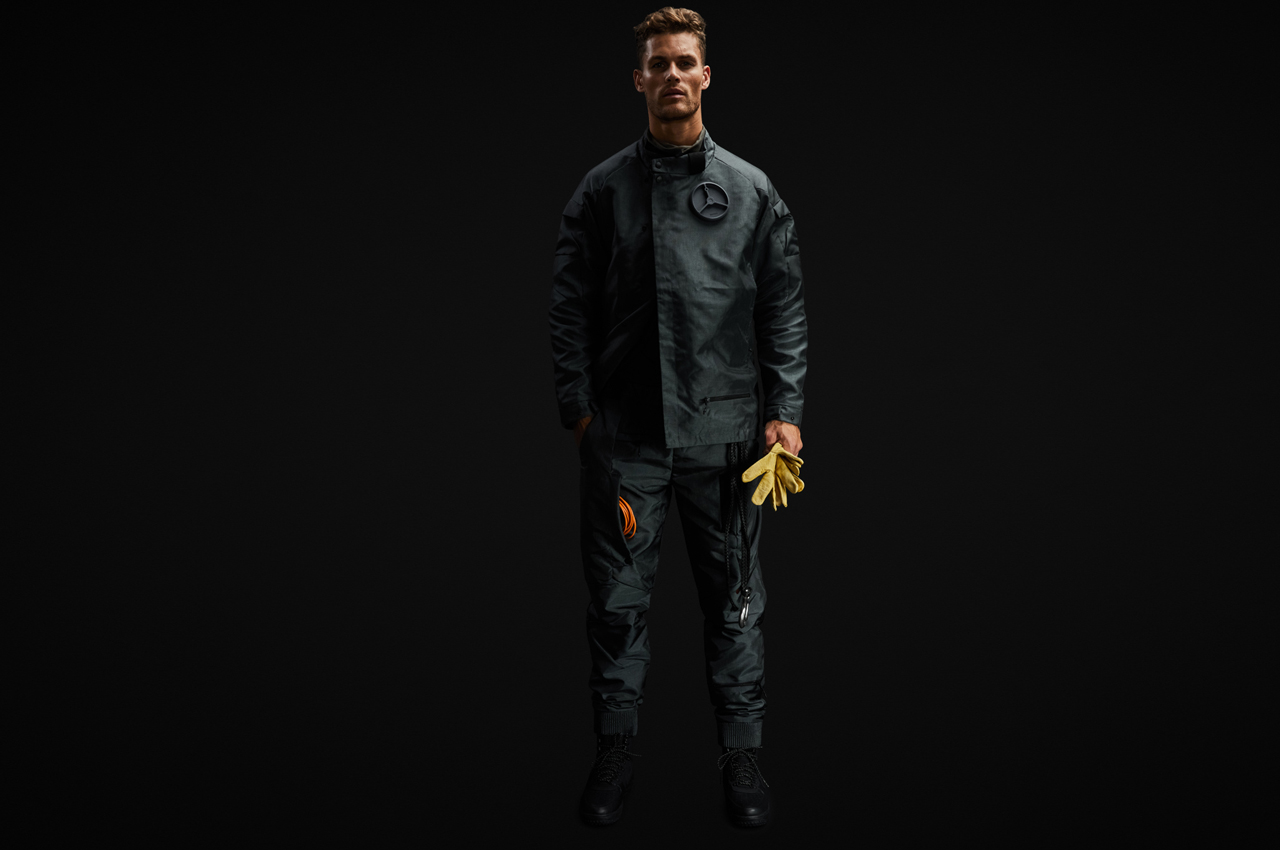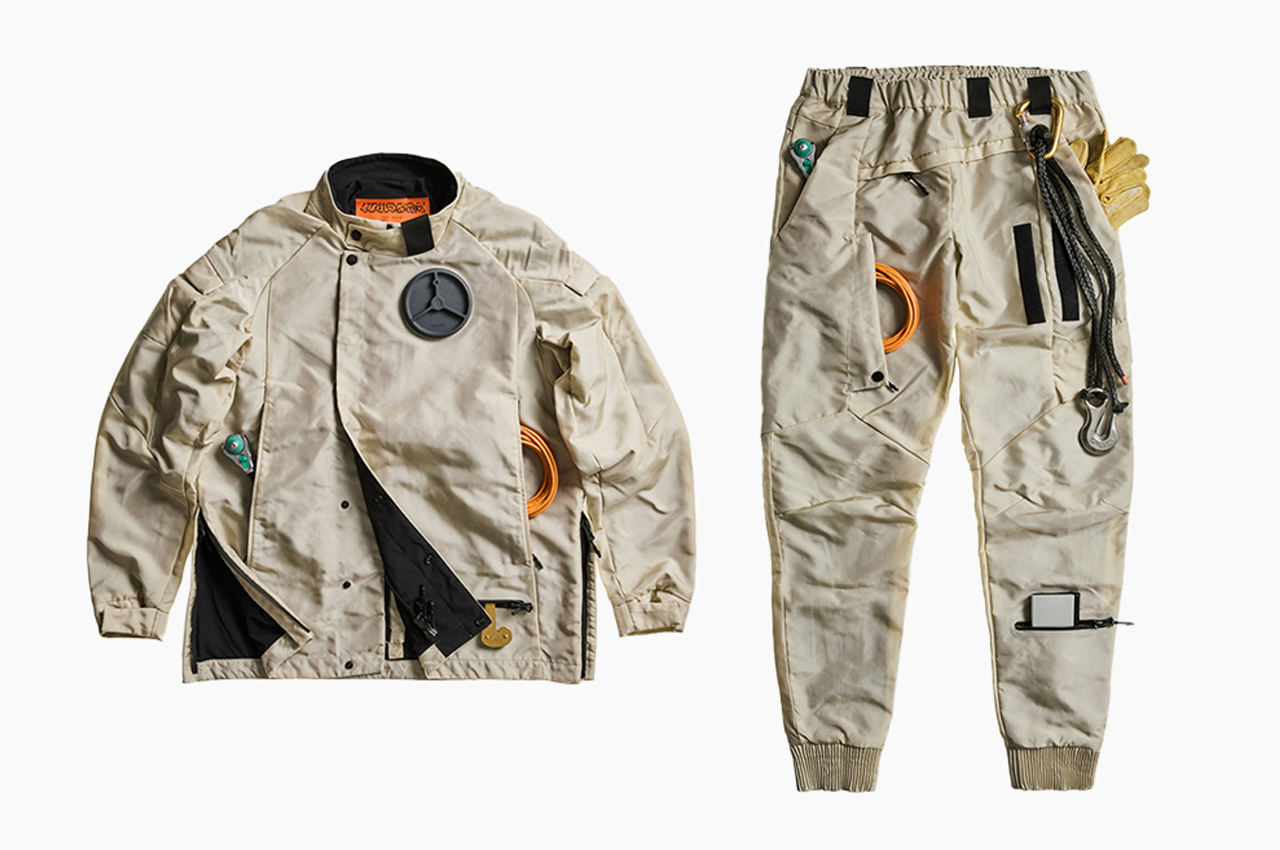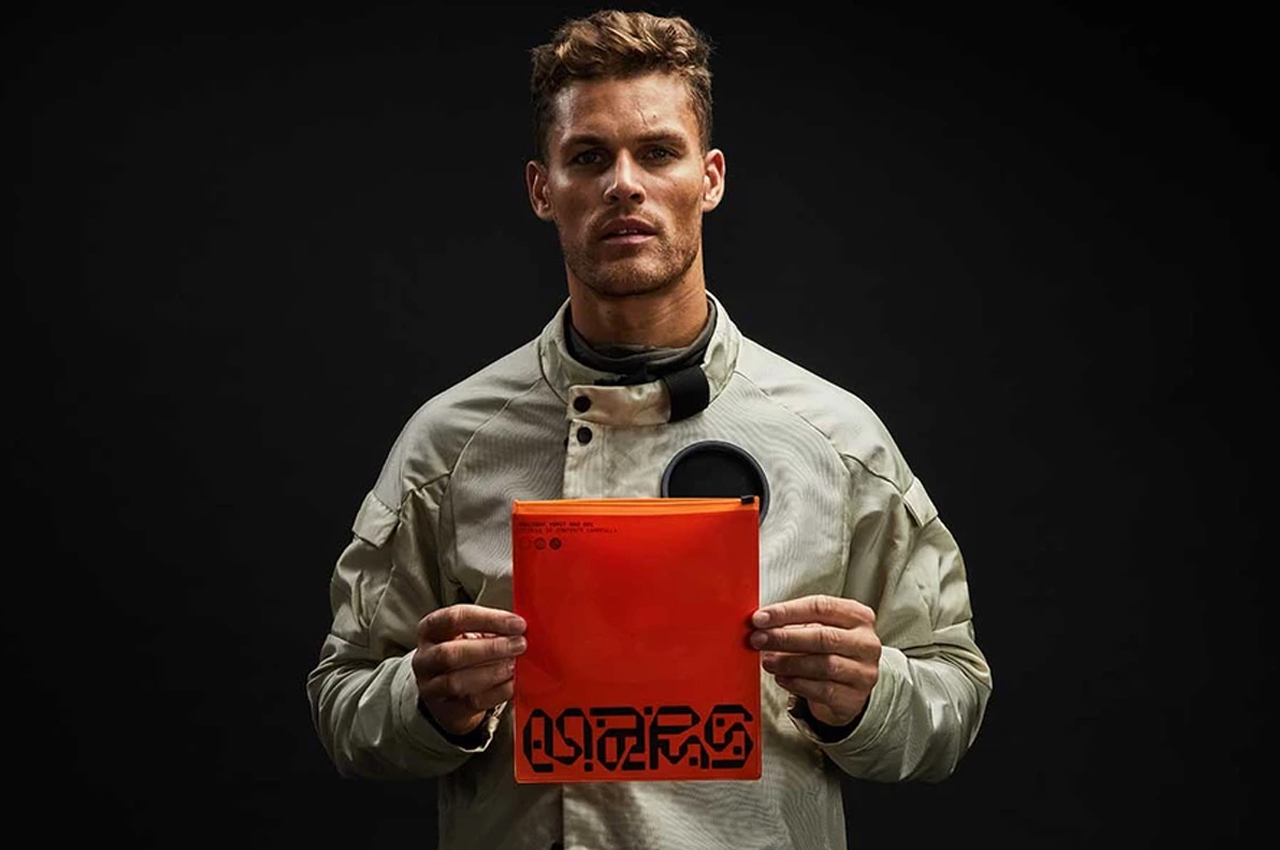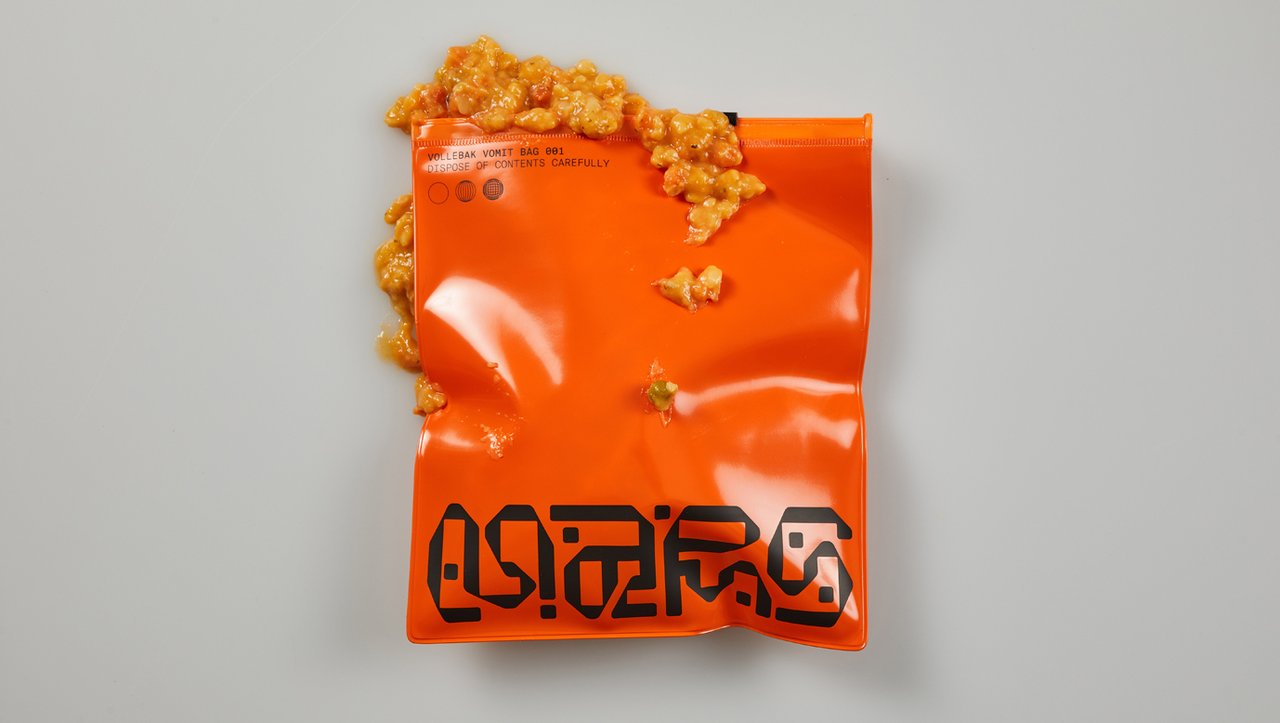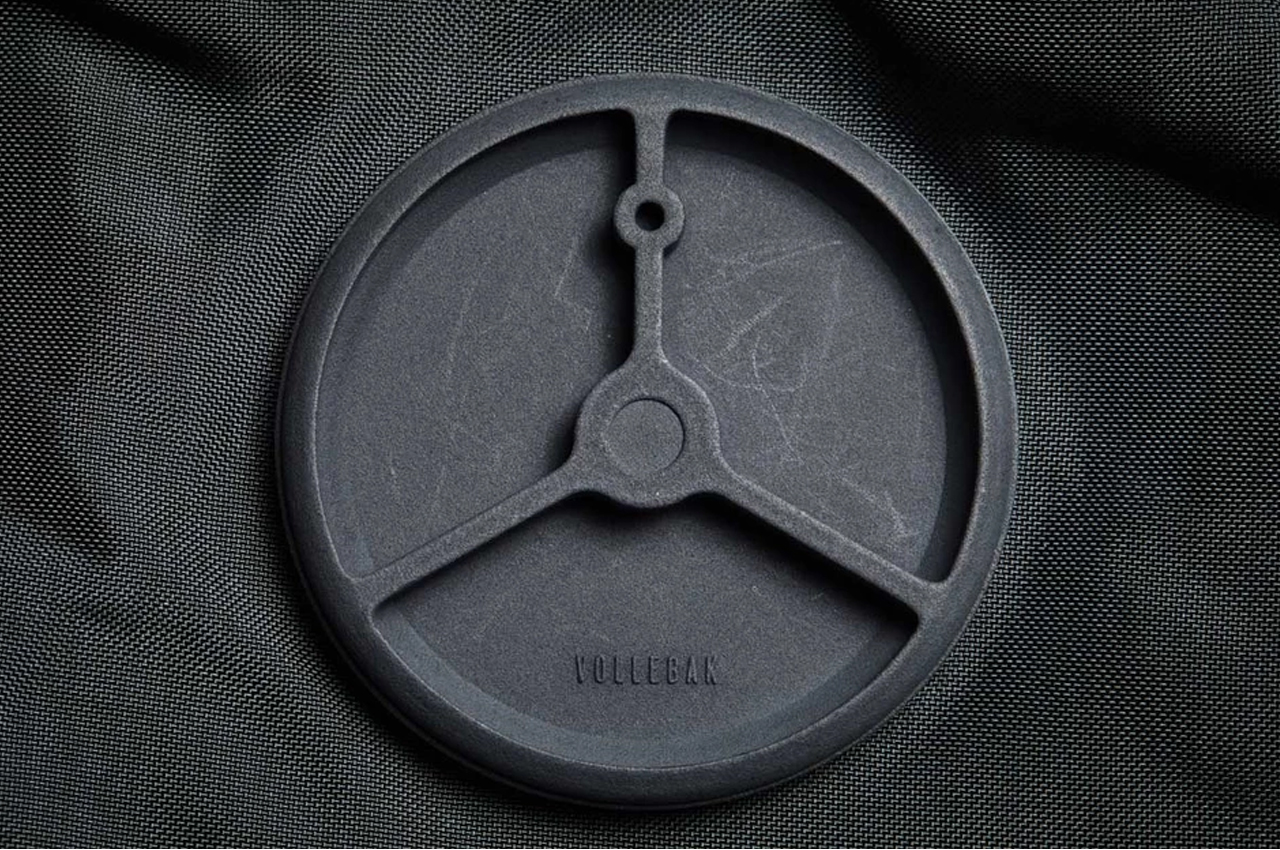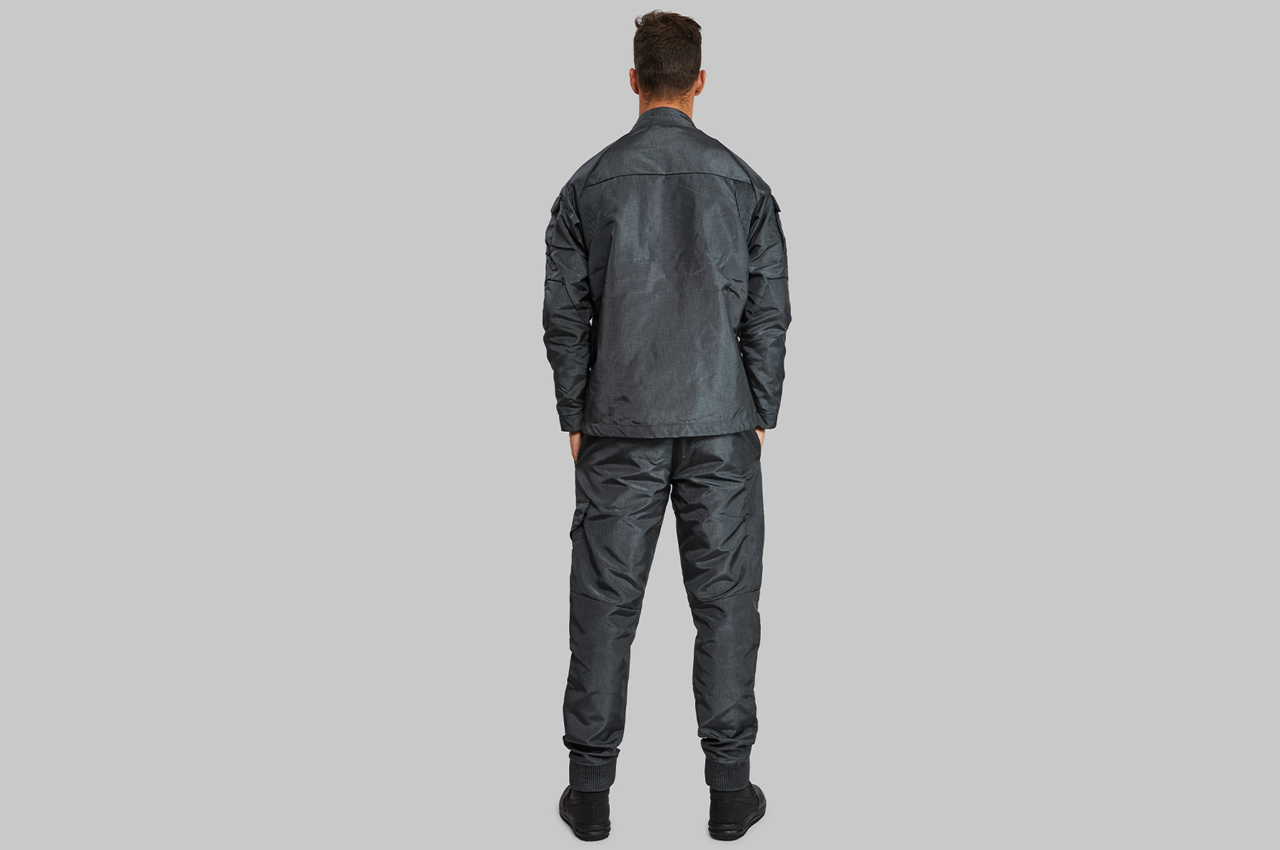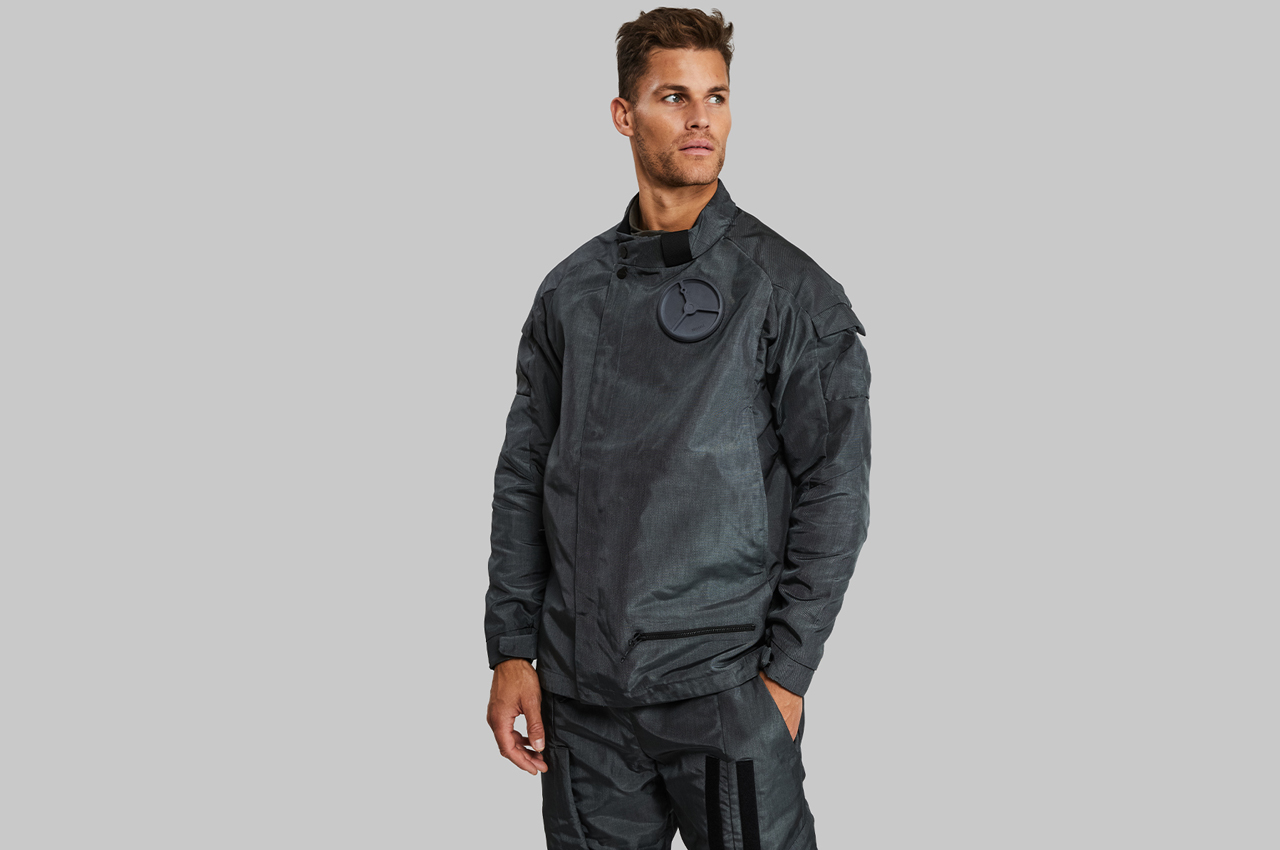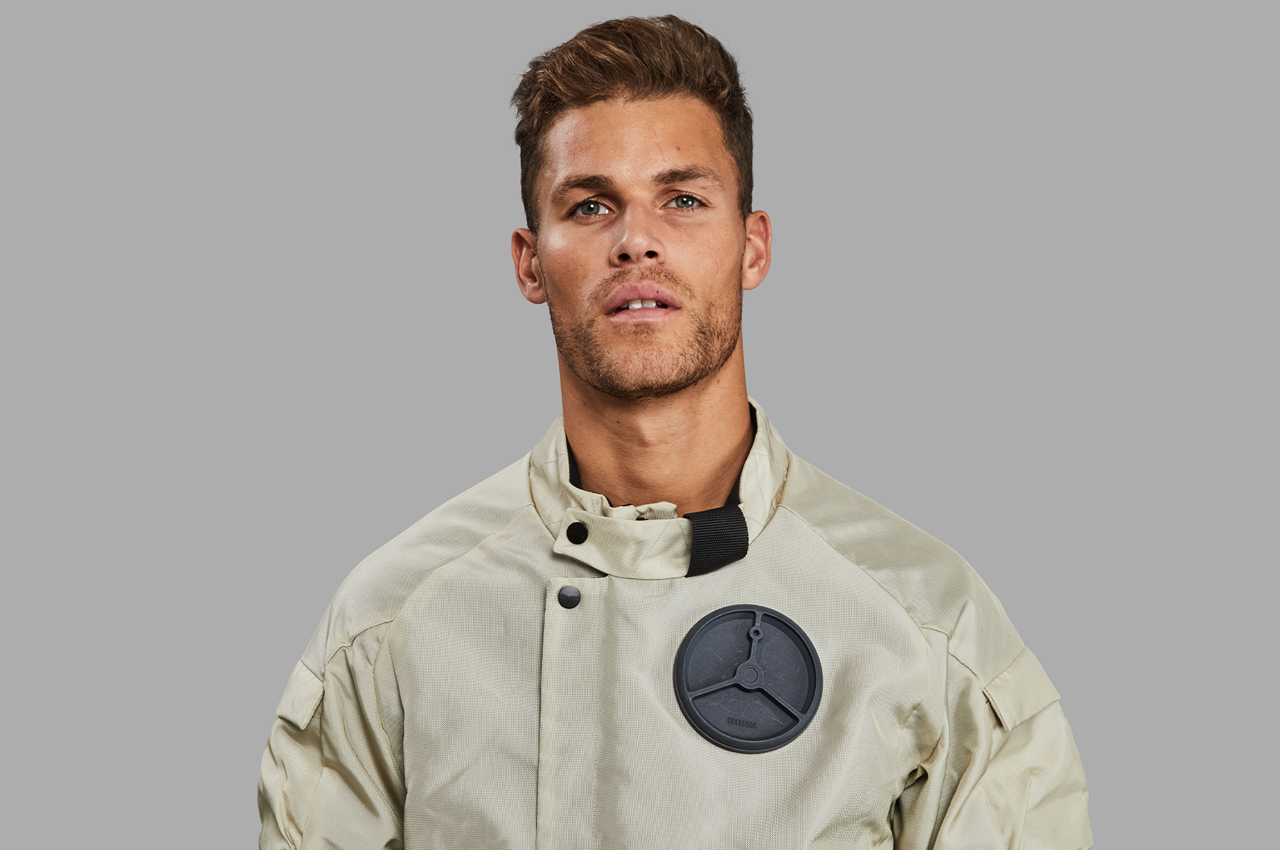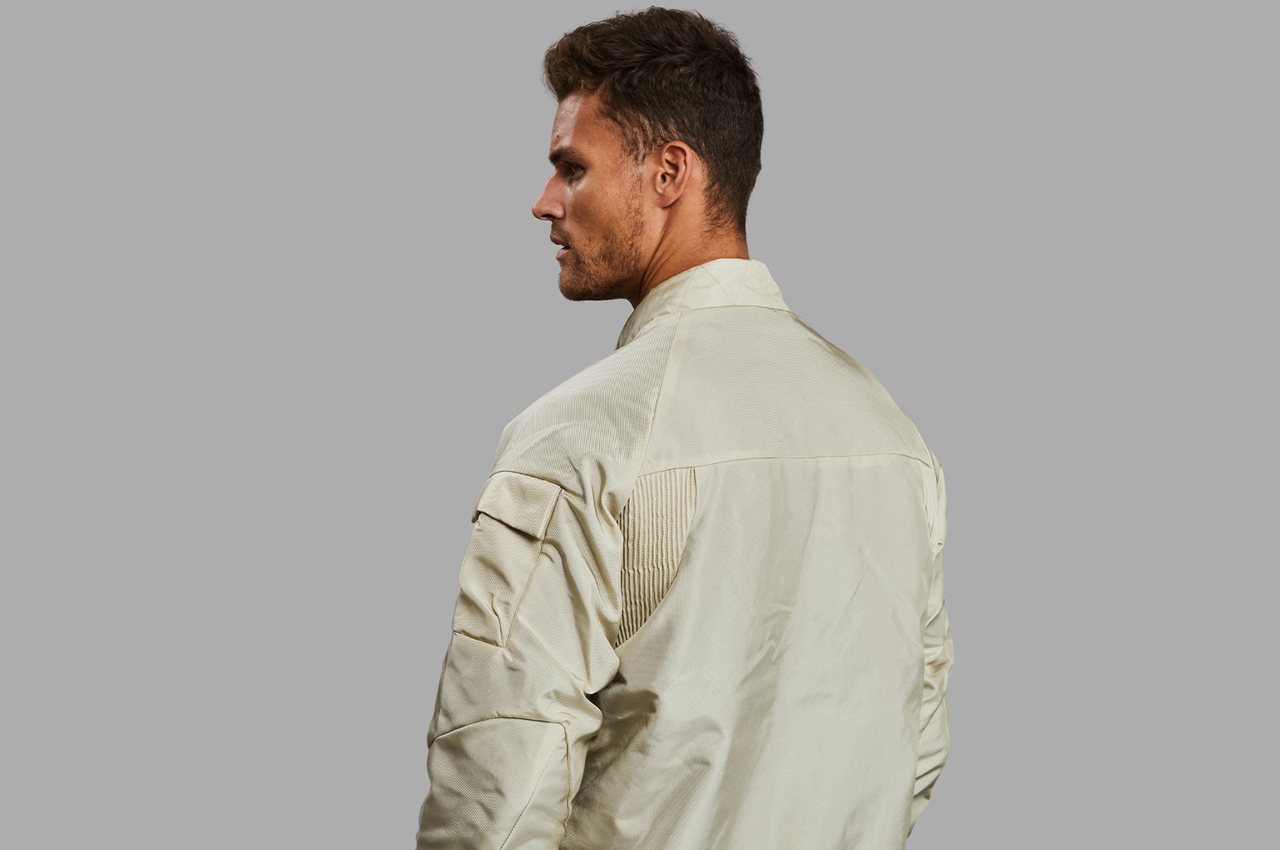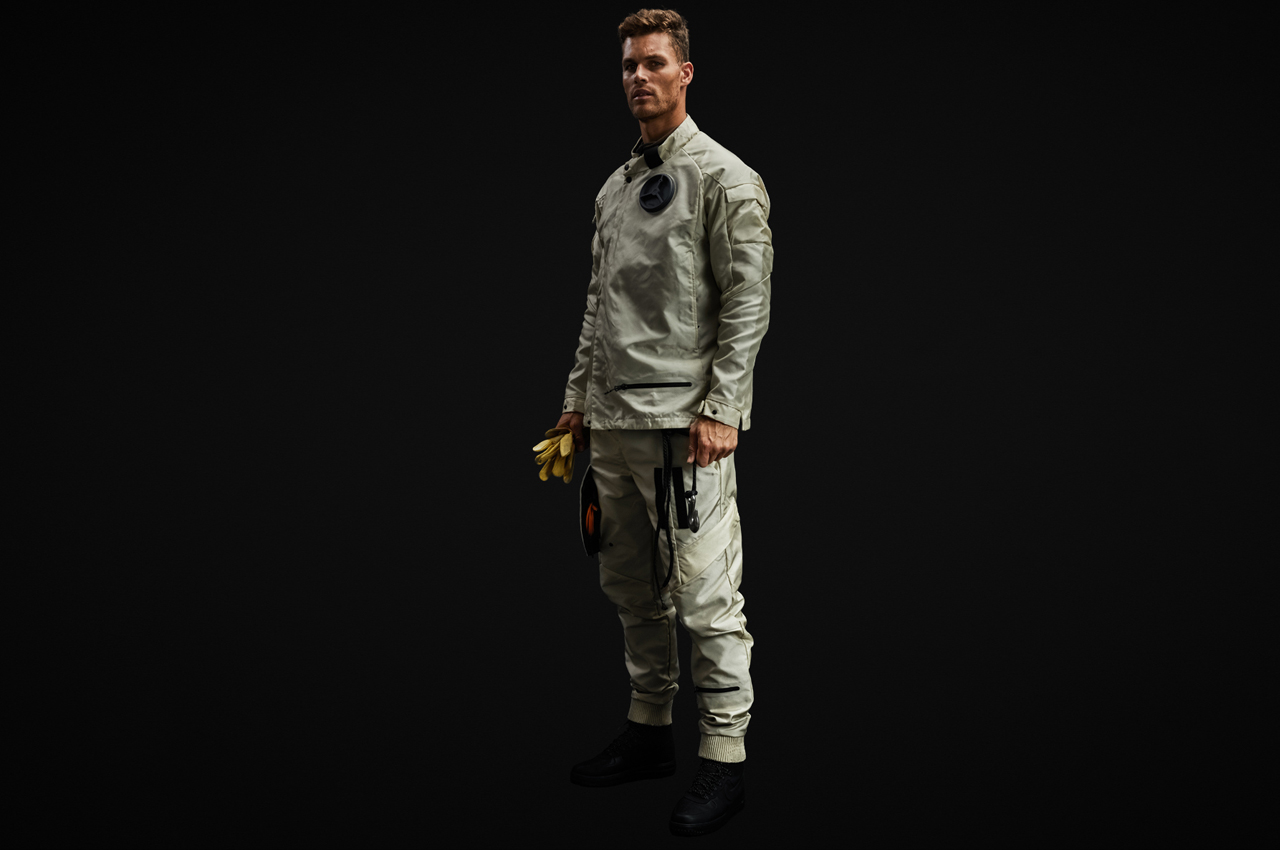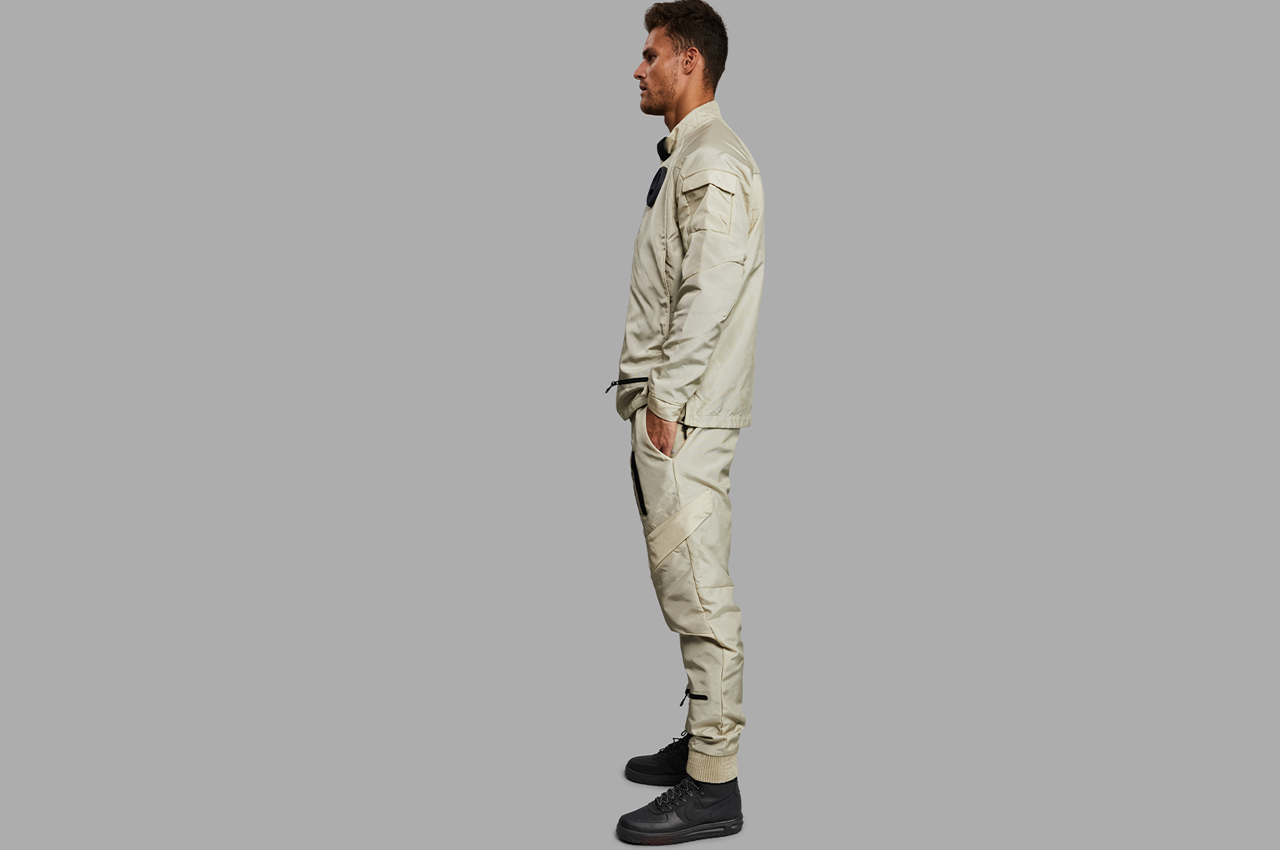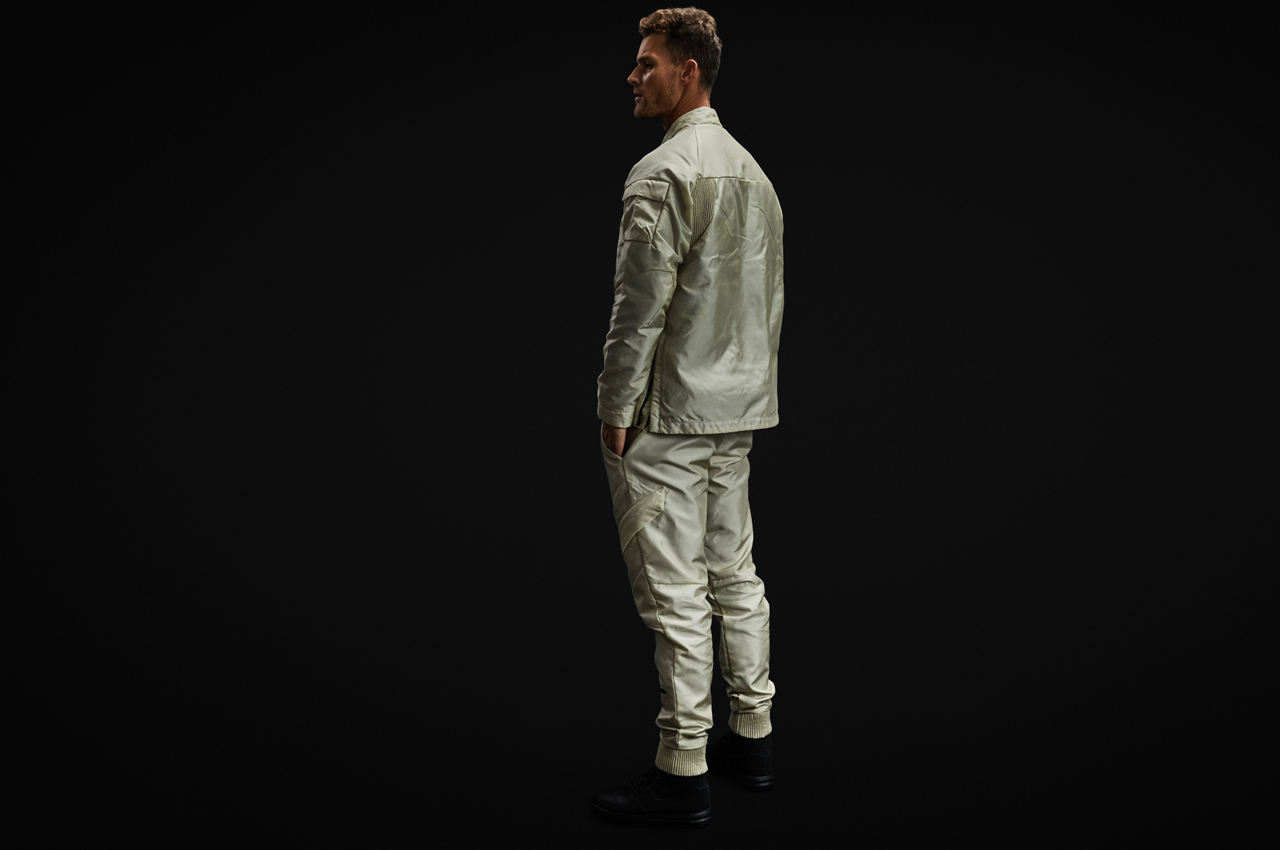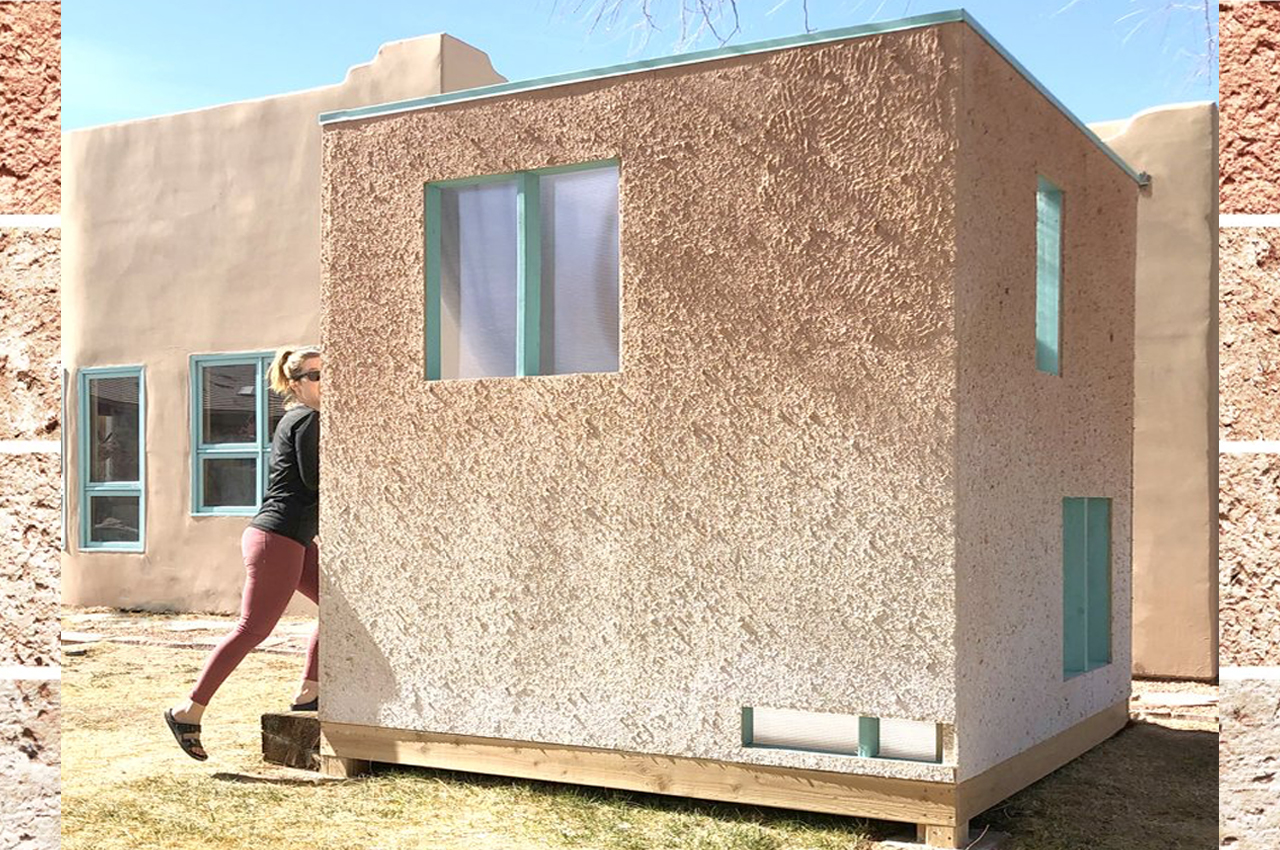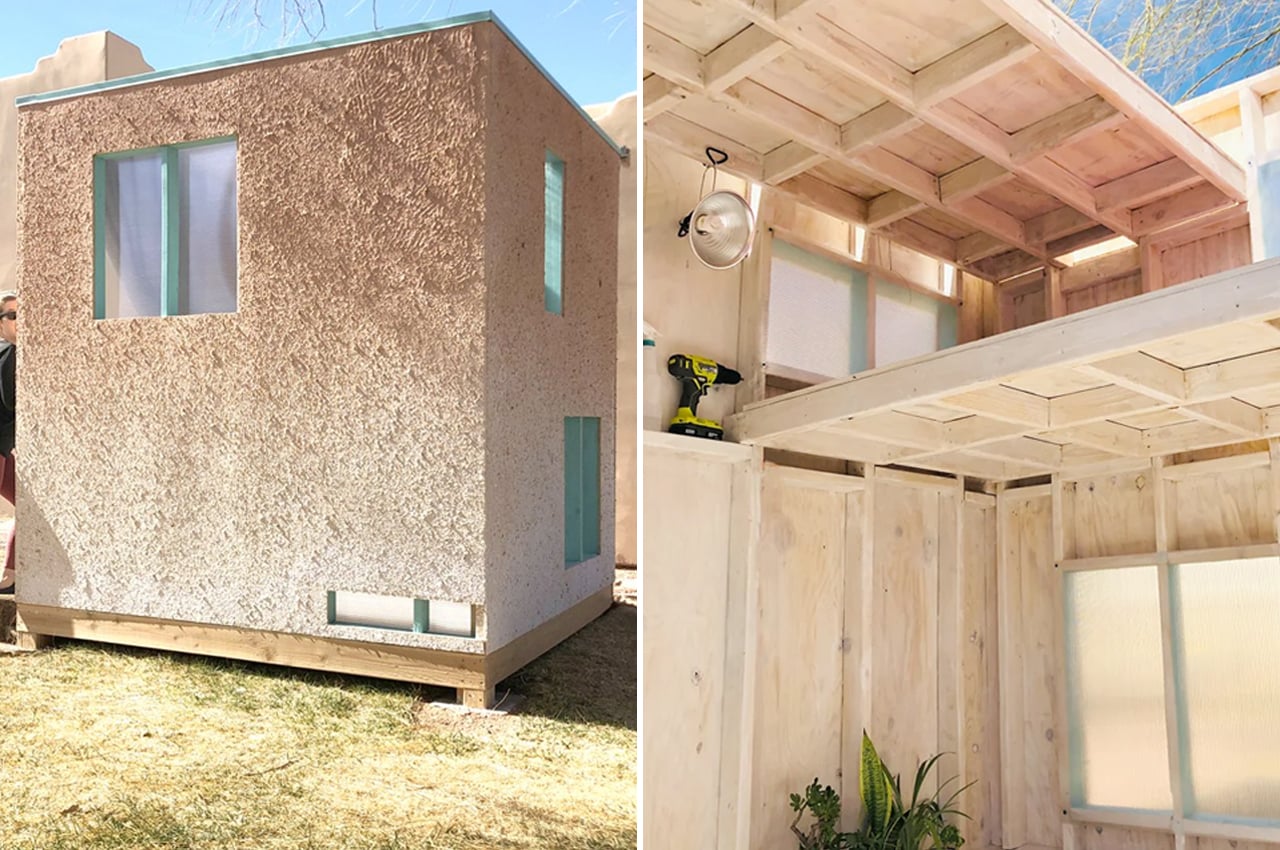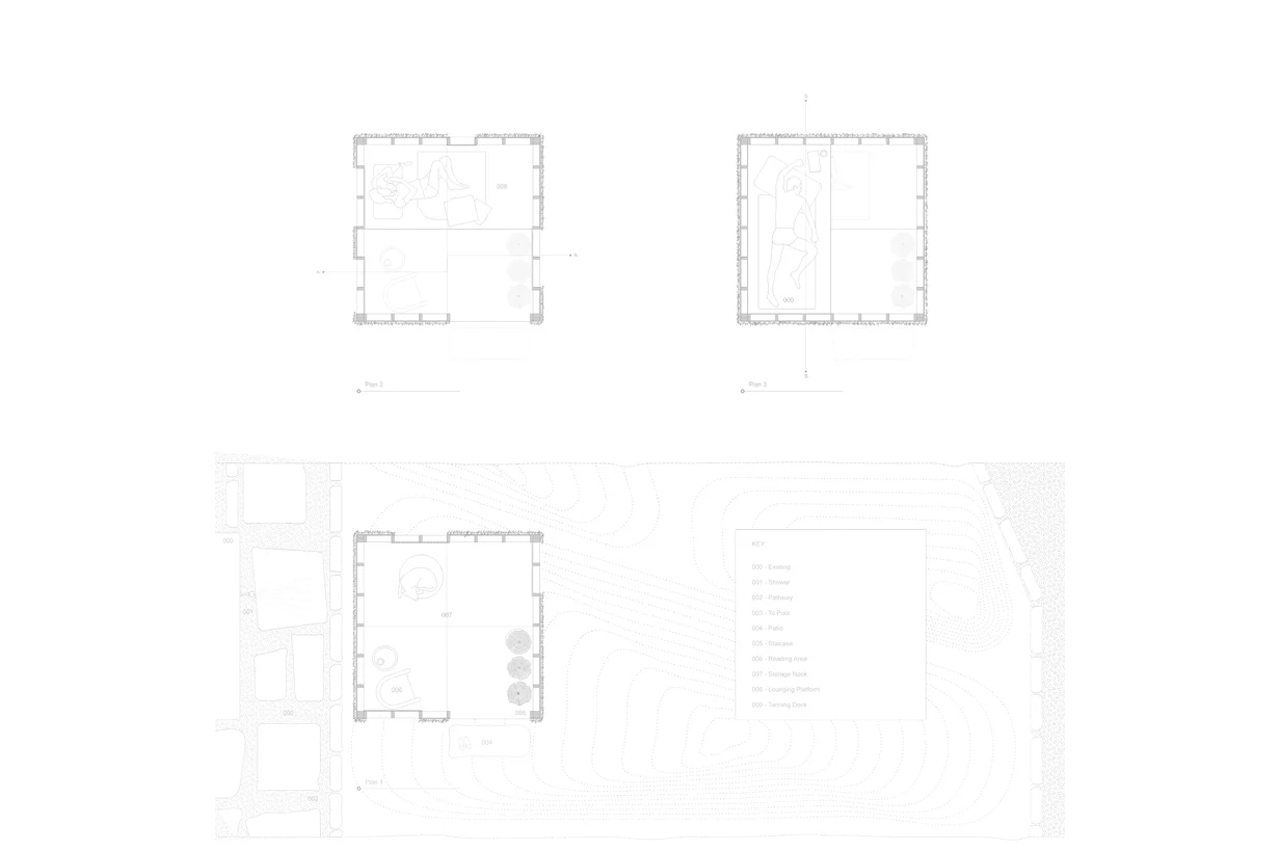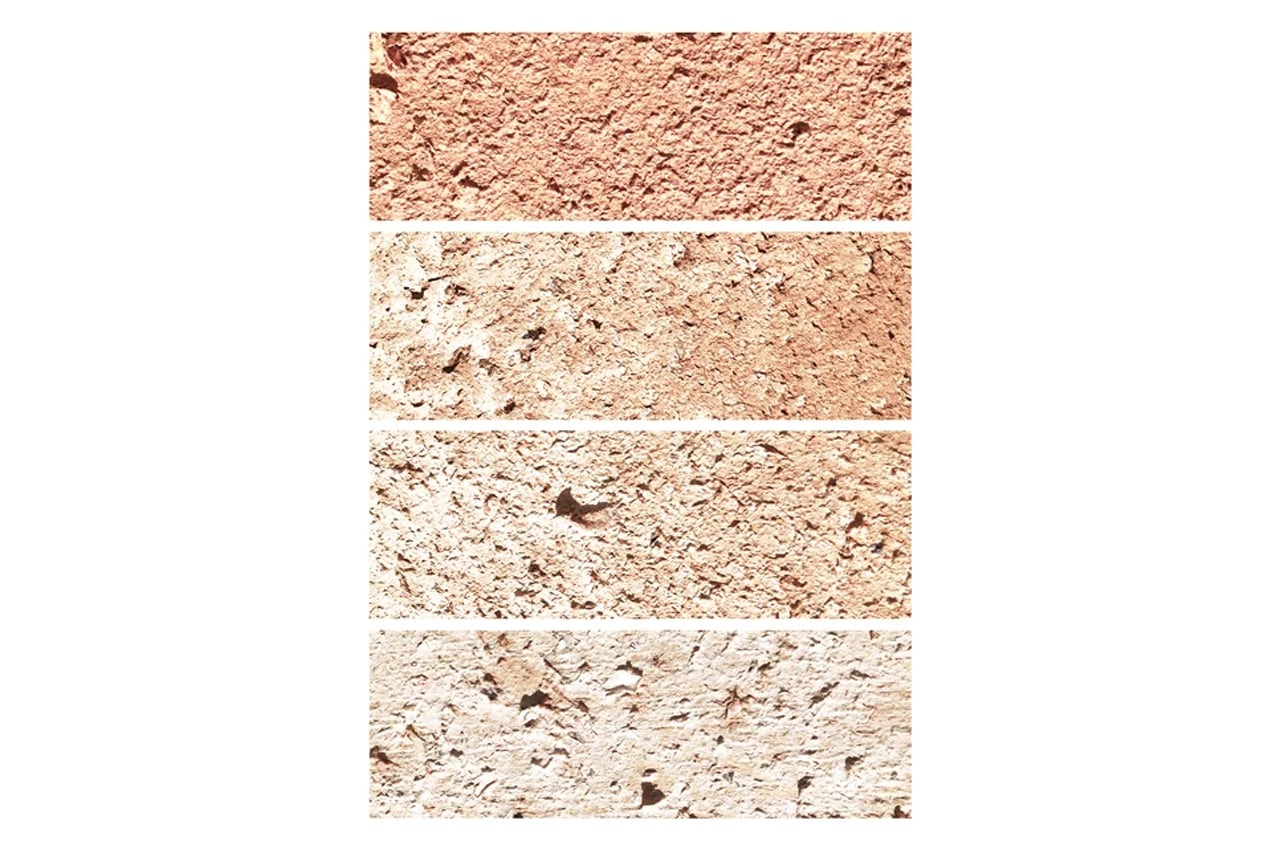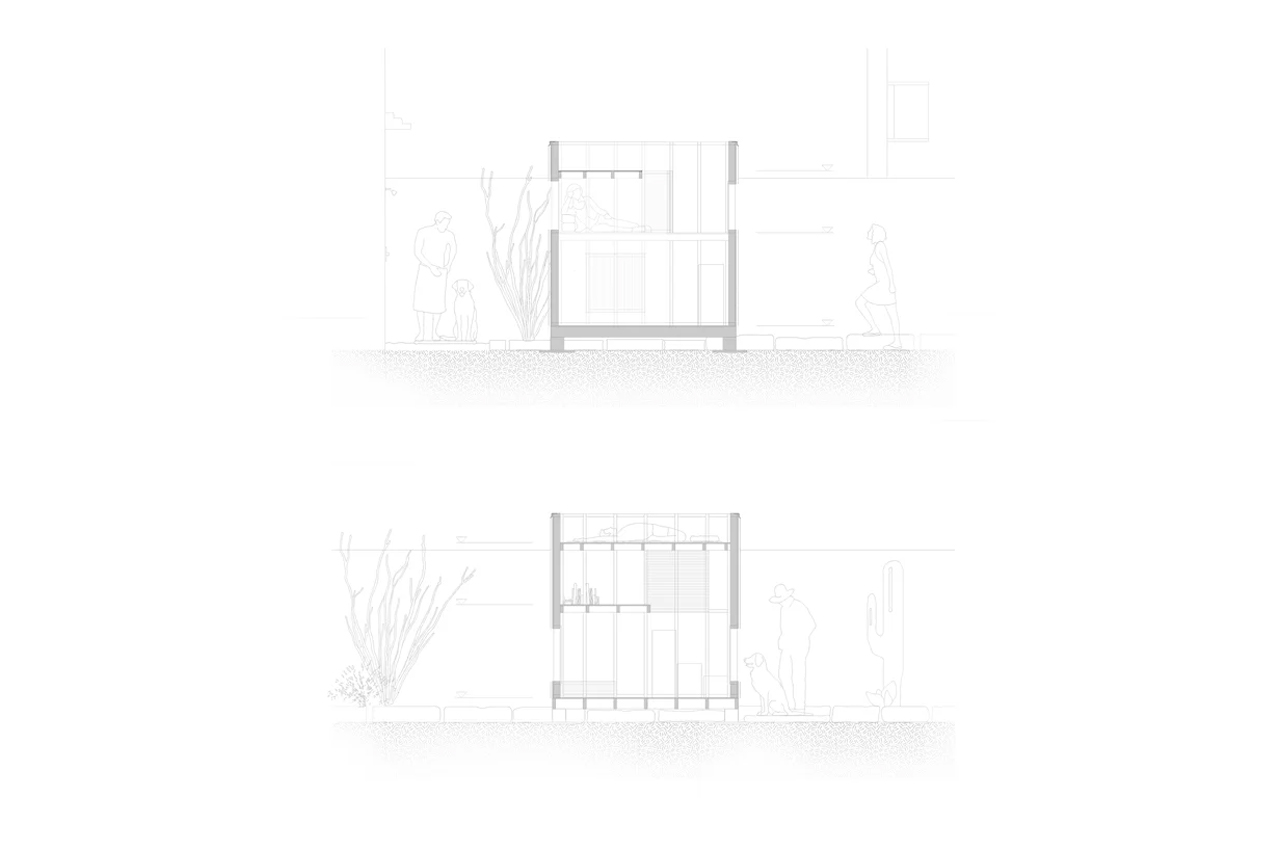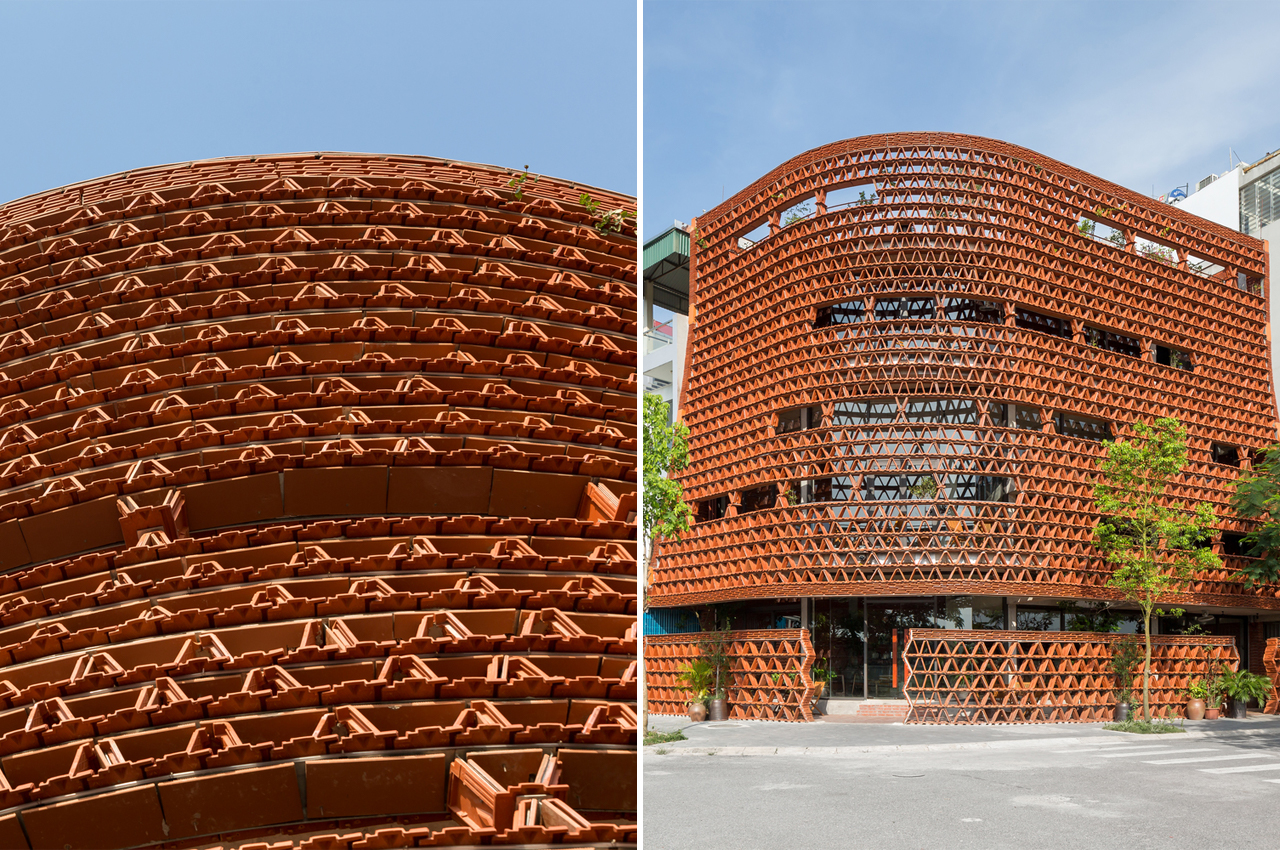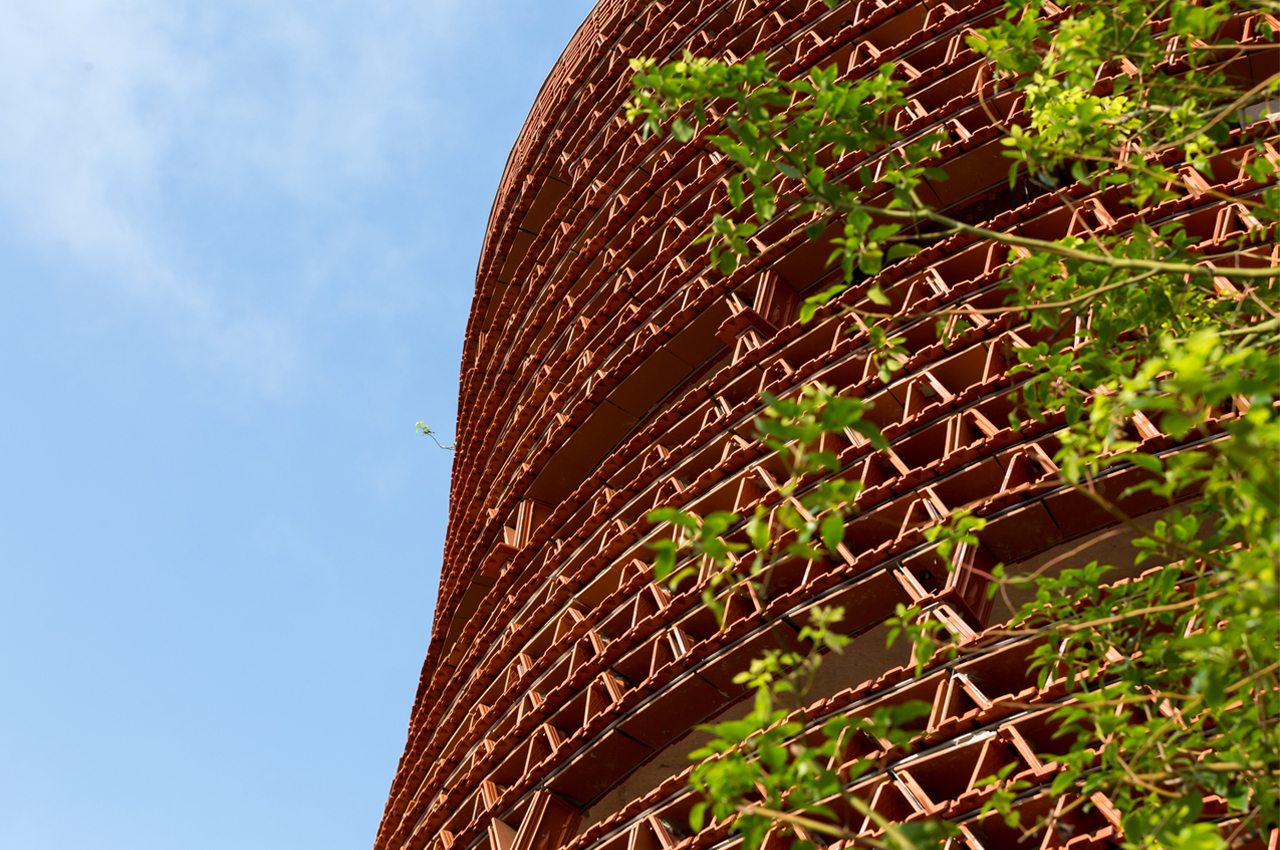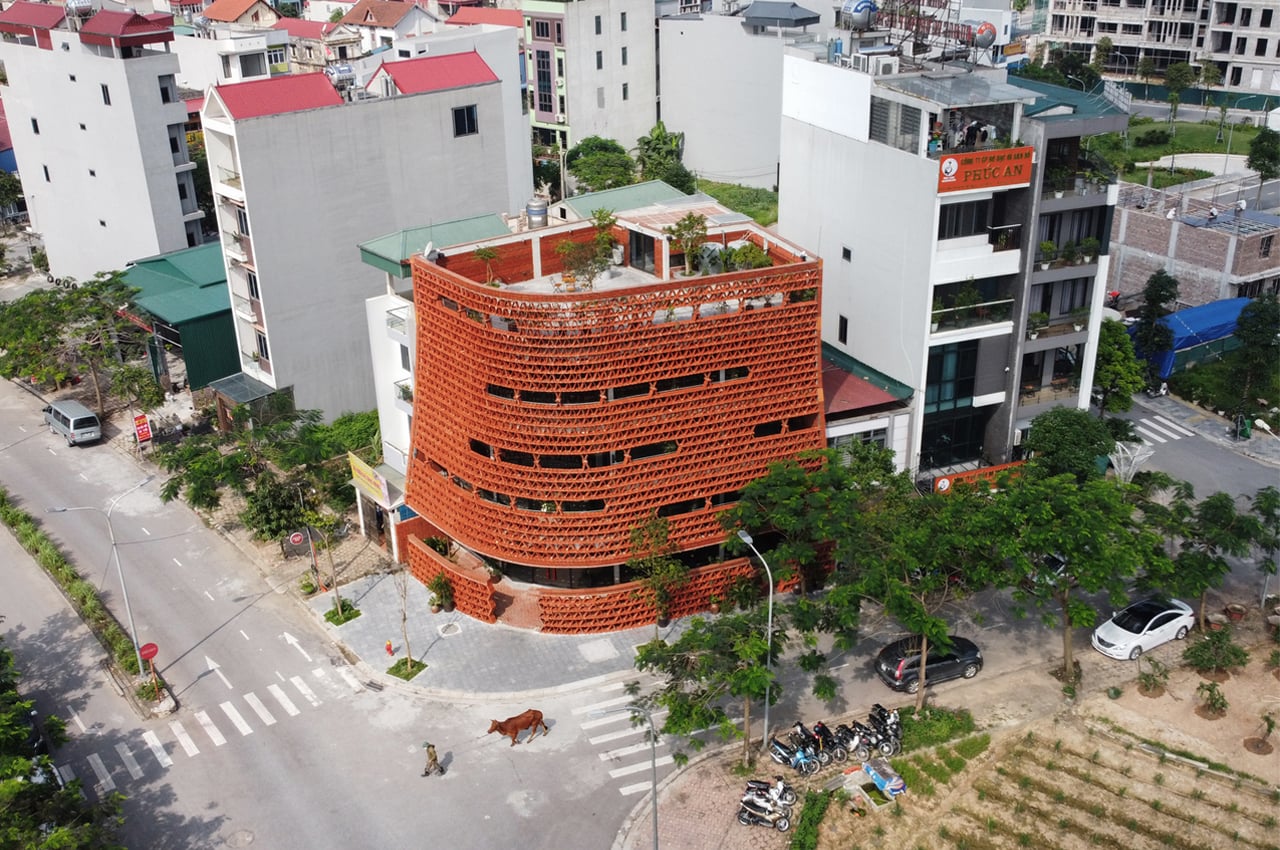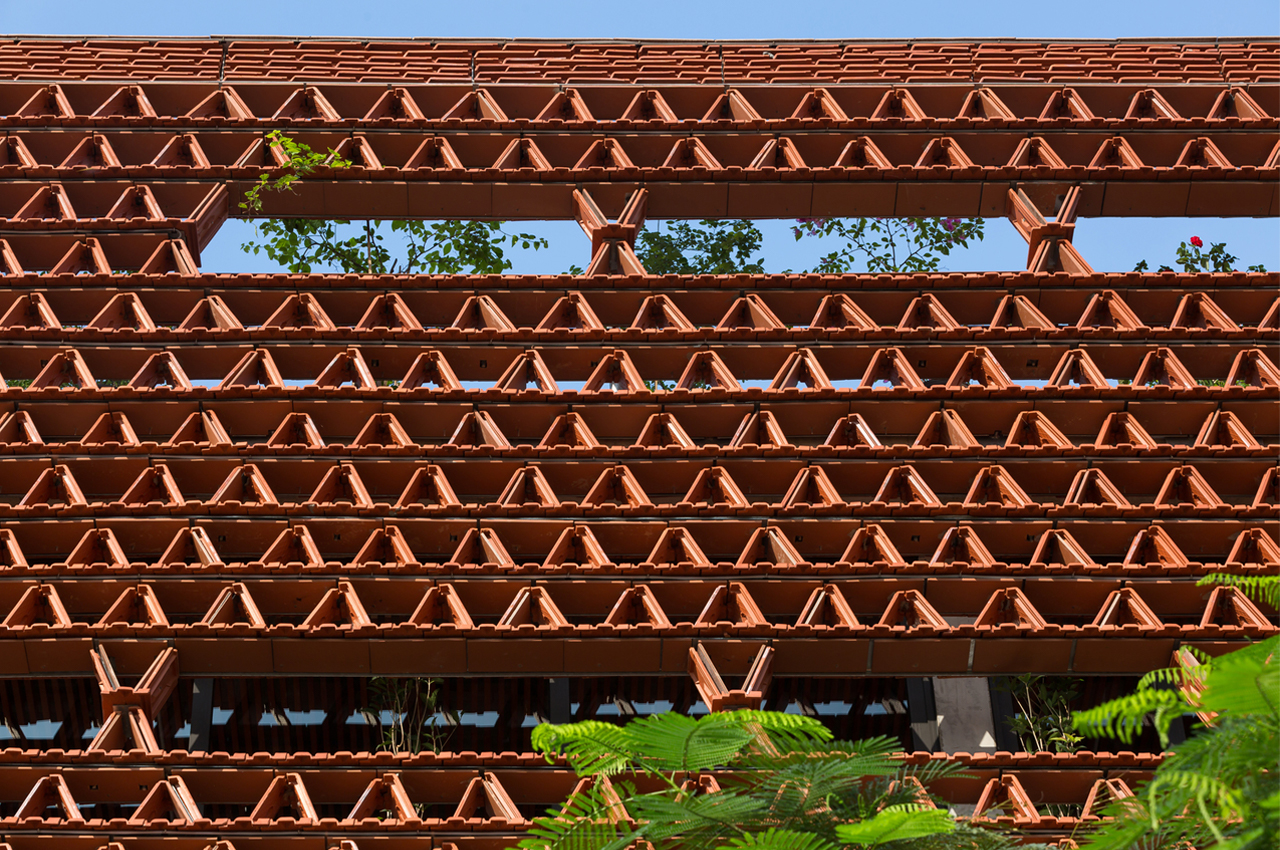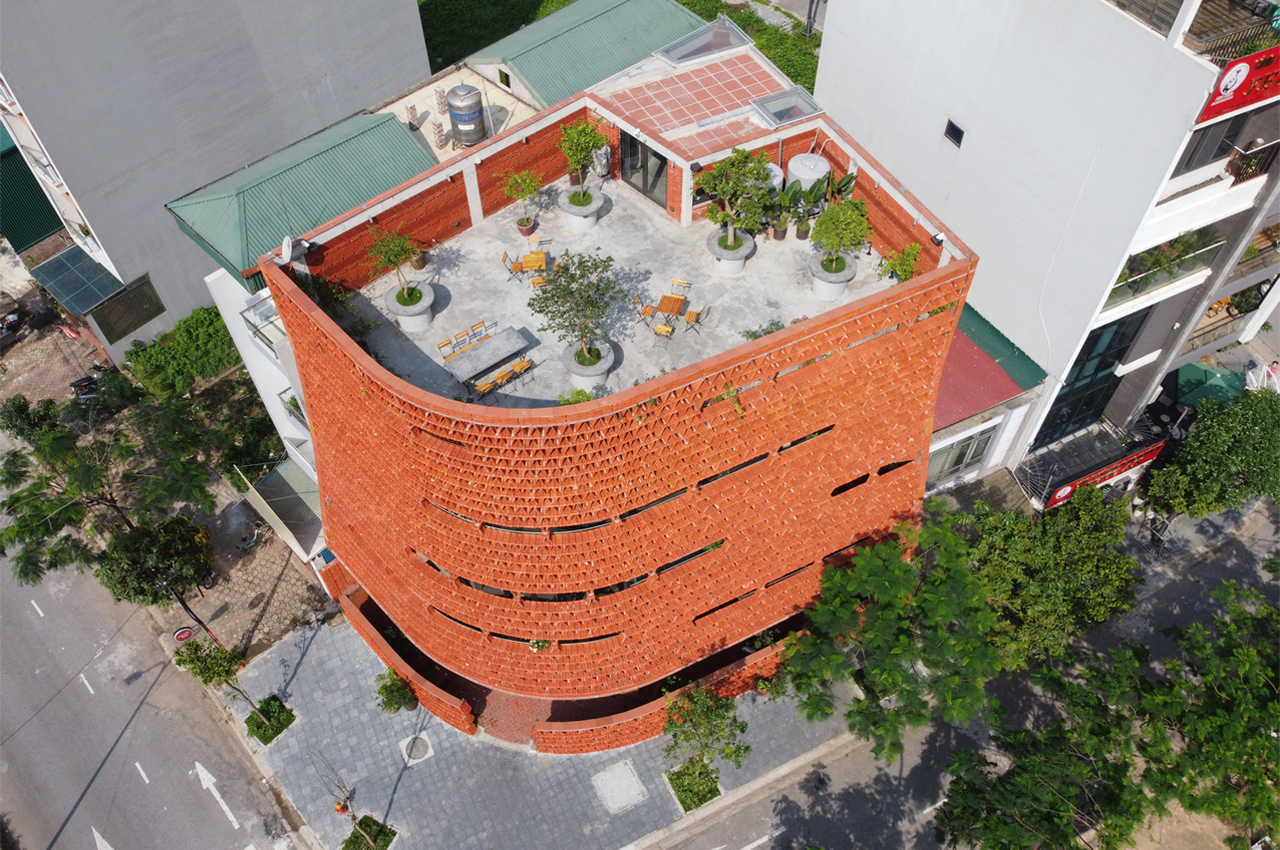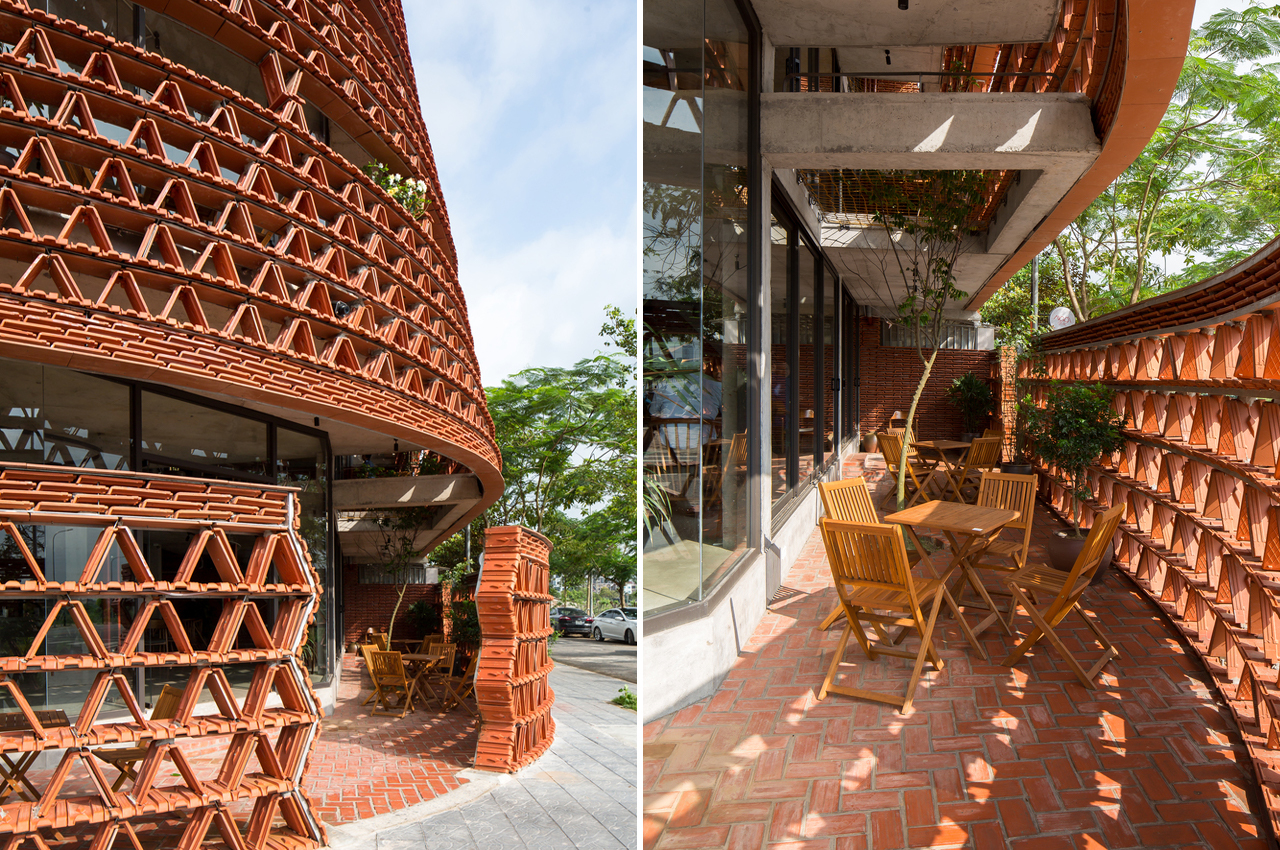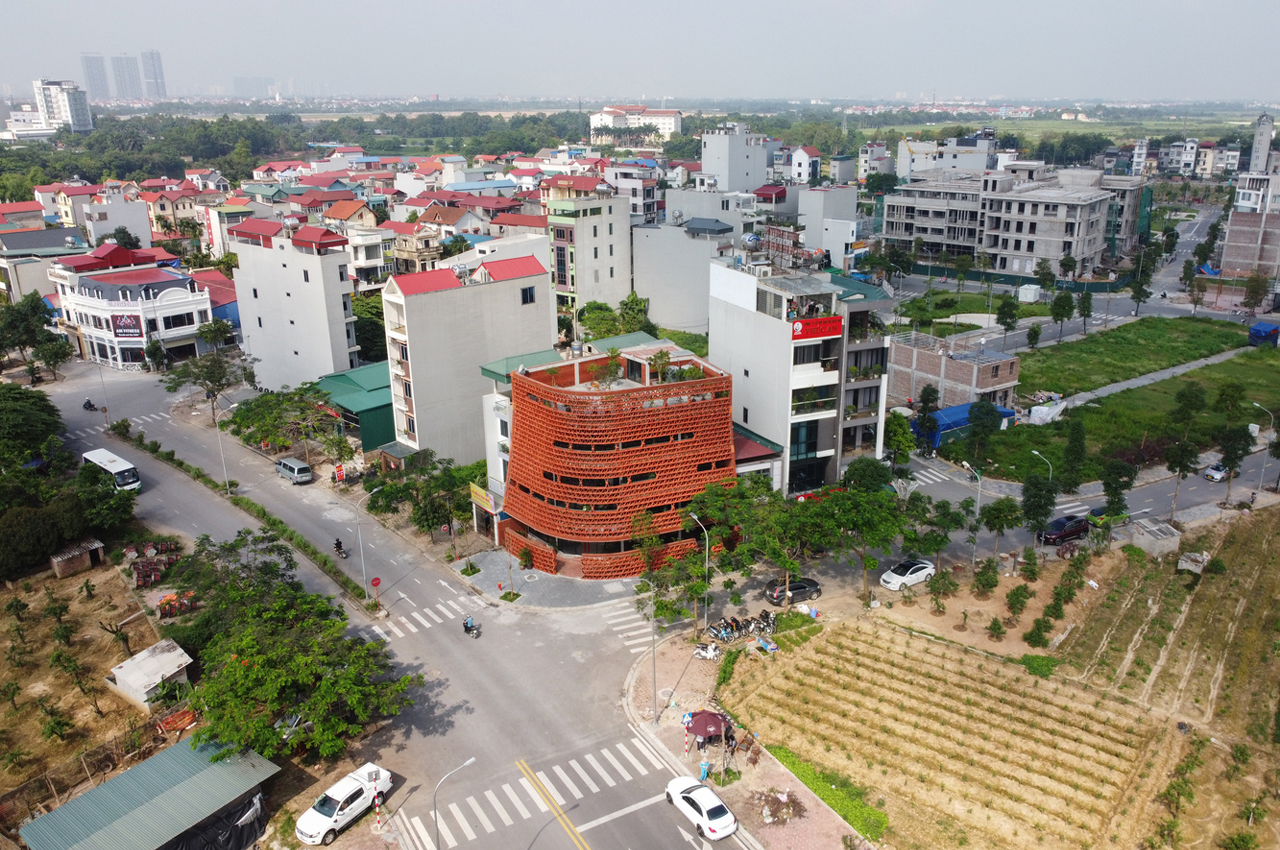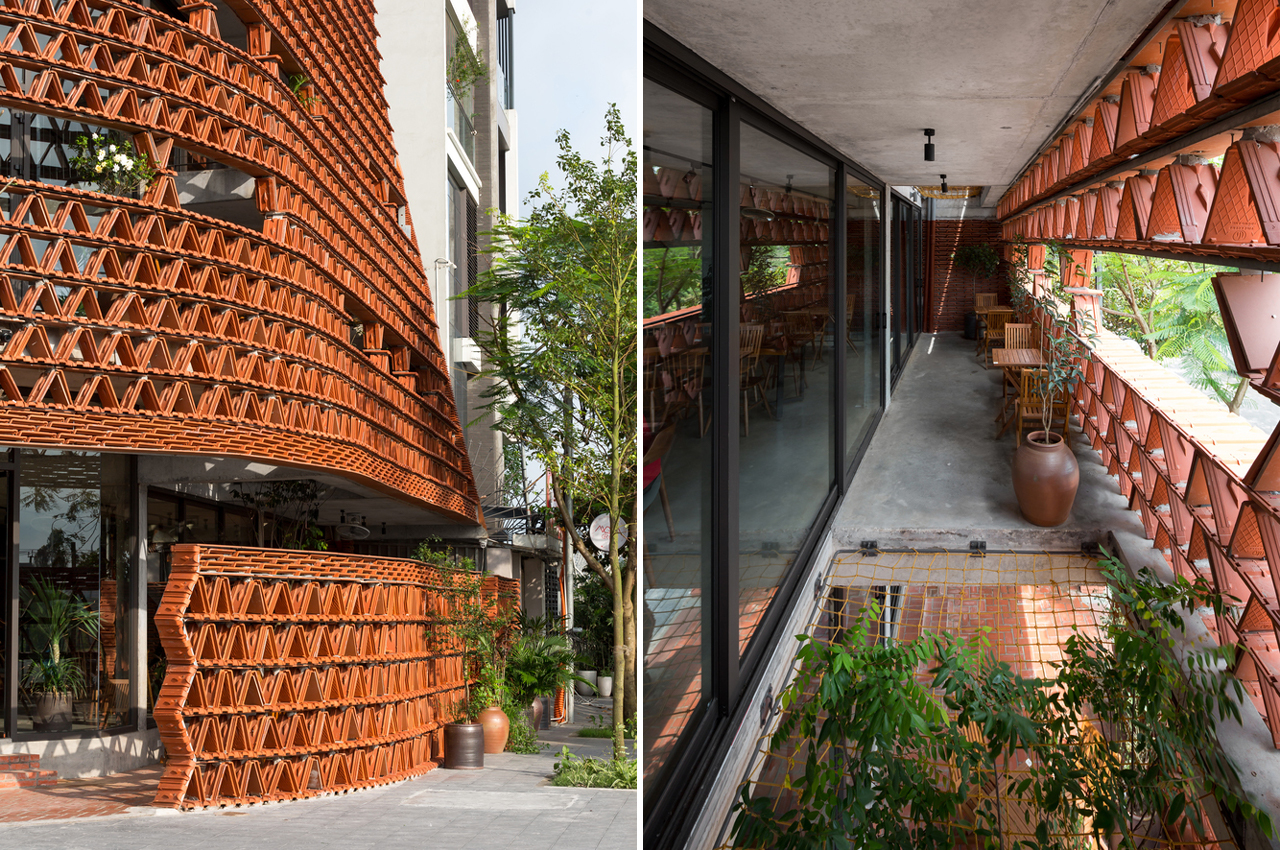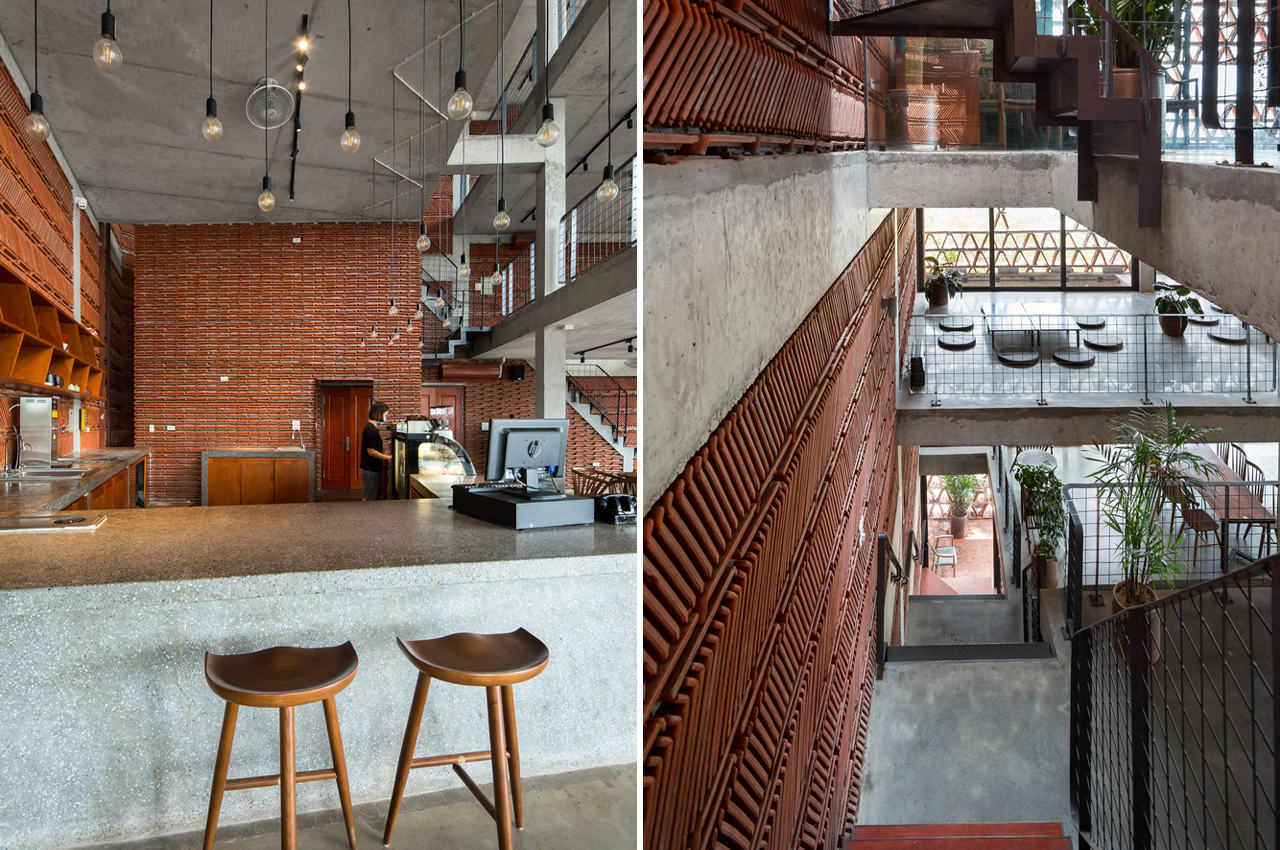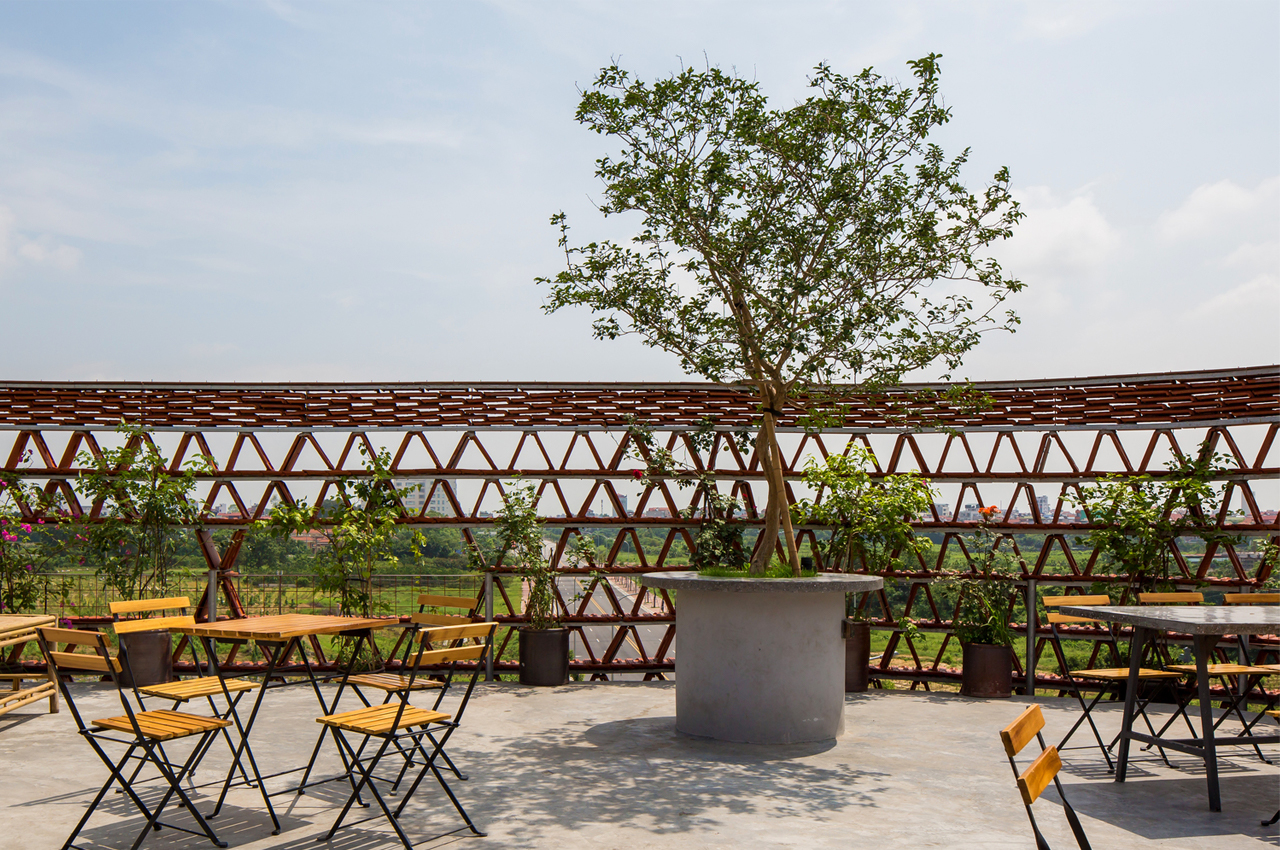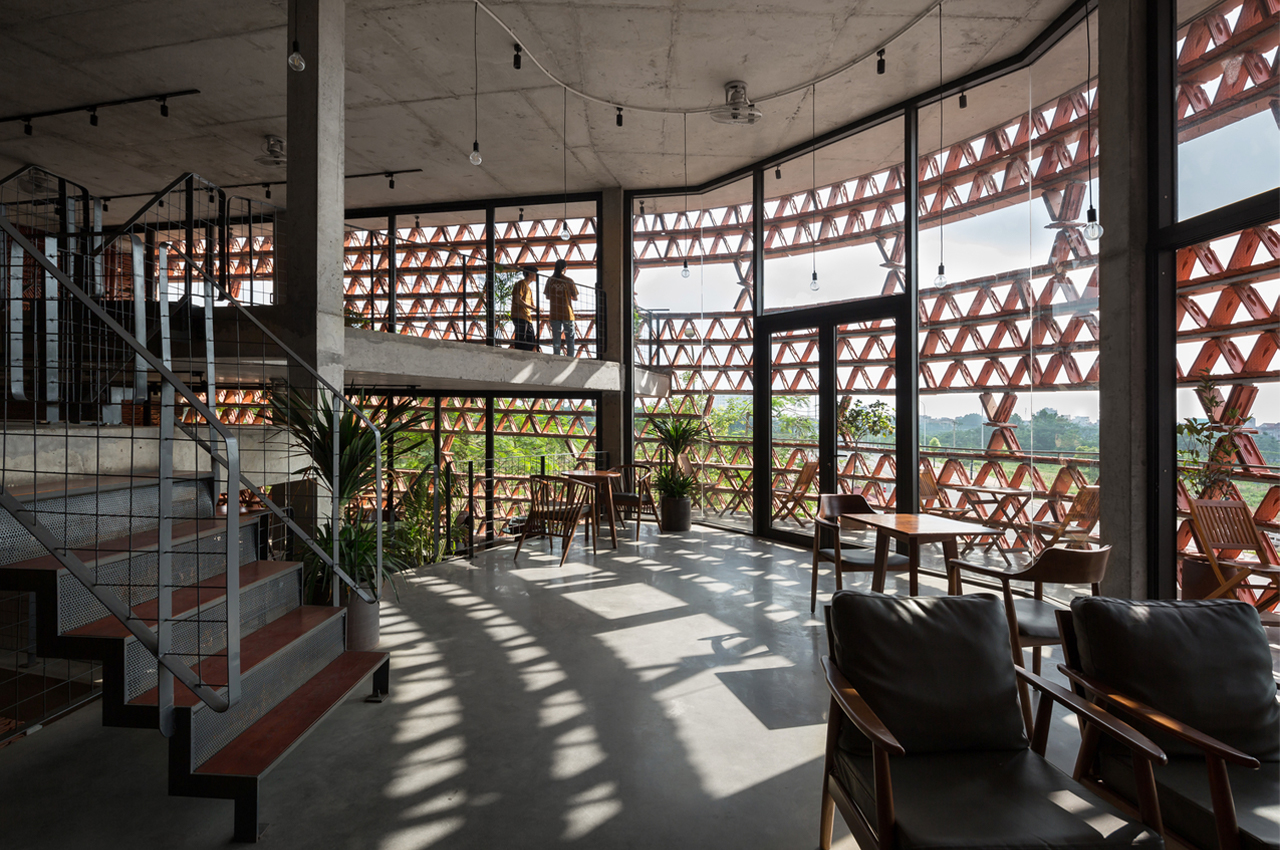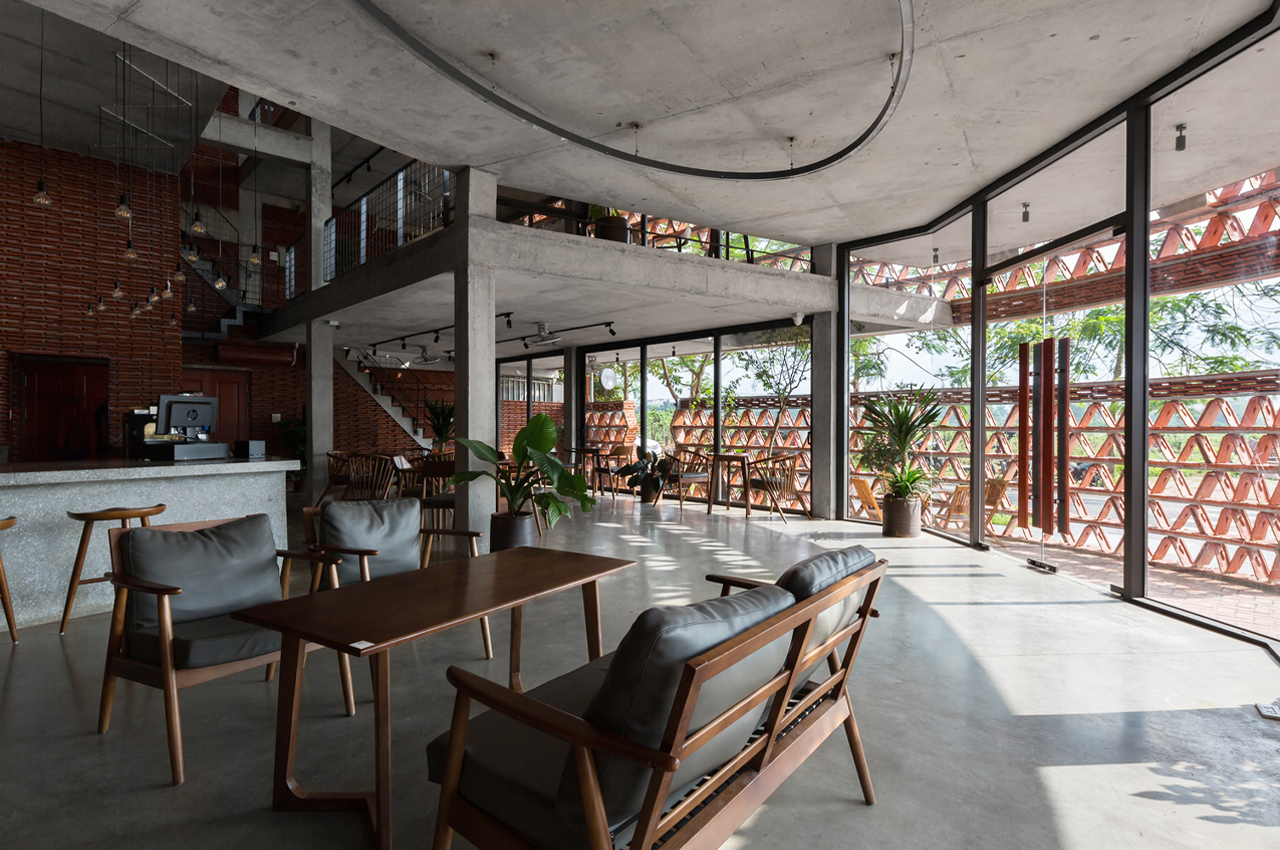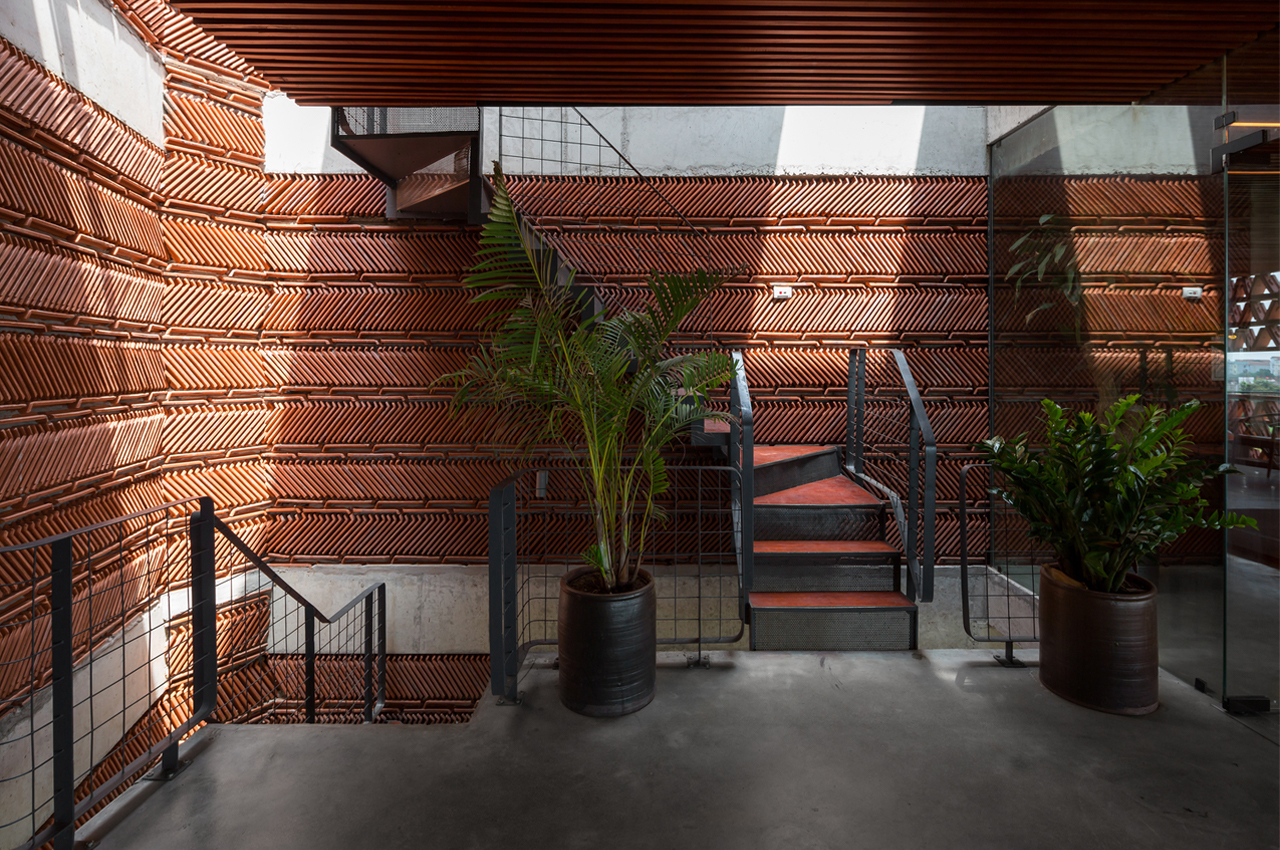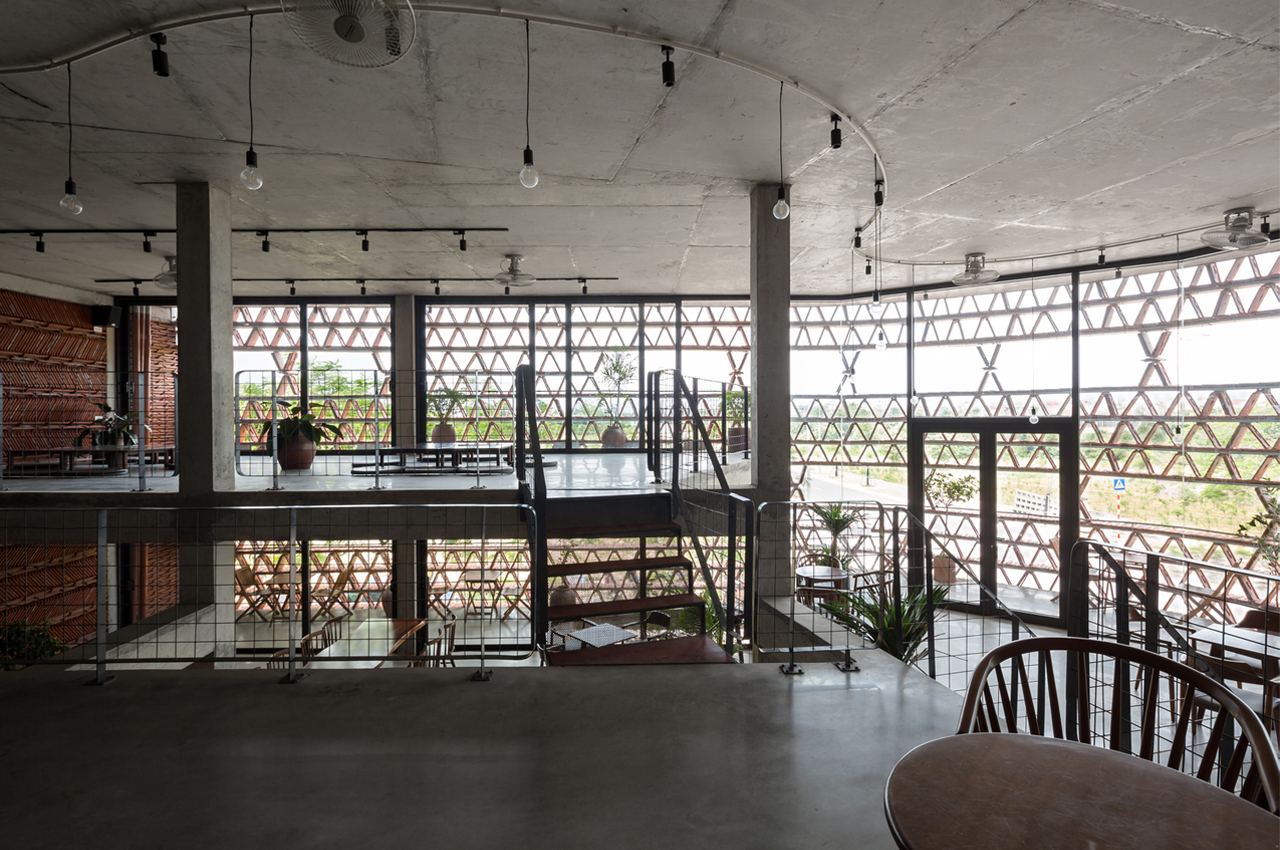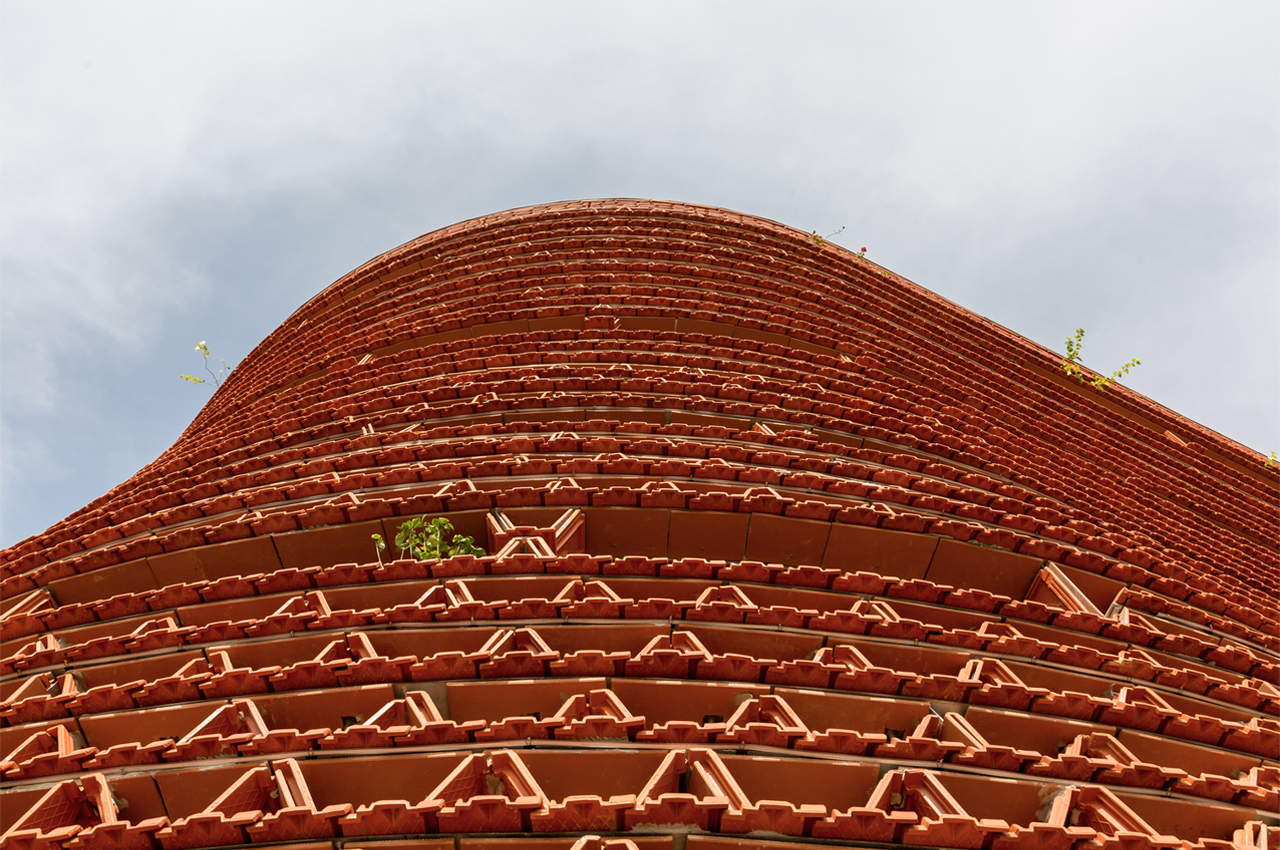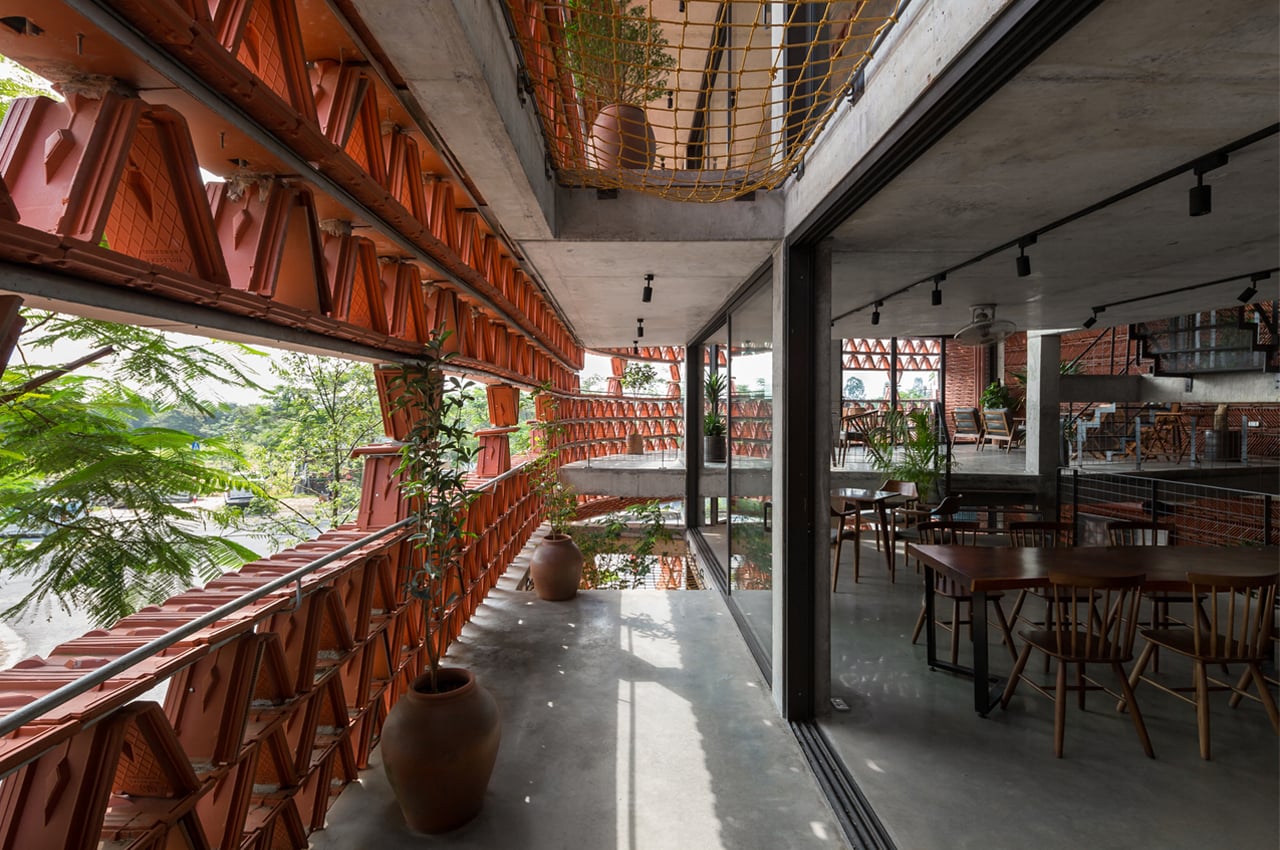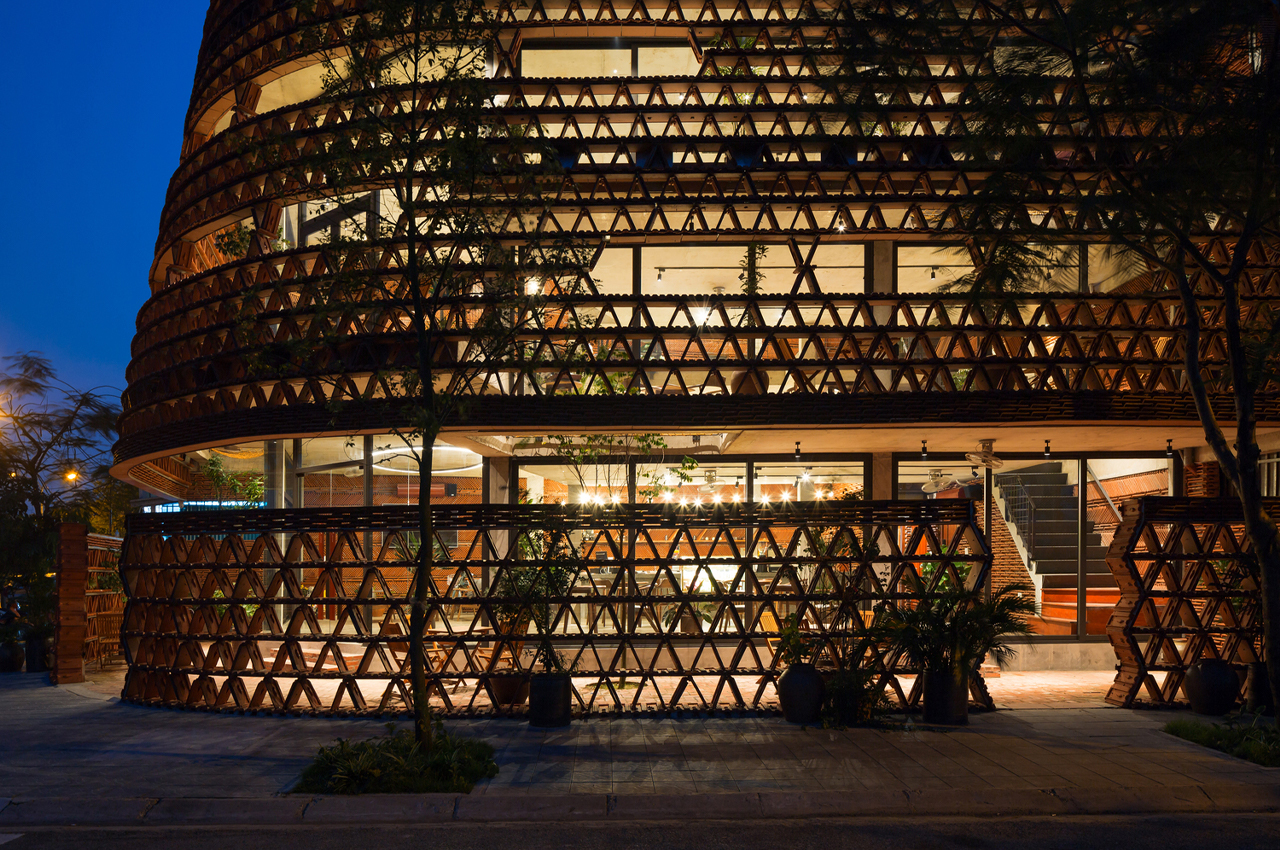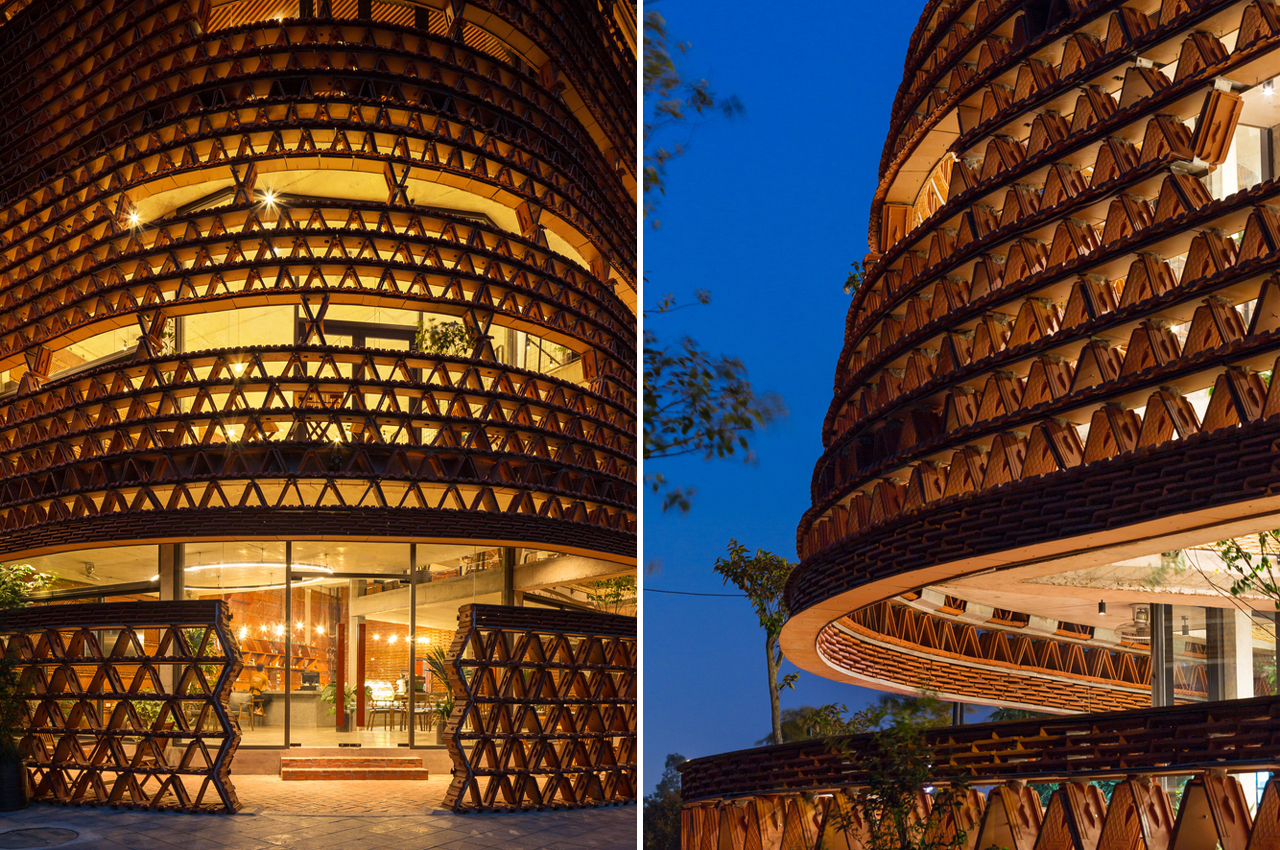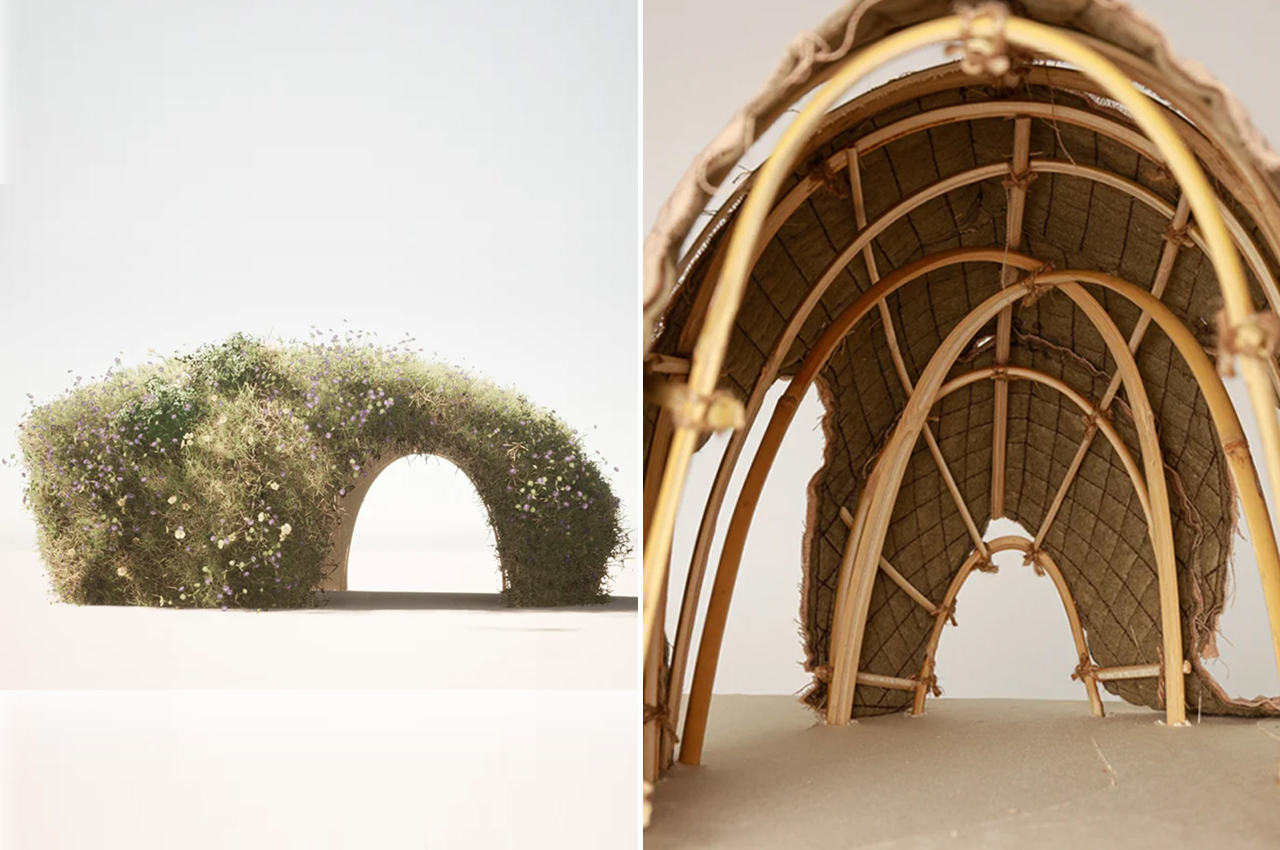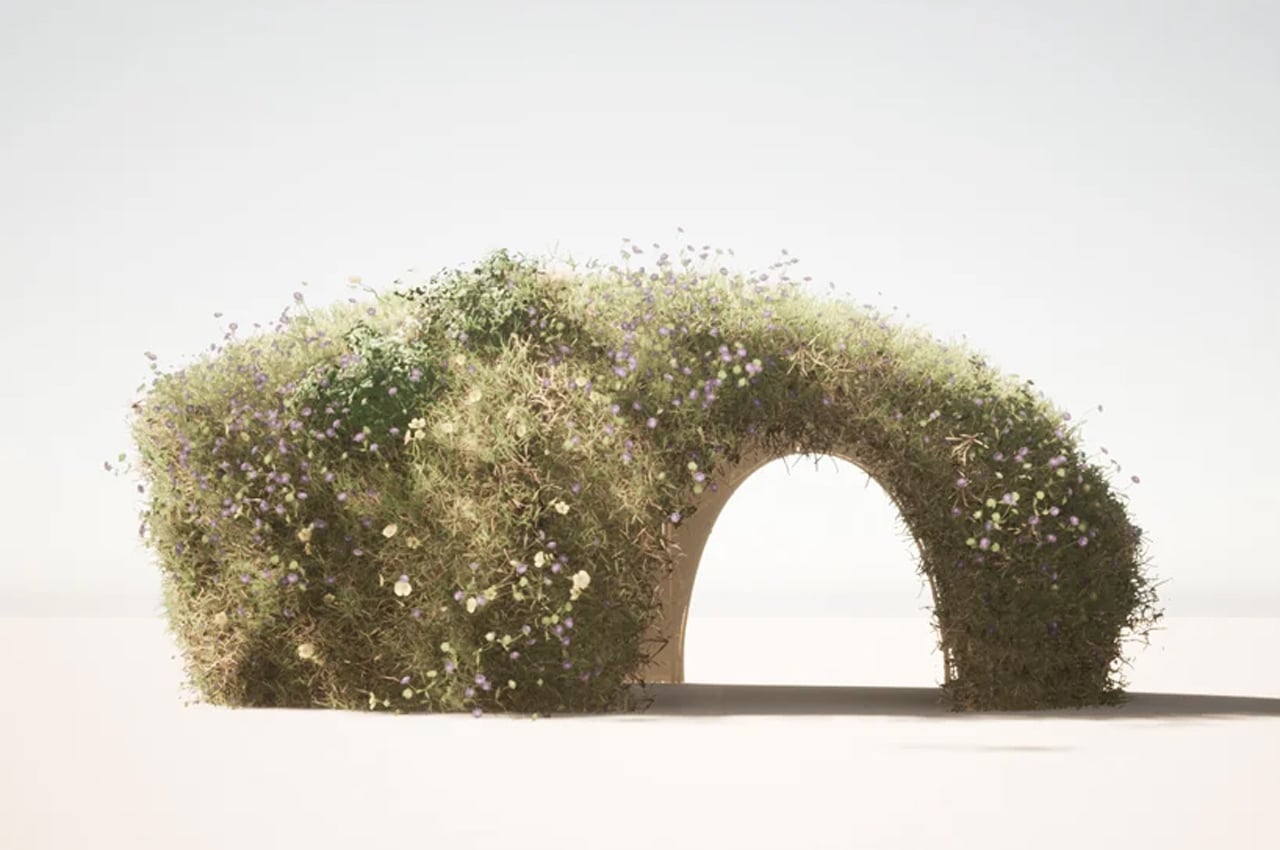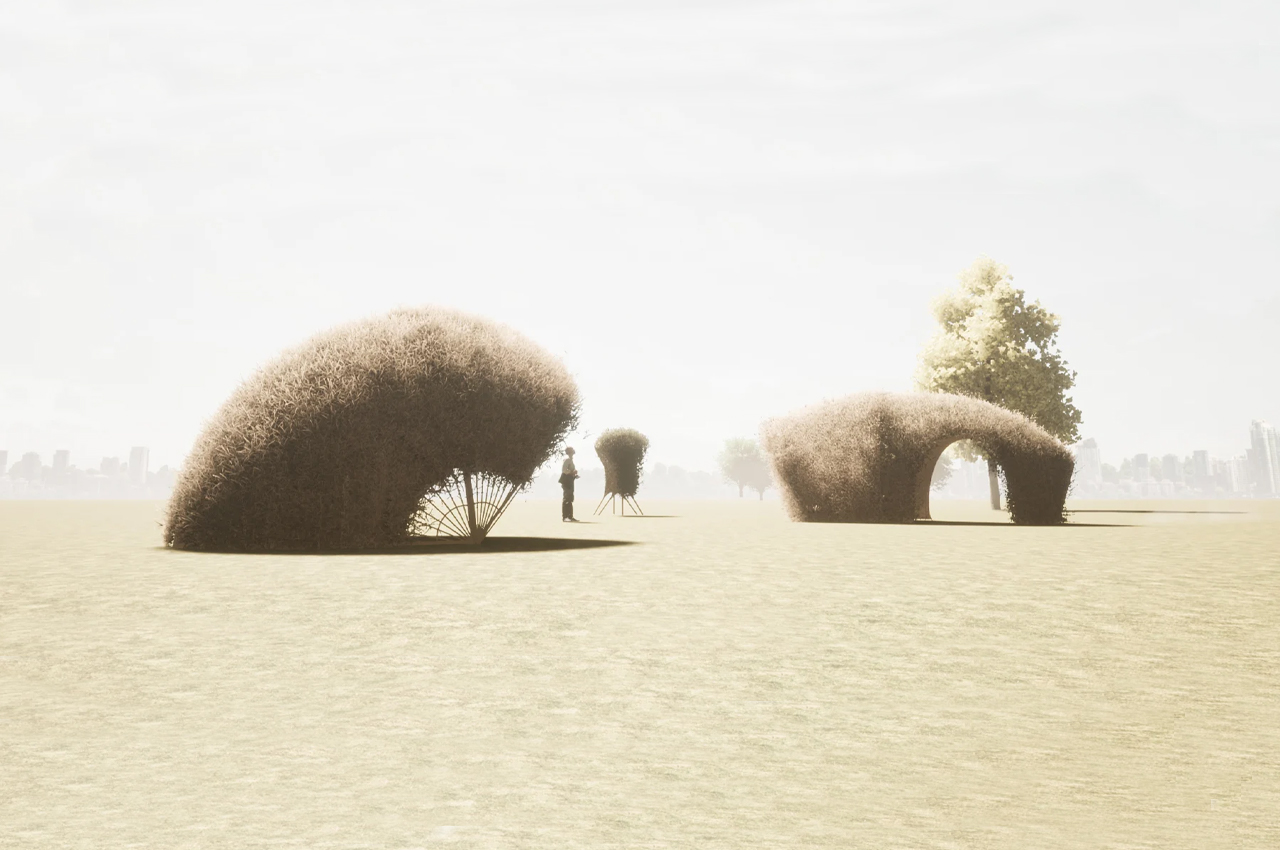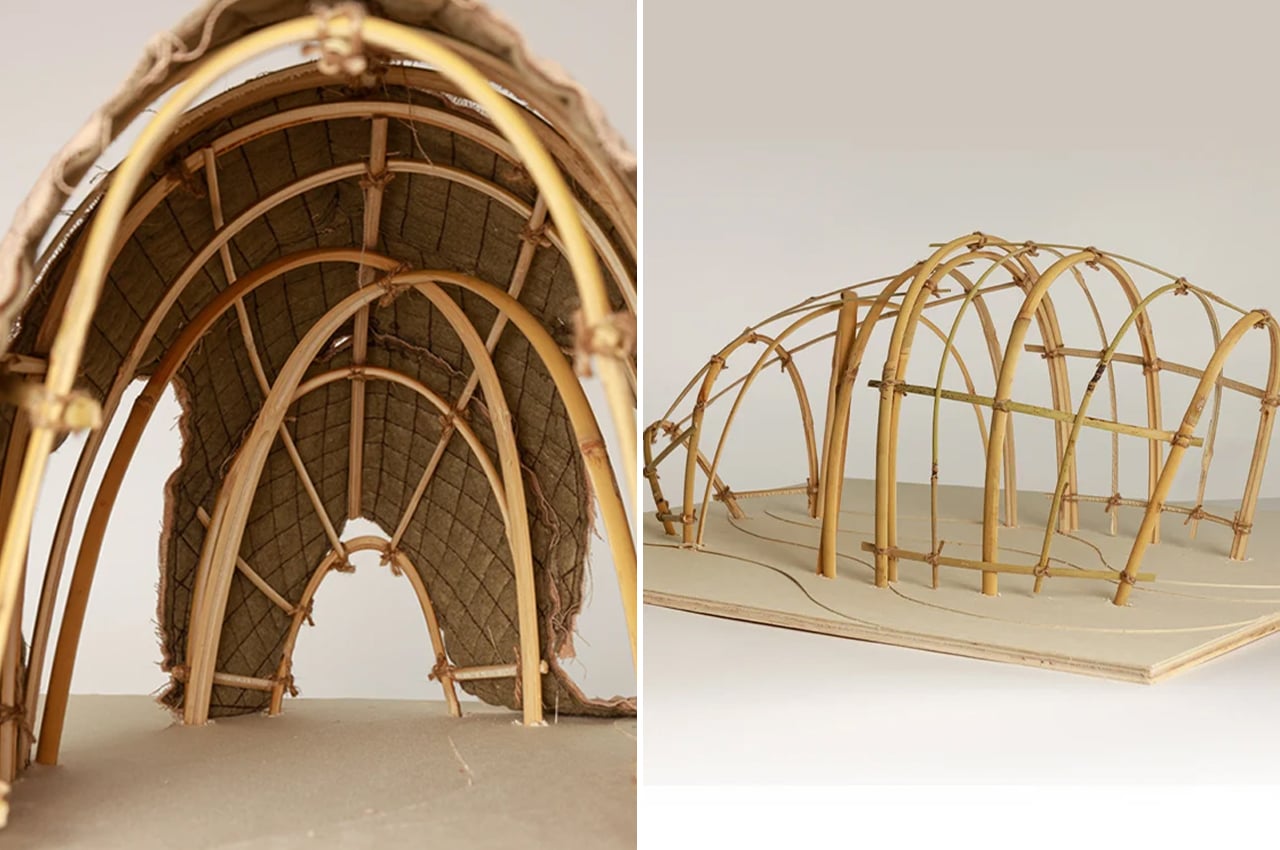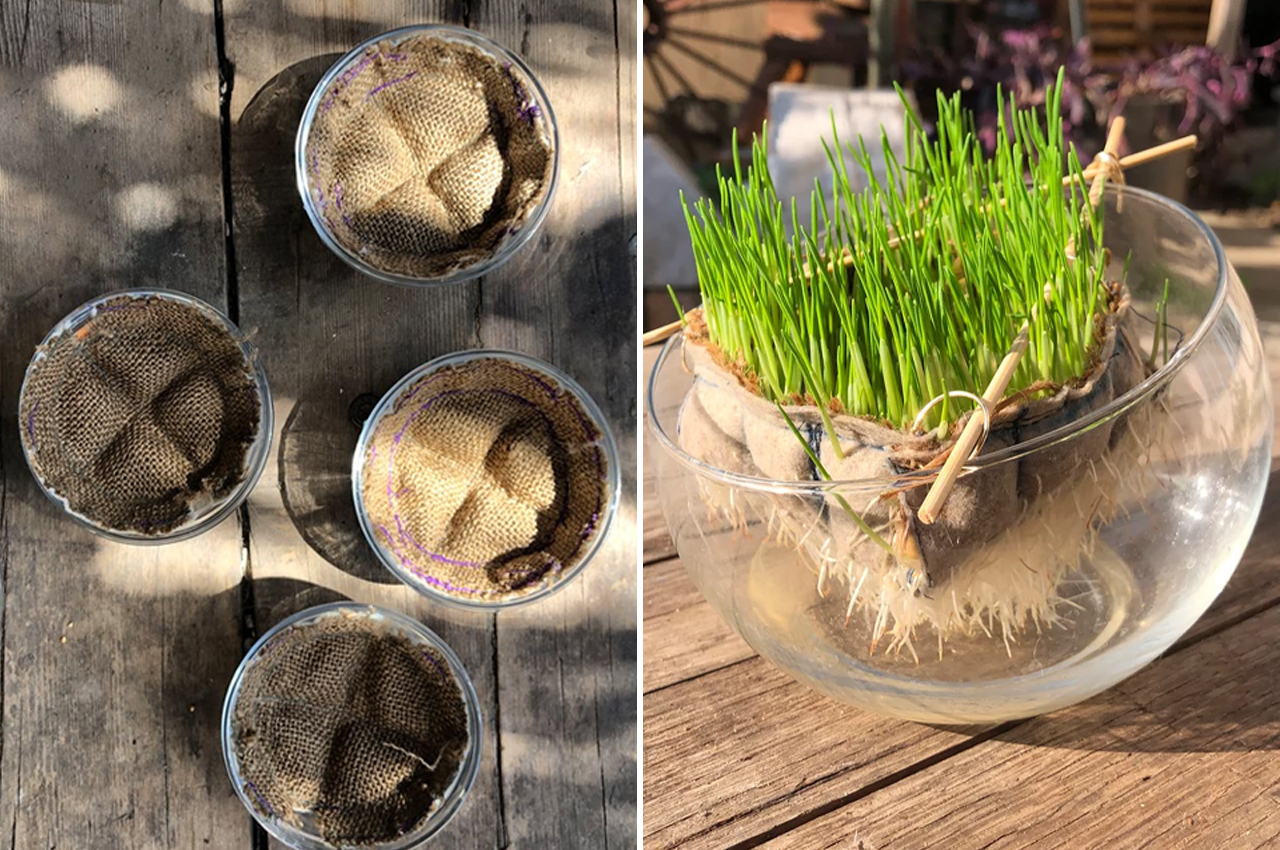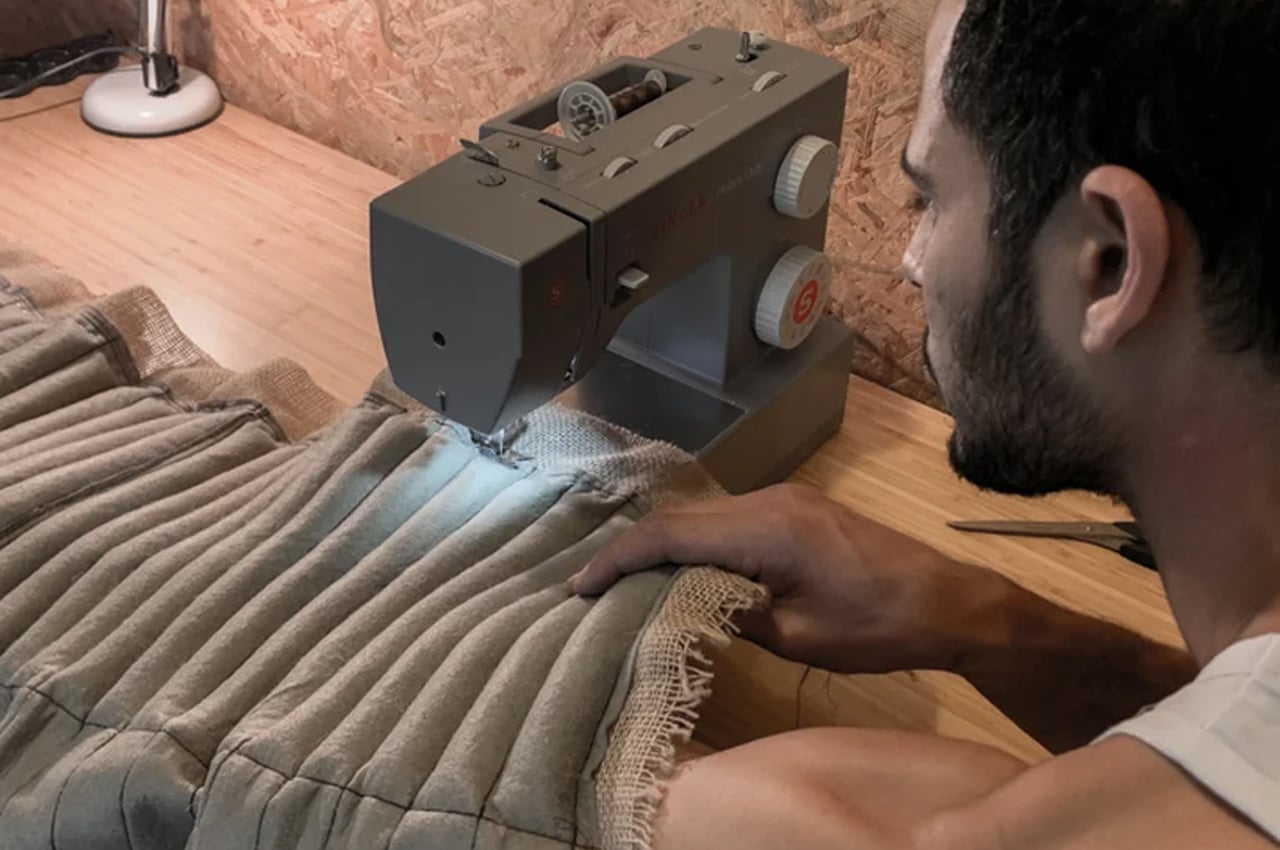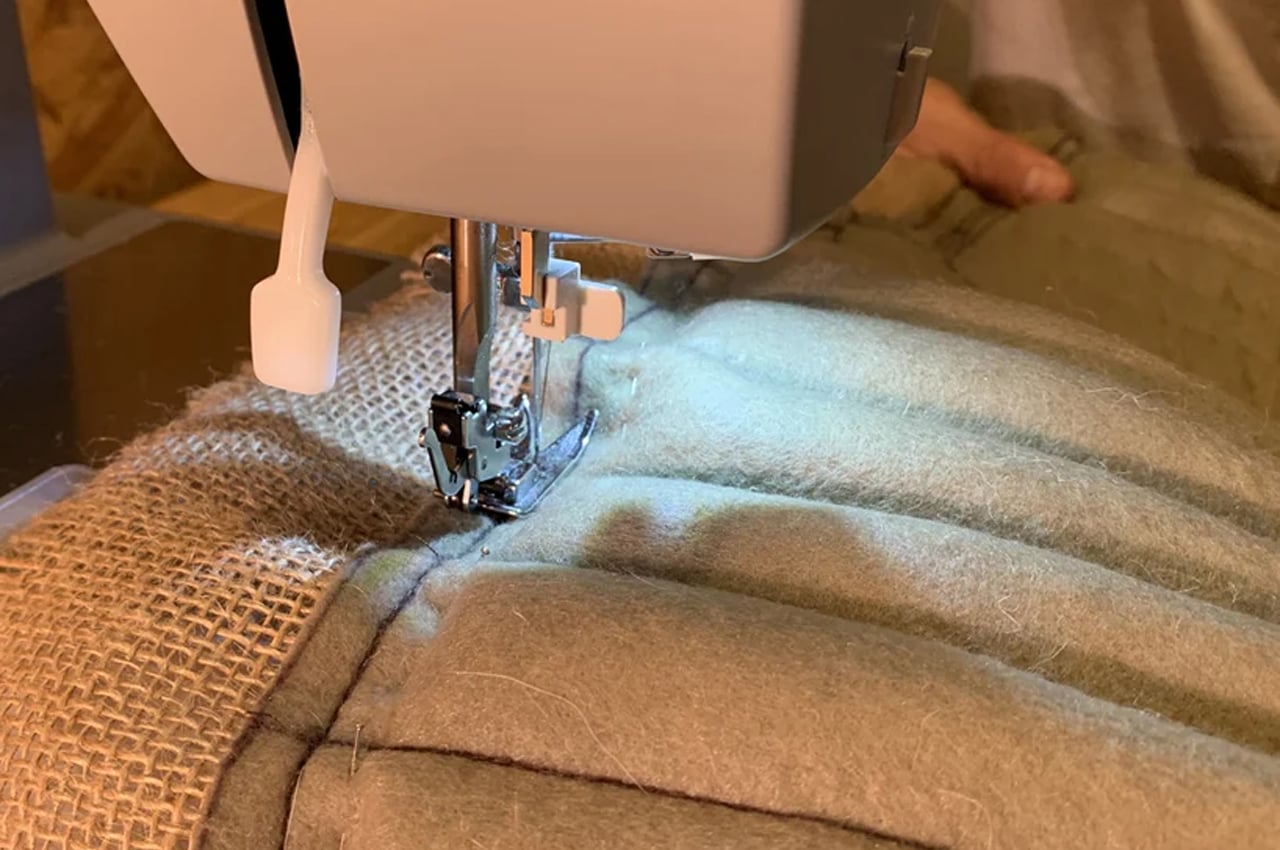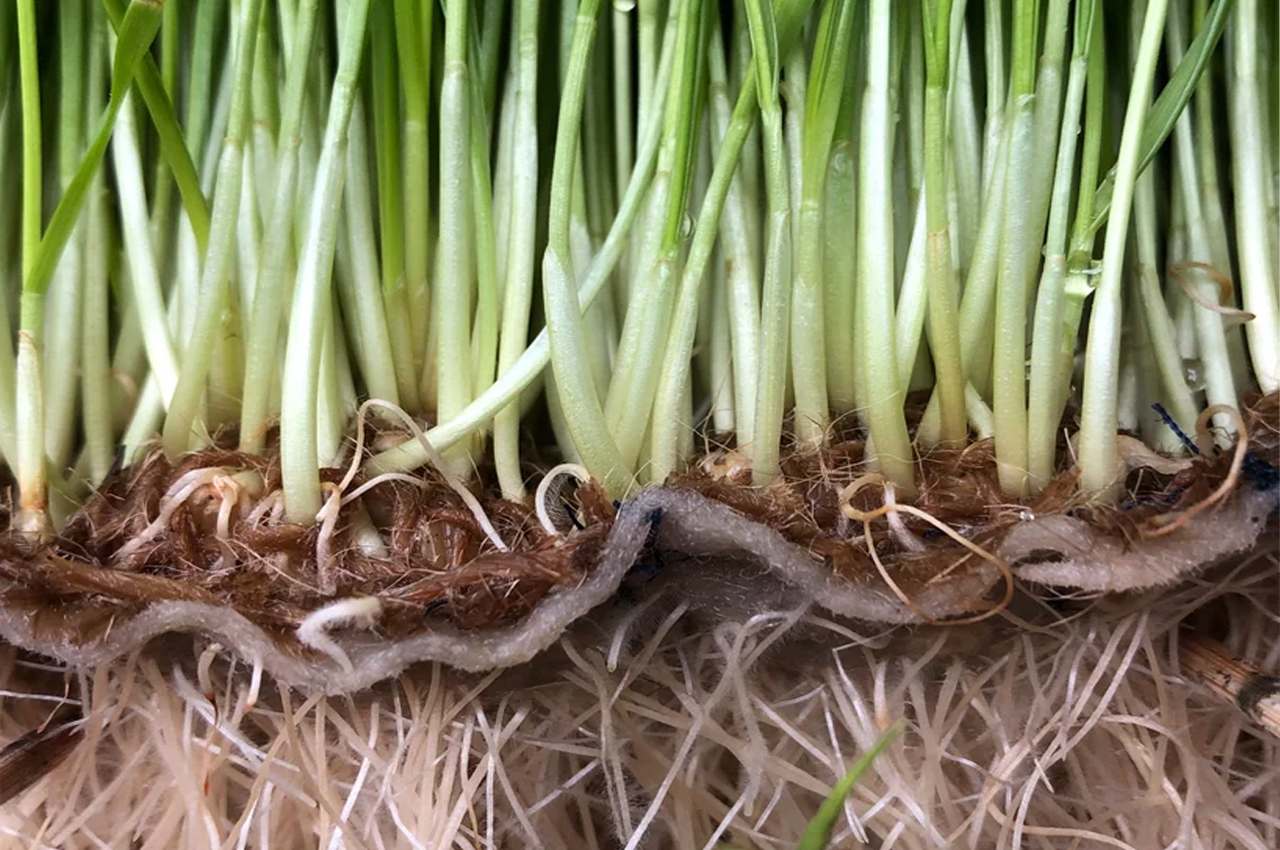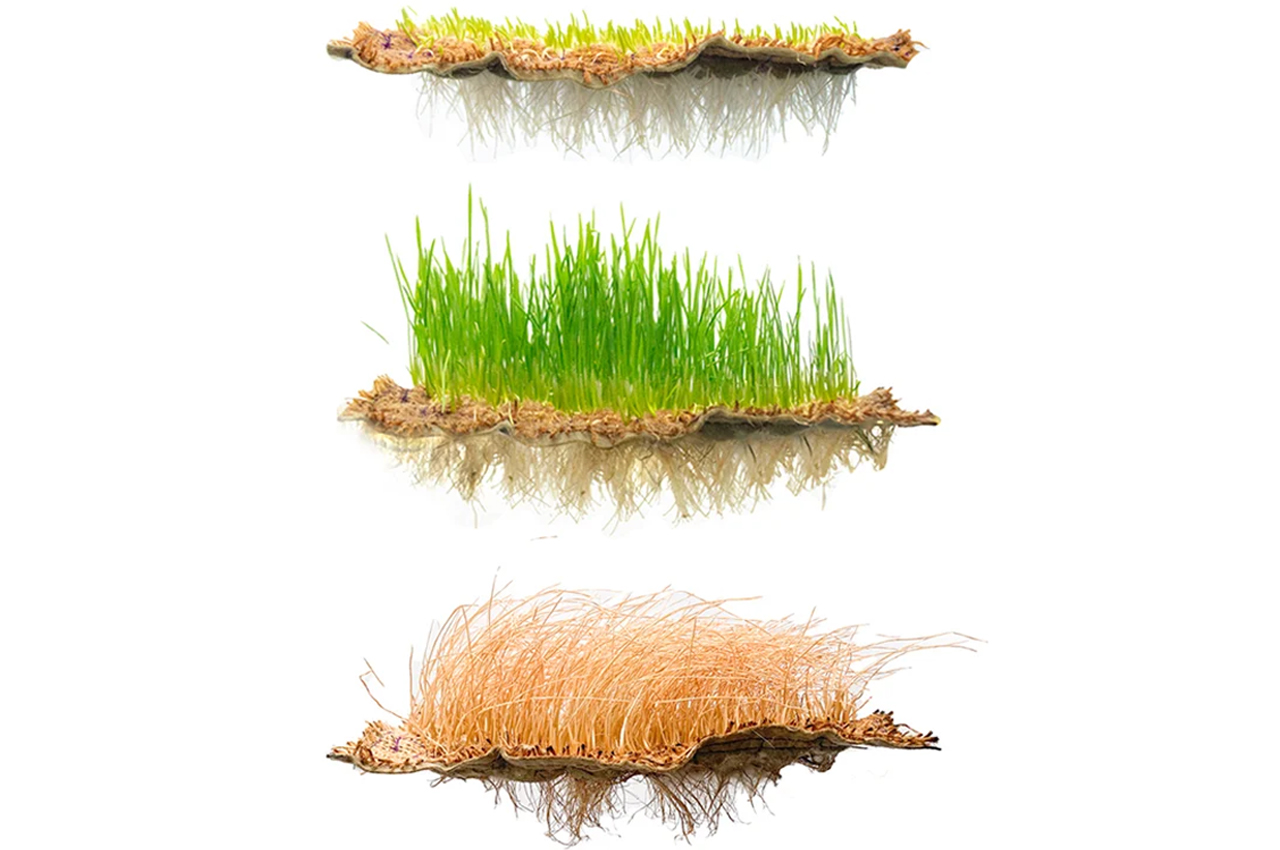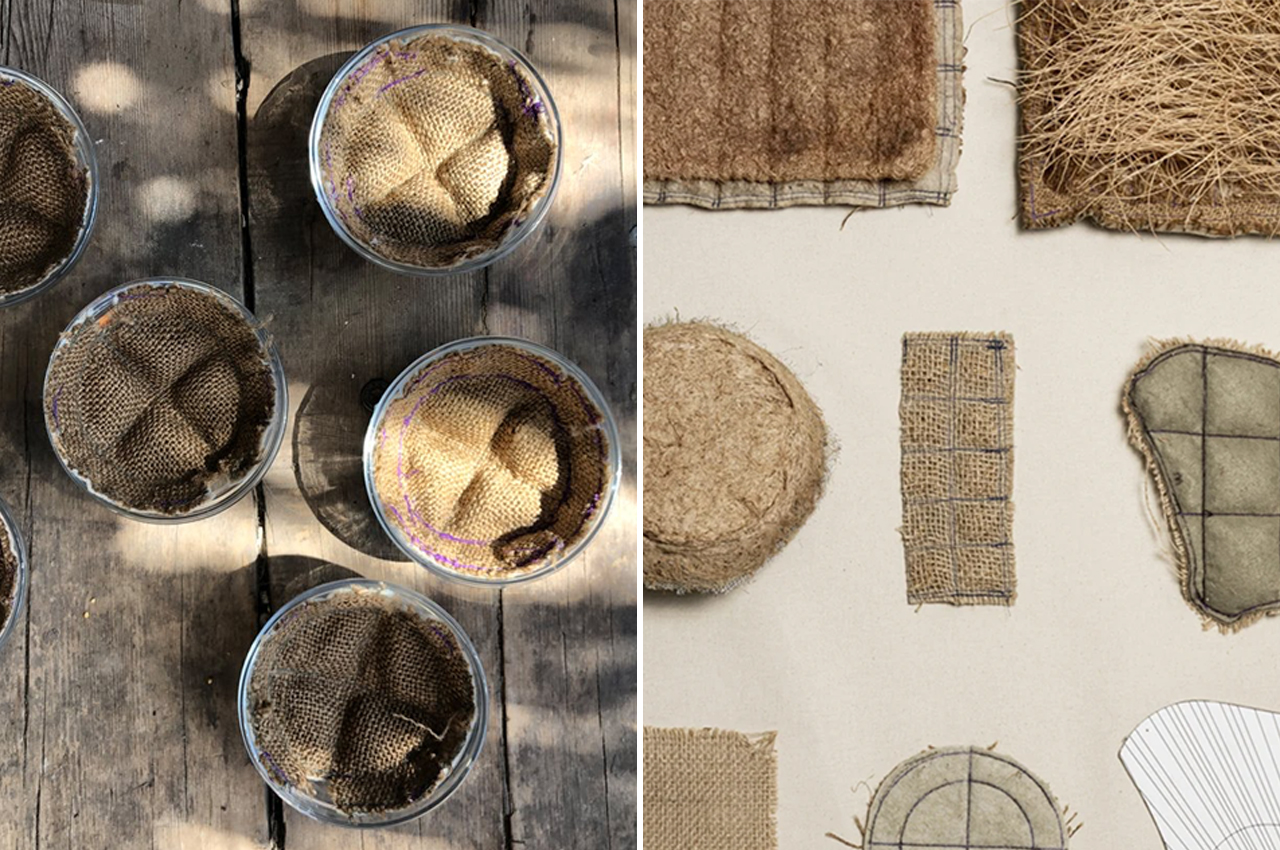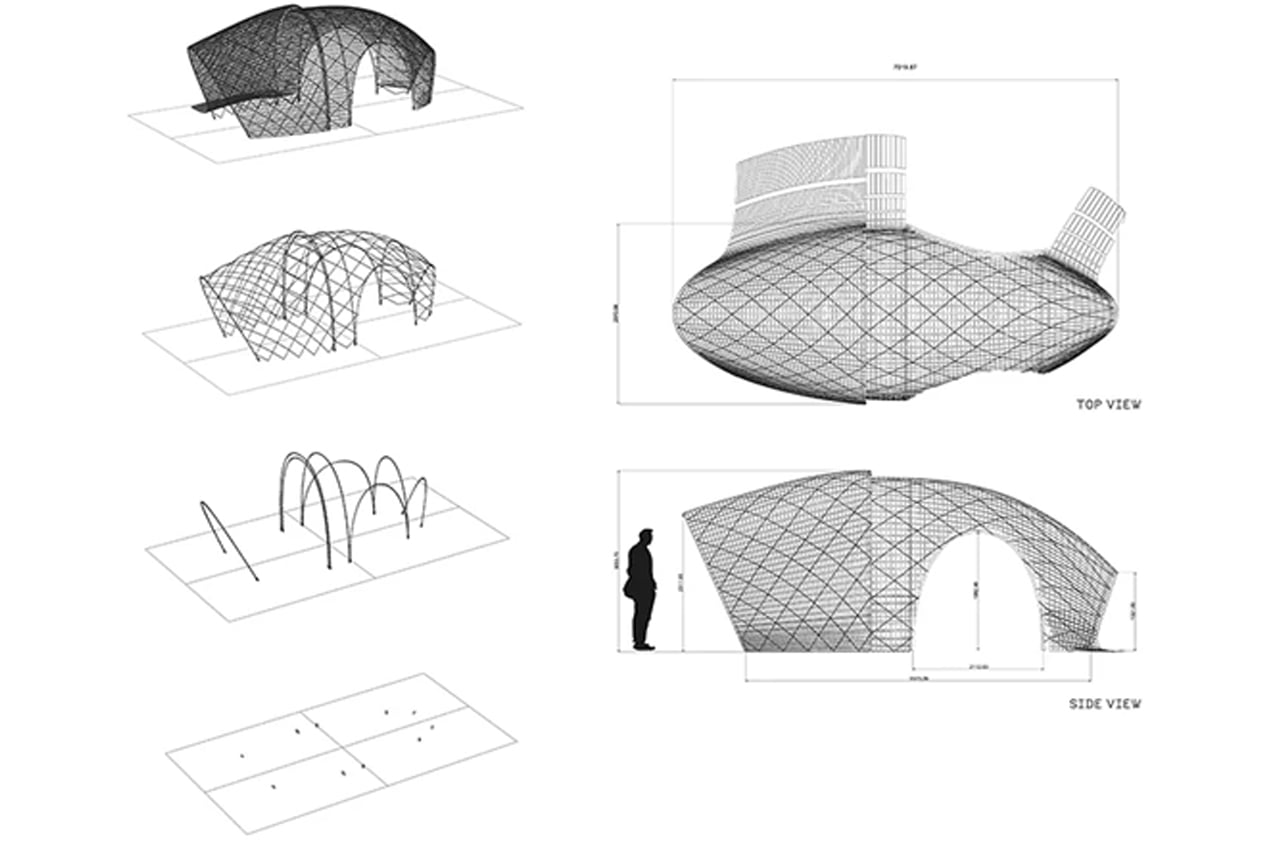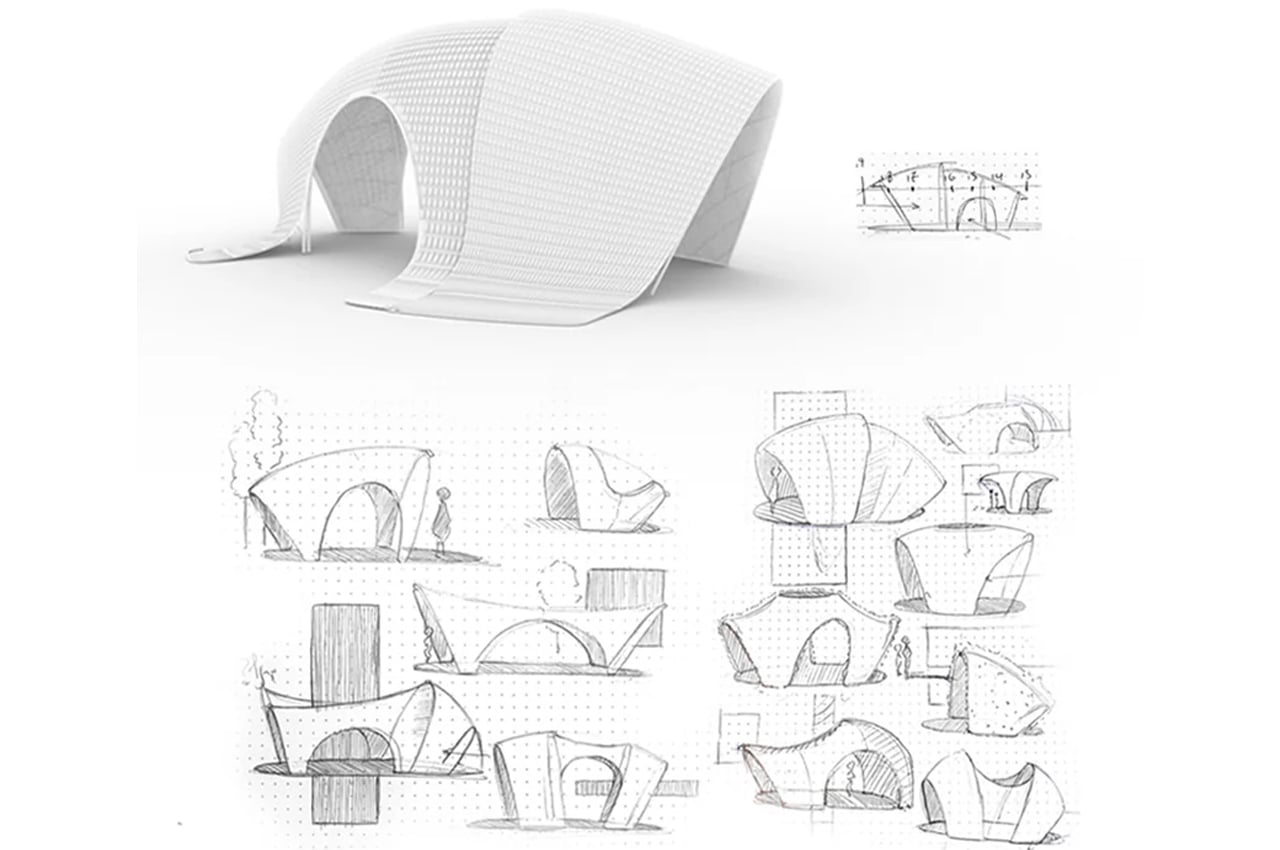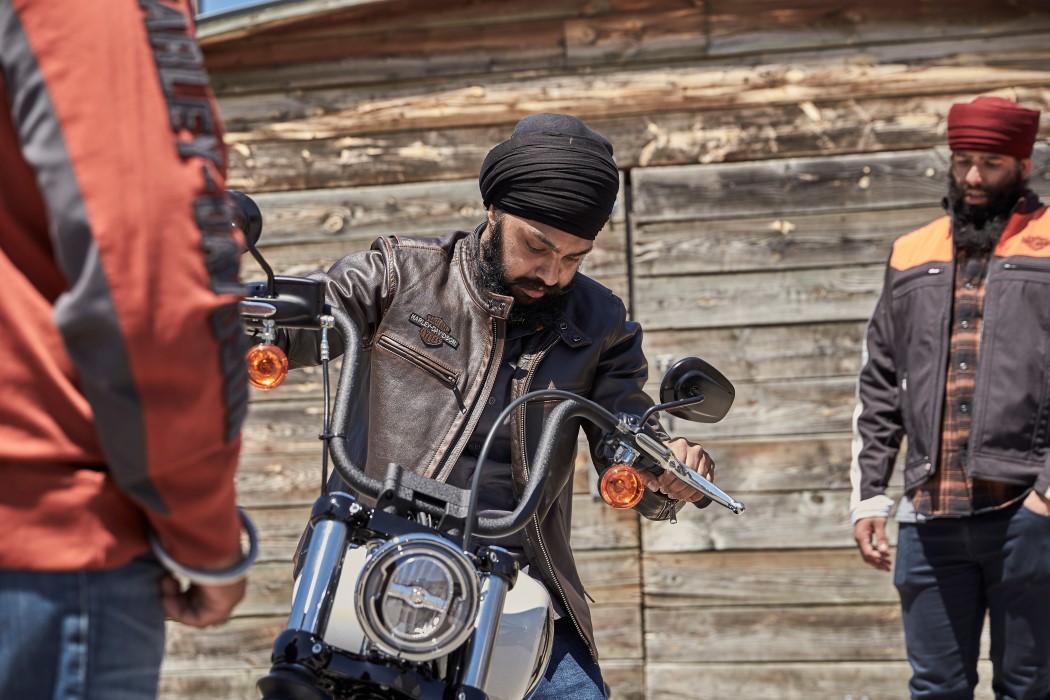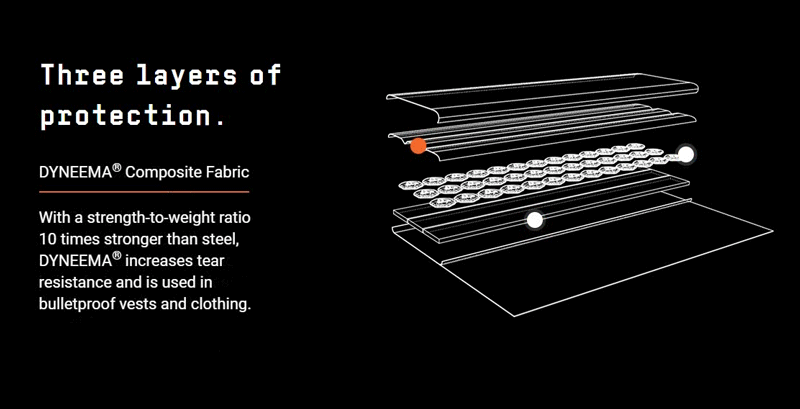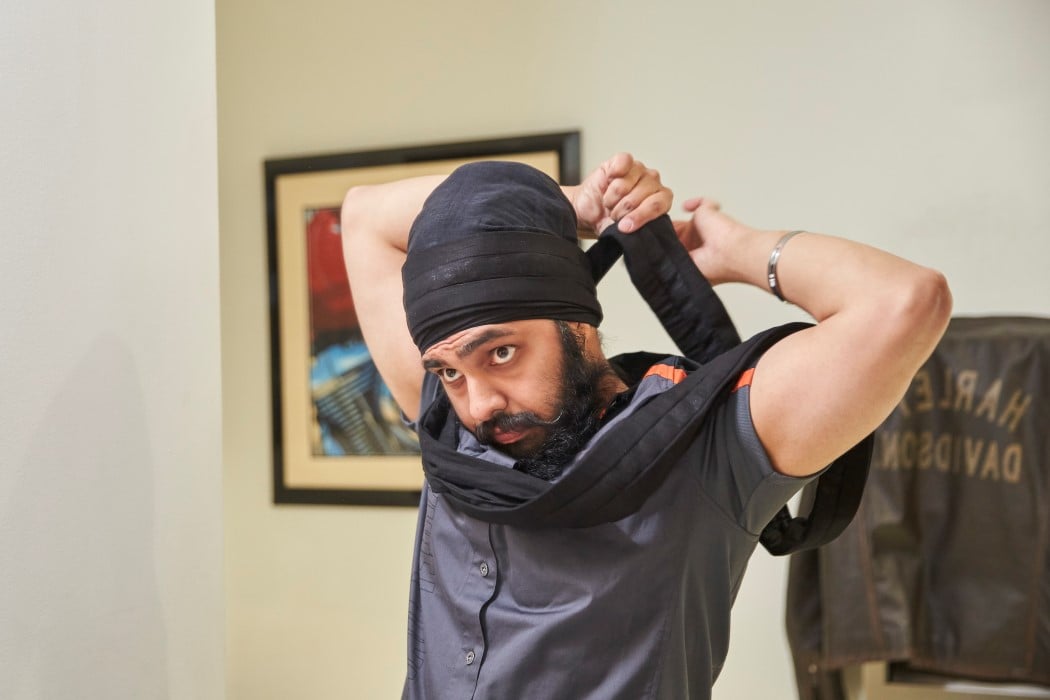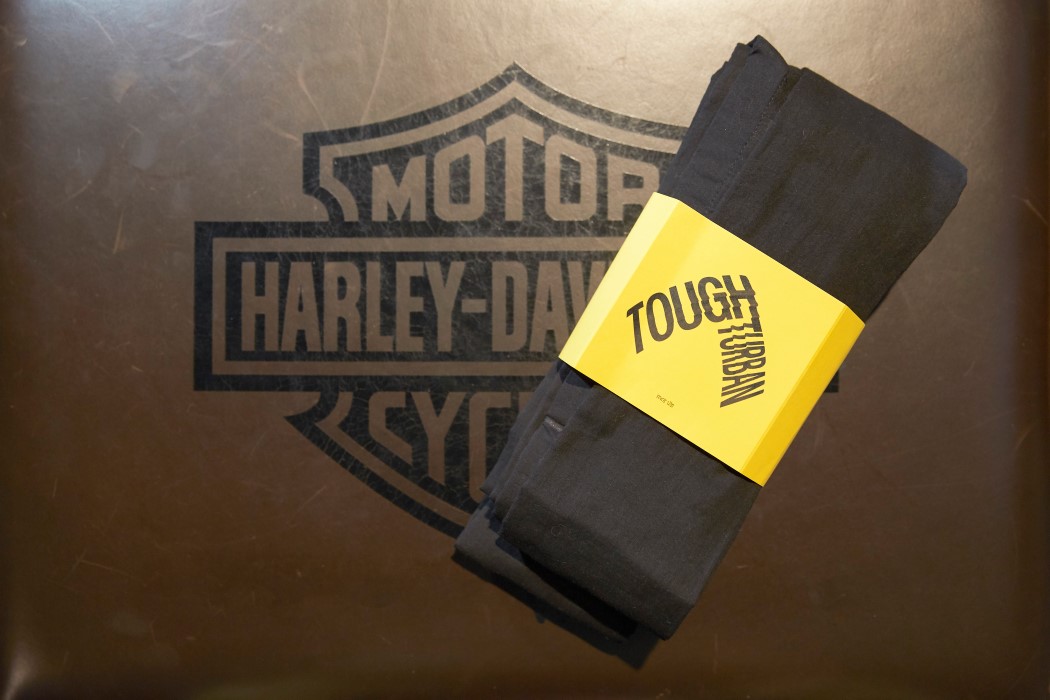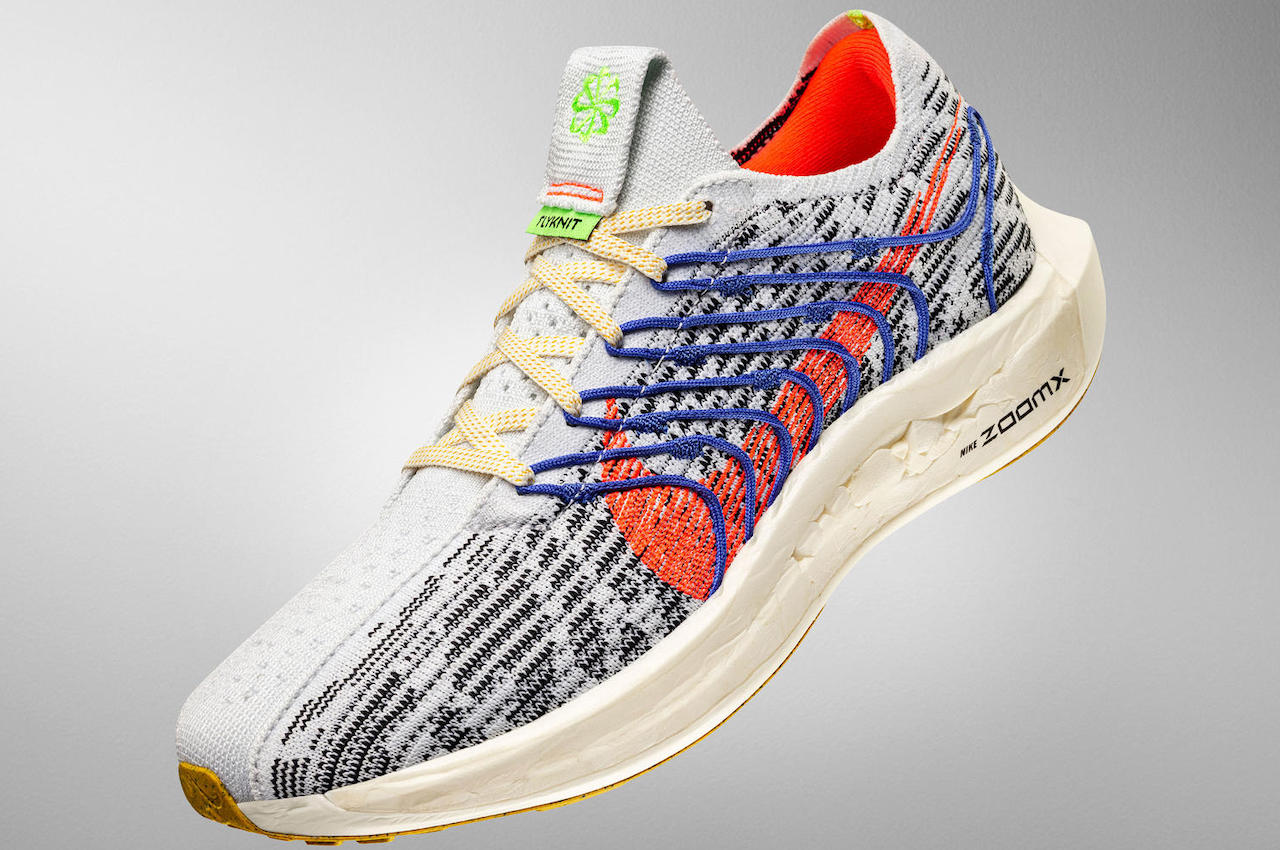
Nike’s Move to Zero mission is right on track. The top sports brand has several efforts to make it happen, and we believe more will be introduced.
When we say more, that means more environment-friendly products will be announced in the coming months and years. The latest is the Nike Pegasus Turbo Next Nature, a new pair of sneakers that use at least 50% of recycled material by weight. The pair also uses 100% recycled Flyknit yarns in the upper. The latter offers a more secure and comfortable fit for the wearer.
Designer: Nike
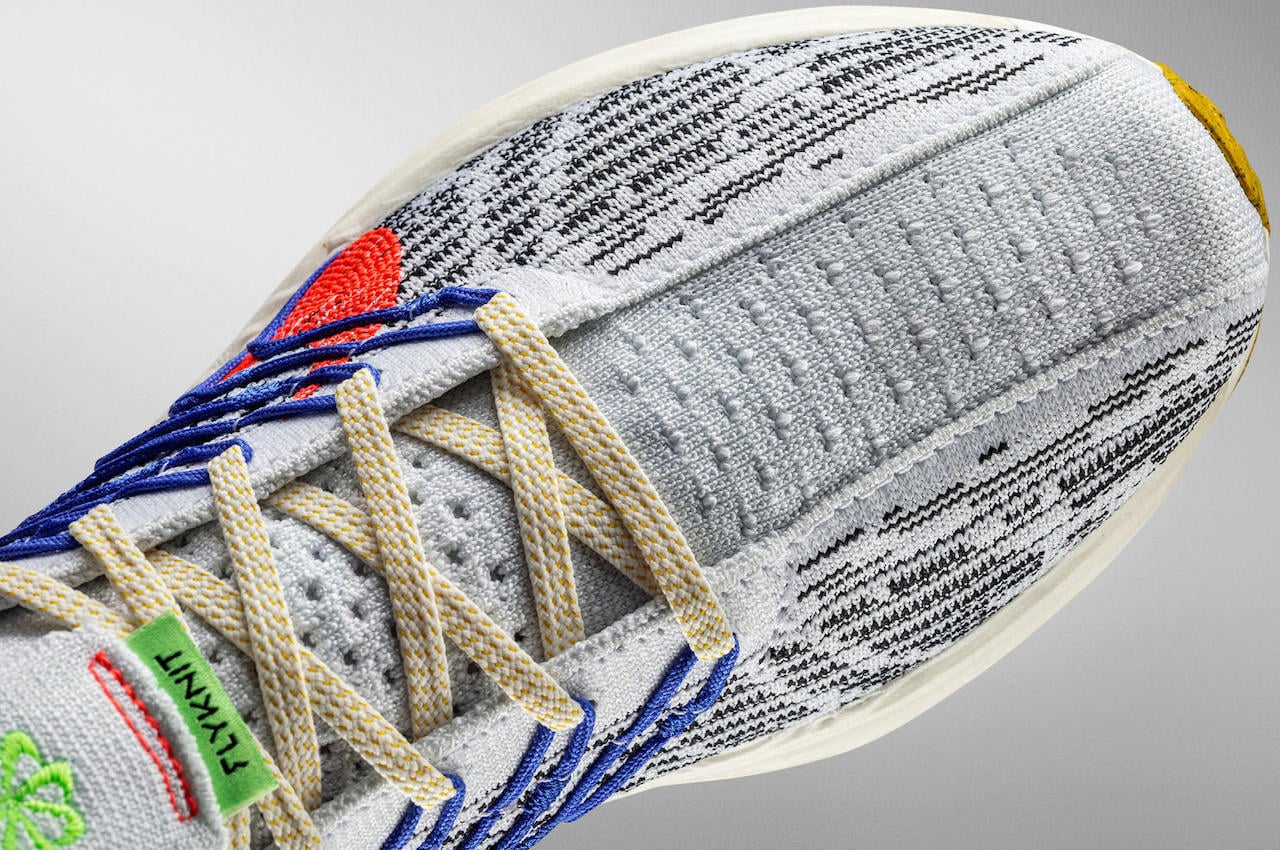
The Nike Pegasus Turbo Next Nature is more than just a “greener” option. The trainer is a versatile pair for the runners, offering absolute comfort with more foam underfoot. Furthermore, every pair is made more responsibly since the ZoomX foam is 55% recycled. In addition, this Nike foam boasts an 85% energy return, so this one makes top-notch running performance possible.
This pair follows the Air Zoom AlphaFly Next Nature. The company learned from its construction and release, making the new Peg Turbo Next Nature a better version. Nike has been working on new developments when it comes to performance footwear. What’s different is that the brand doesn’t just work on aesthetics and technology but also thinks about the planet.
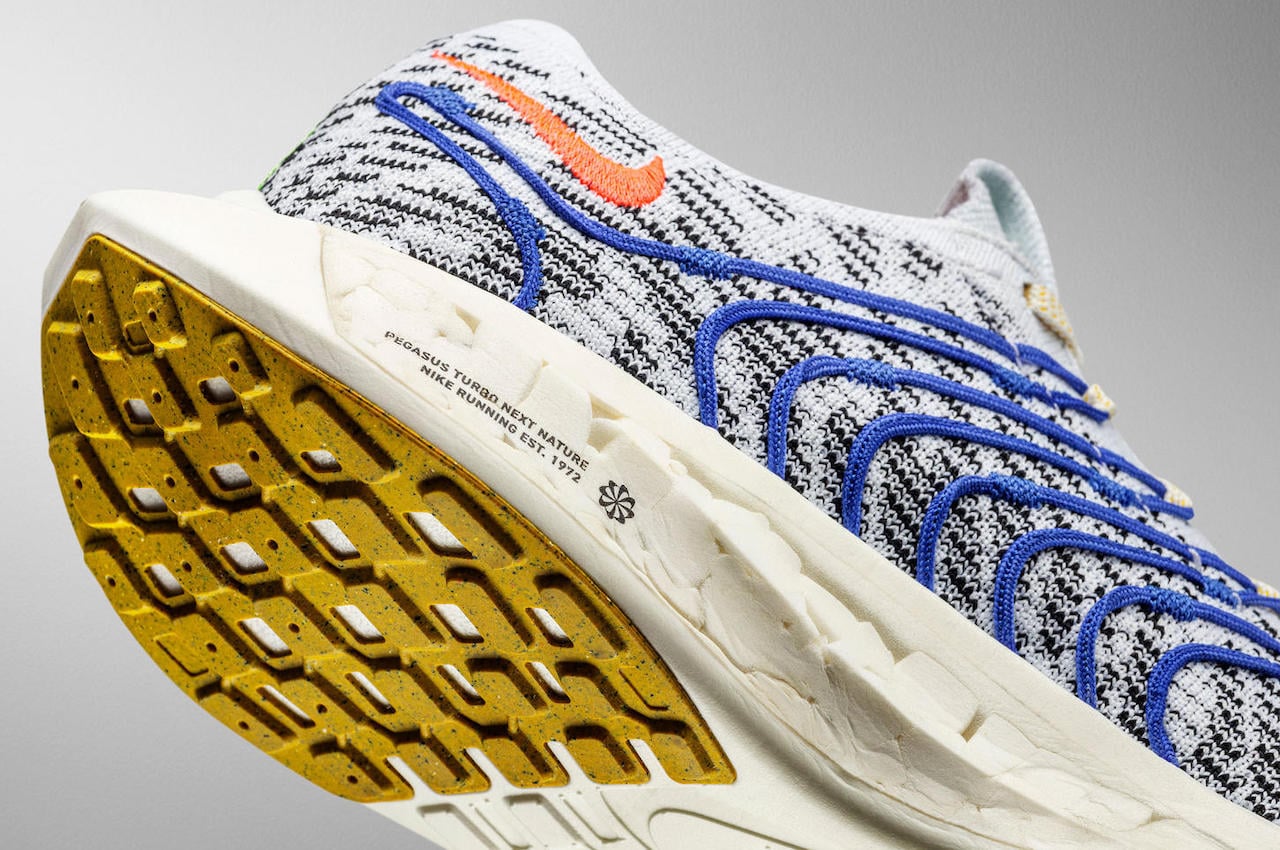
Nike’s early related efforts include the Nike Basketball’s Cosmic Unity and the Air Zoom AlphaFly Next Nature. The Nike Peg Turbo Next Nature is a new iteration of the Nike Zoom Pegasus Turbo from a few years ago. That pair employed an aerodynamic shape of the heel and a ZoomX foam in the midsole. This time, the Next Nature series is more eco-efficient as the materials are at least 55% ZoomX foam scrap and 50% recycled material by weight.
The 100% recycled Flyknit makes the pair lightweight and breathable. The yarn used has been dyed with a special solution in a process that saves about 70 liters of water. That is a lot of water already for every kilo of yarn made.
The Nike Running line has been around for something. The Peg Turbo from 2018 was also a follow-up to the Nike Zoom Vaporfly 4%. Every new model is an improvement from the previous pair, so we can expect the Nike Peg Turbo Next Nature’s performance will exceed our expectations.
The innovative technology and ultimate performance can be achieved, but the materials used are better and different now. Recycled materials can possibly deliver the same performance, making the new pairs “greener.” At one point, Nike left out the carbon fiber plate from the midsole but retained the ZoomX foam.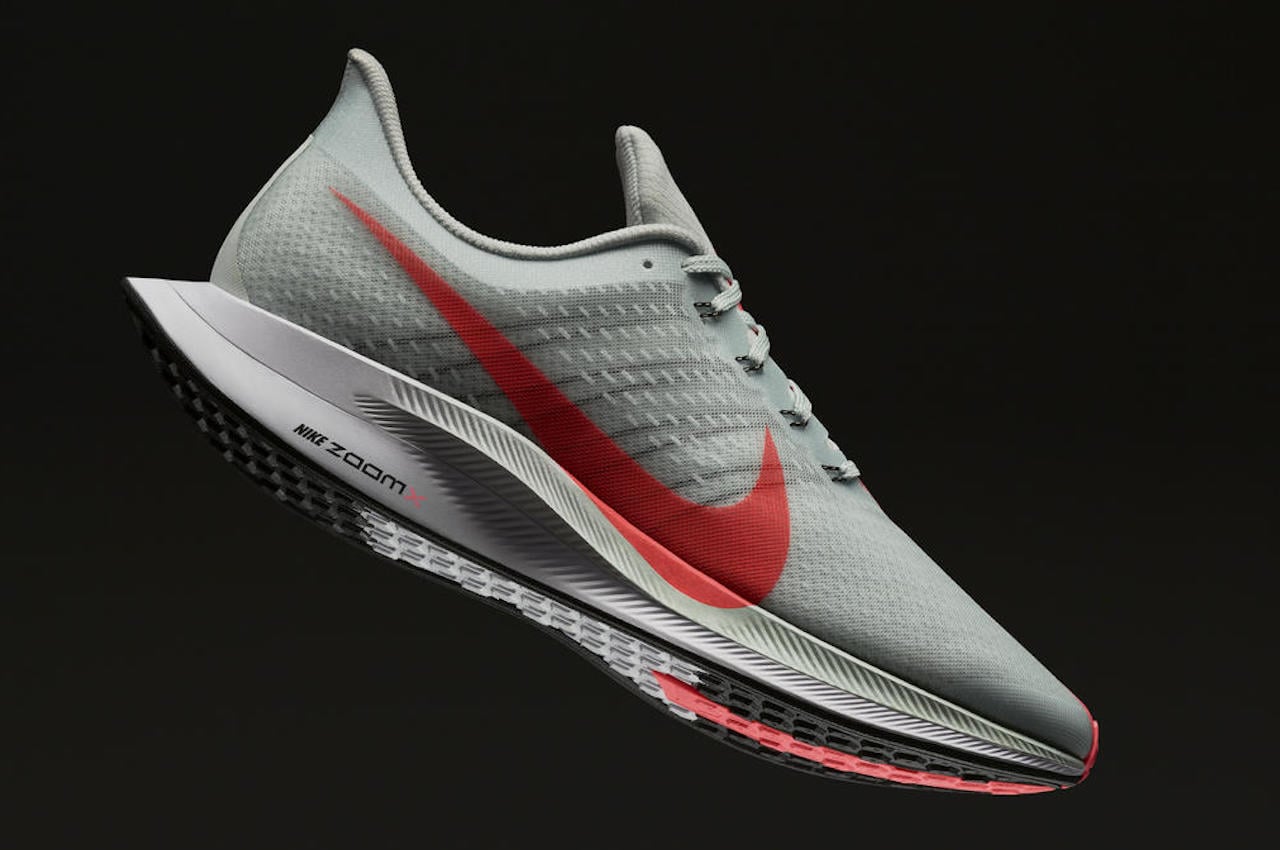
Nike saw that the Air Zoom AlphaFly Next Nature with its recycled materials could be a success. So it’s making a follow-up in the form of the Nike Pegasus Turbo Next Nature. The new racing shoes combine Nike’s previous achievements in the Flyknit technology and ZoomX foam. However, this time around, the materials are mostly recycled. We also remember the Nike Atsuma with its reduced material waste and inverse design.
The new Nike Peg Turbo Next Nature boasts a similar silhouette to the pair released in 2019. More recycled materials are evident in the Swoosh embroidery. Even the midfoot cable system, the lining, and the laces are recycled.
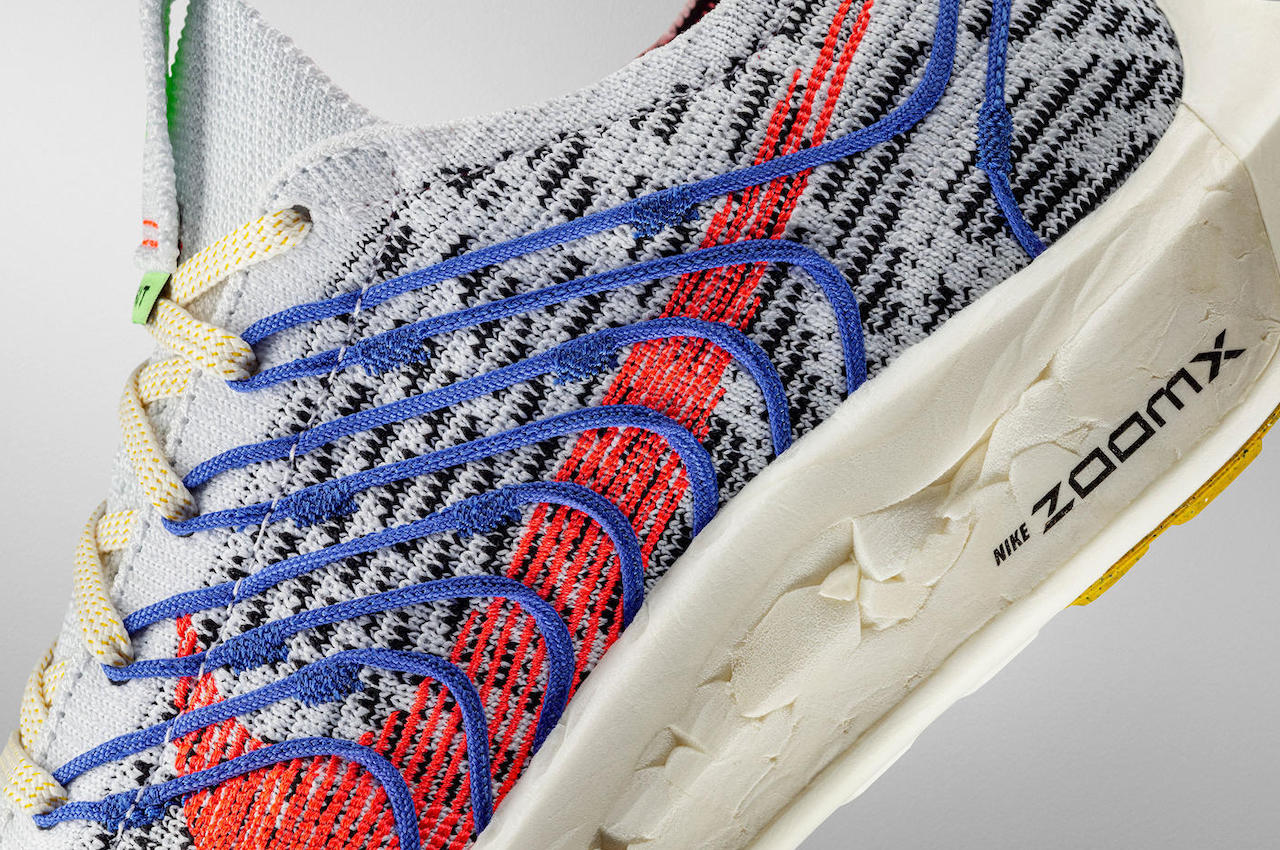
The Flyknit upper with Flyknit Excess Yarn is now a signature Nike feature. The digitally woven fabric is a product of a closed-loop process. The scrap yarn is then remixed with recycled water bottle chips. The result is a yarn material with 30% excess yarn and 70% post-consumer recycled polyester. It is lightweight and strong, giving ease and comfort to the user. If you are familiar with the Pegasus Turbo Stripe, it’s also applied to the new Nike Peg Turbo Next Nature.
Nike is all about sustainability, and we doubt it will ever revert to its old ways. The Nike Peg Turbo Next Nature is a perfect example of sustainability in shoe design and performance. We believe the future of sports is “green,” thanks to all the sustainable efforts and methods we’ve been learning about.
Nike’s sustainable efforts are aplenty, starting with the apparel and footwear introduced earlier this year. It has taken center stage in 2022 Move to Zero collection. Expect related products and collections will be introduced as Nike commits to becoming more caring and mindful of the planet.
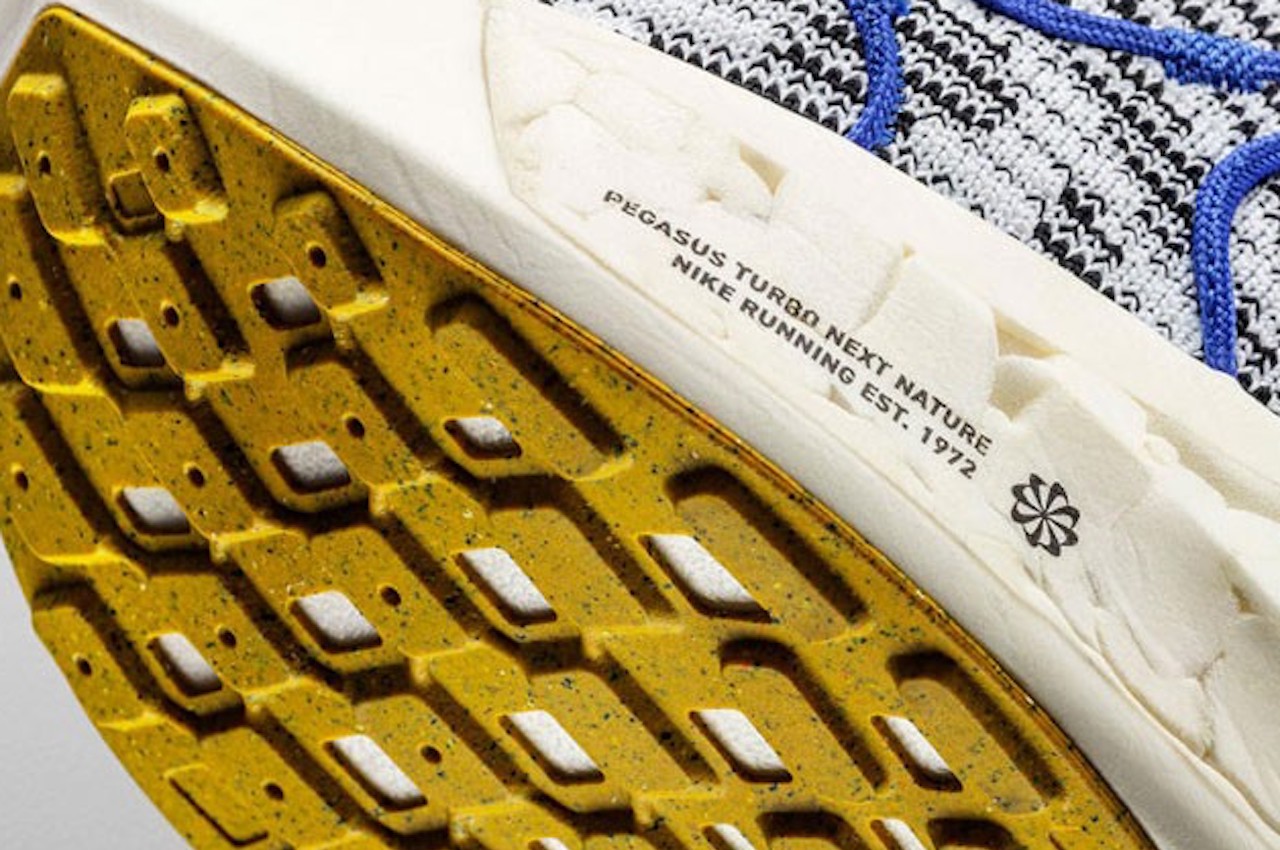
The post Nike Pegasus Turbo Next Nature uses at least 50 percent recycled material first appeared on Yanko Design.
